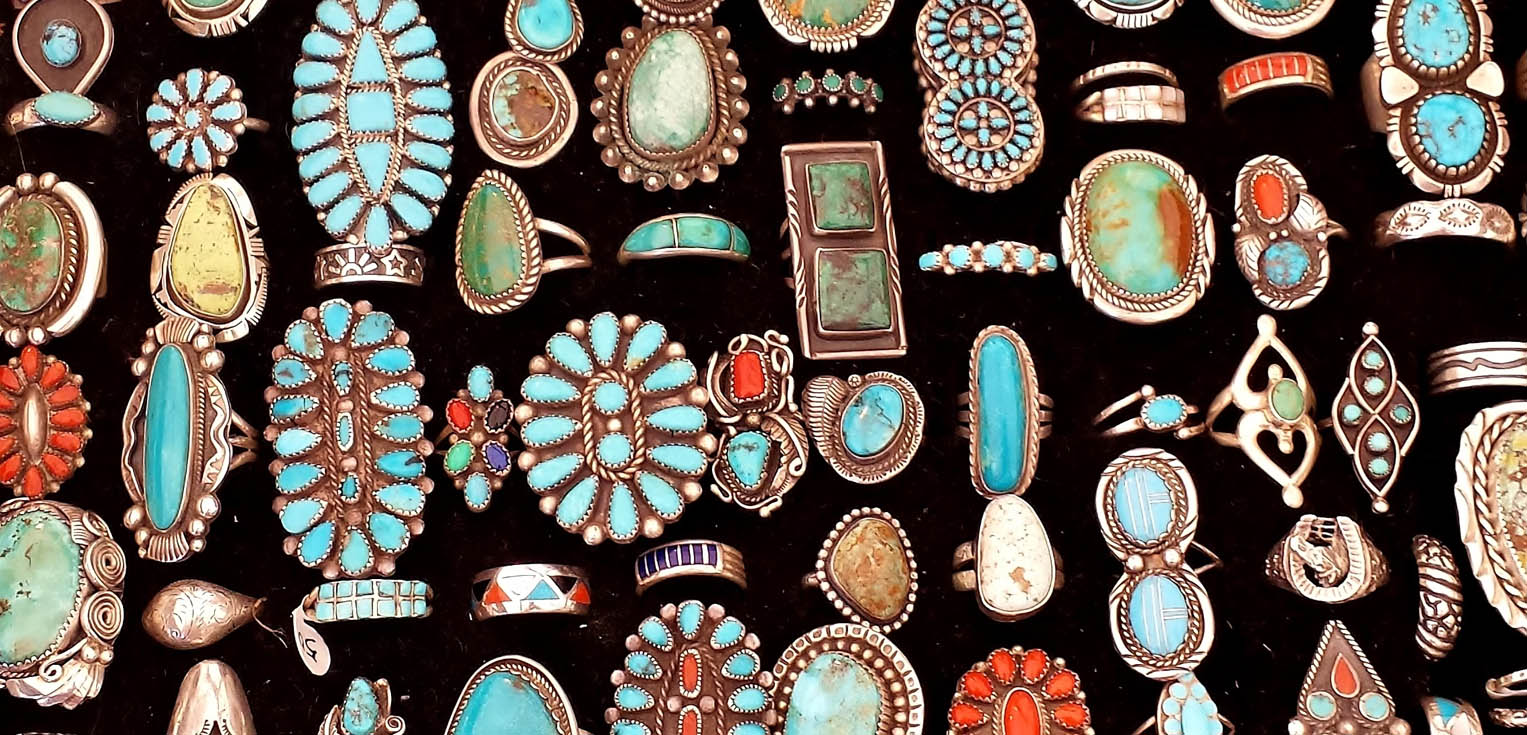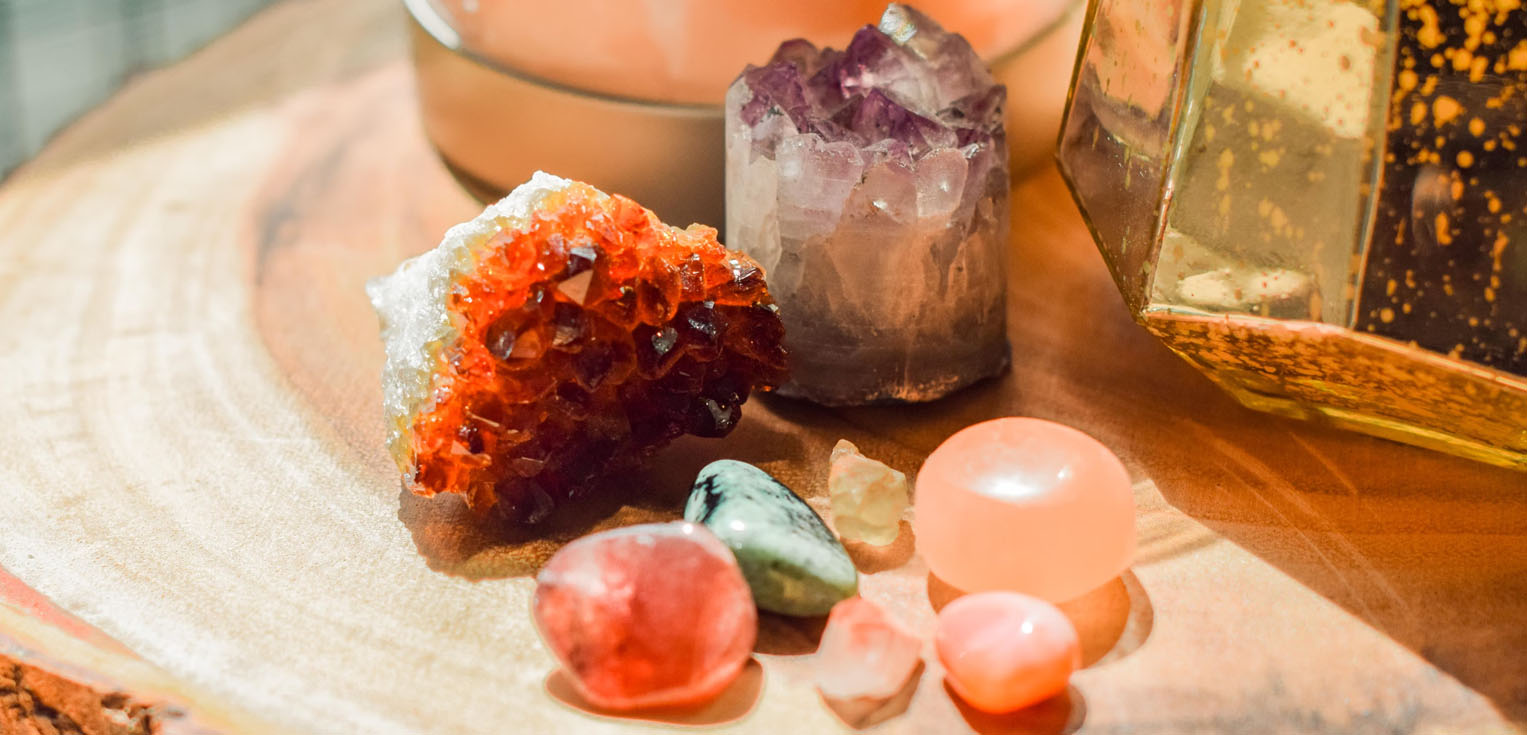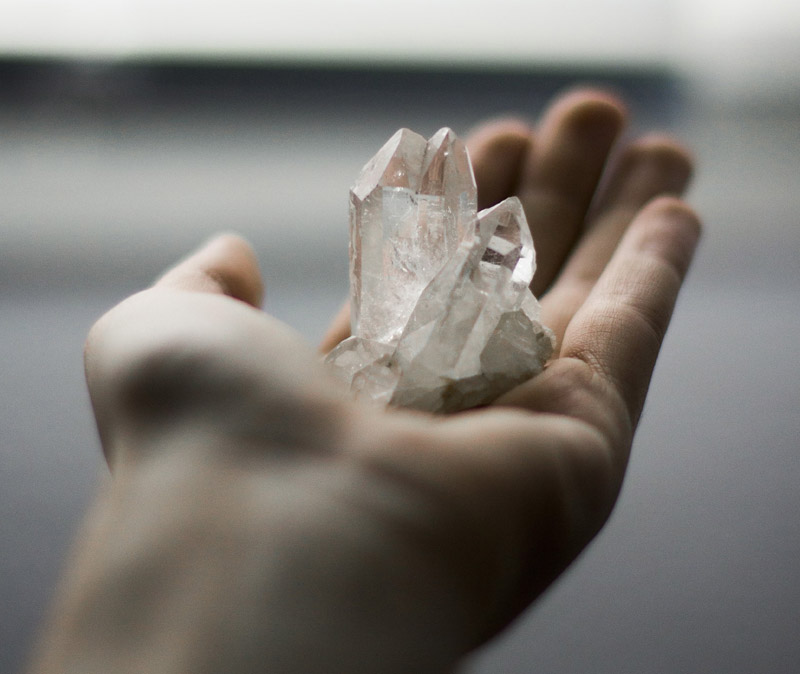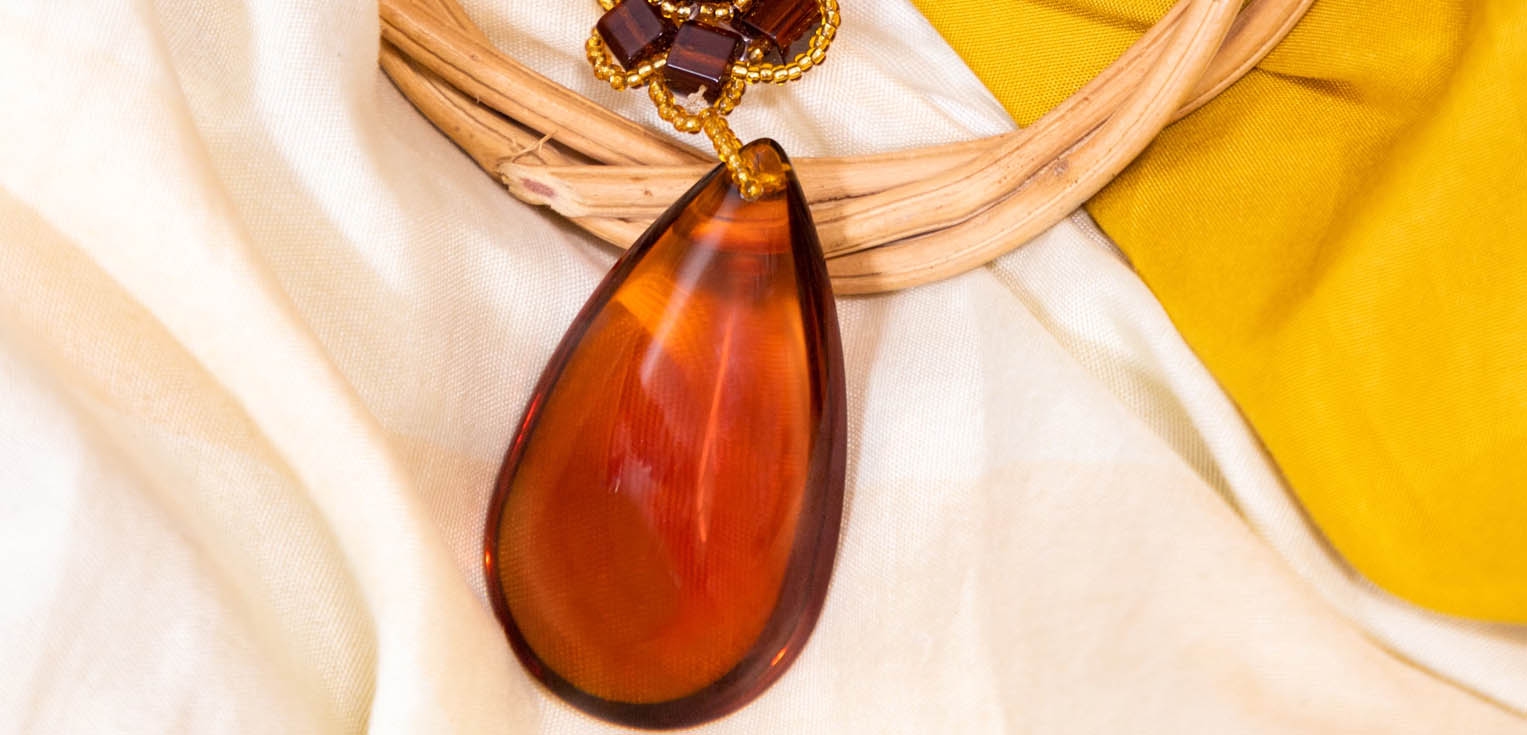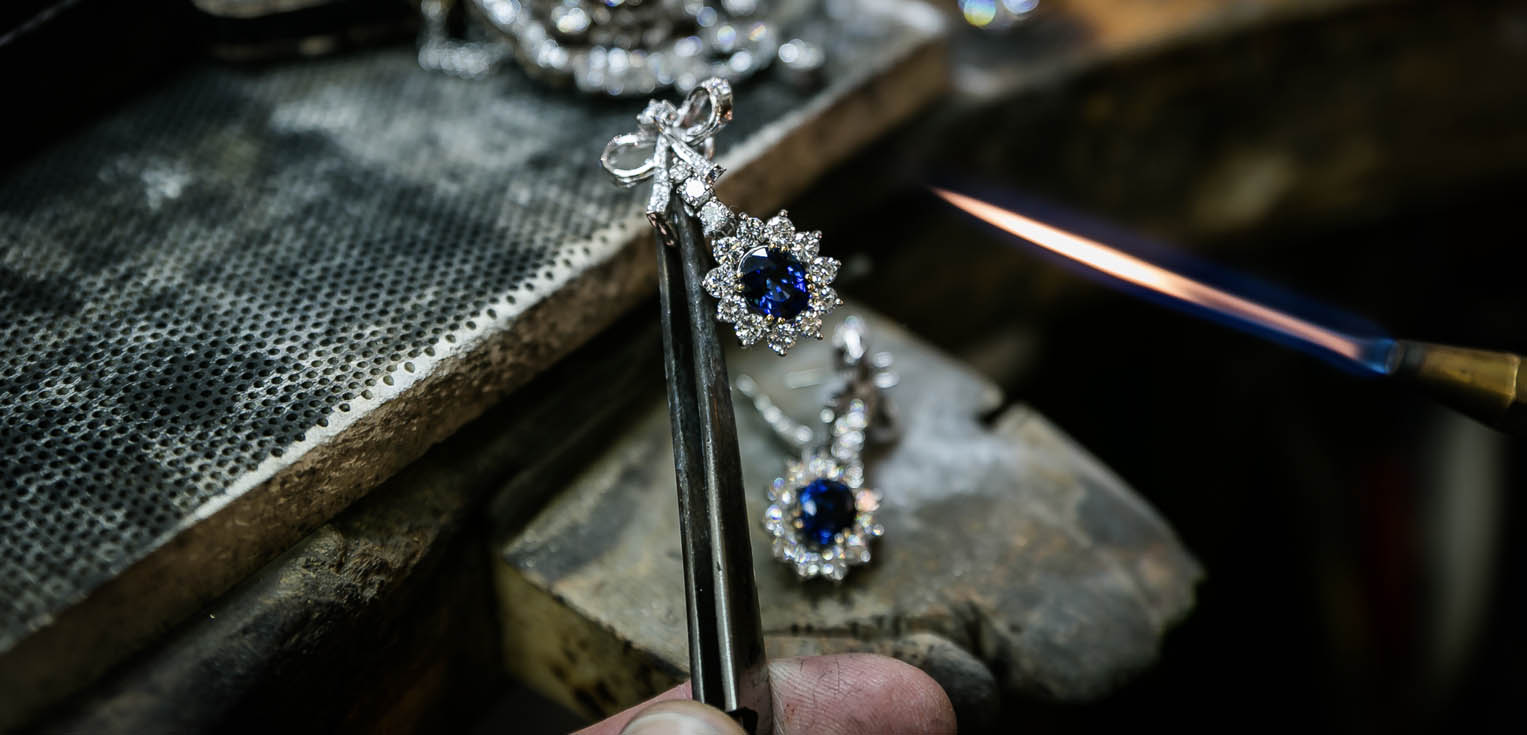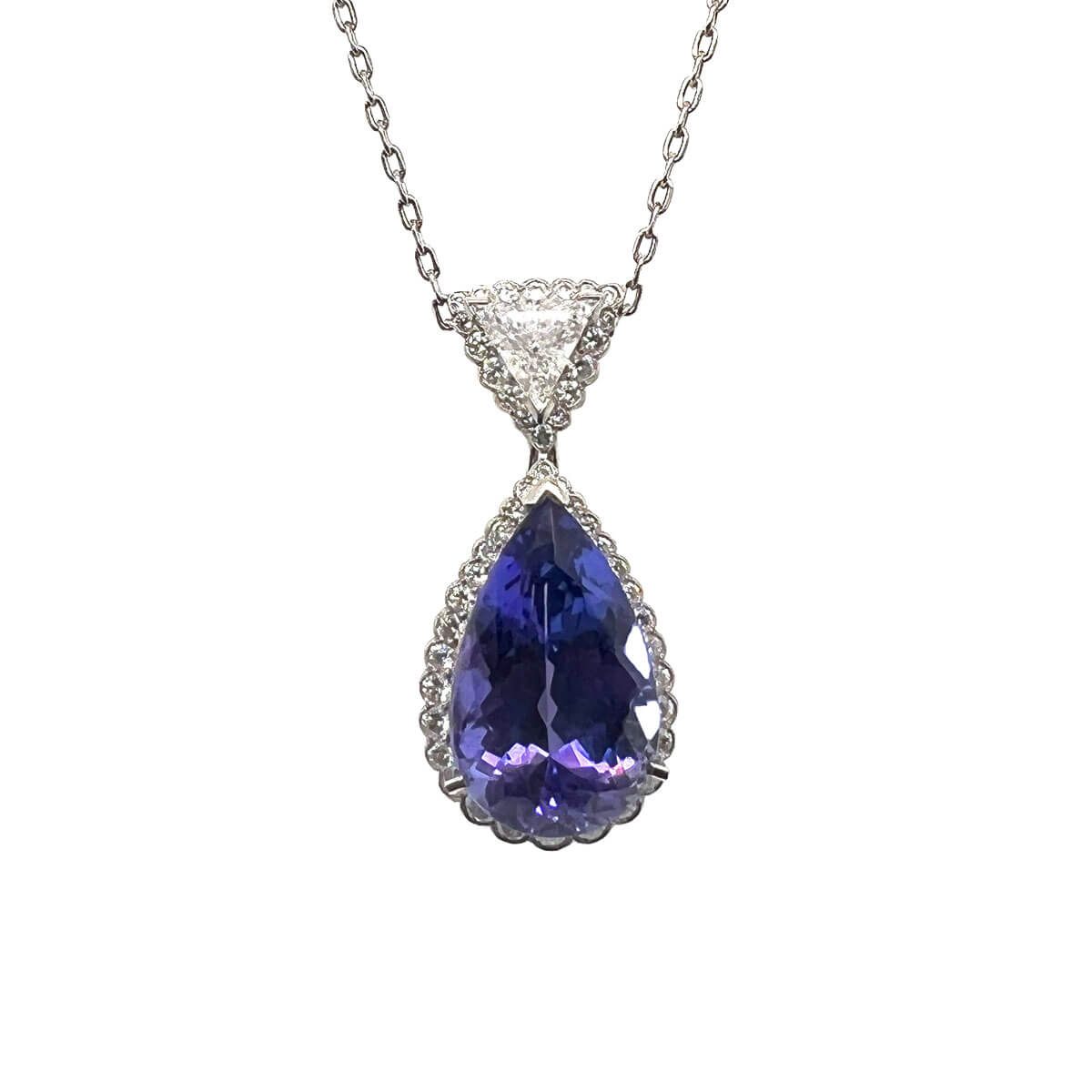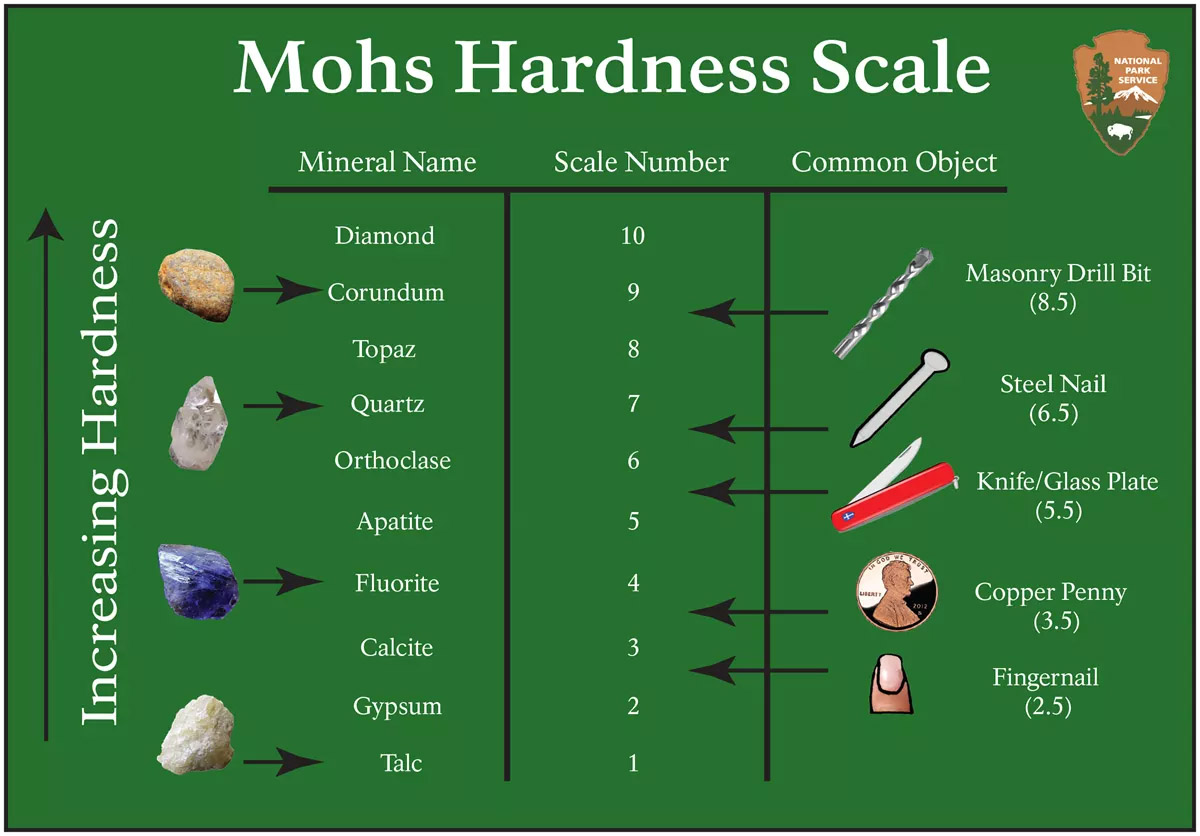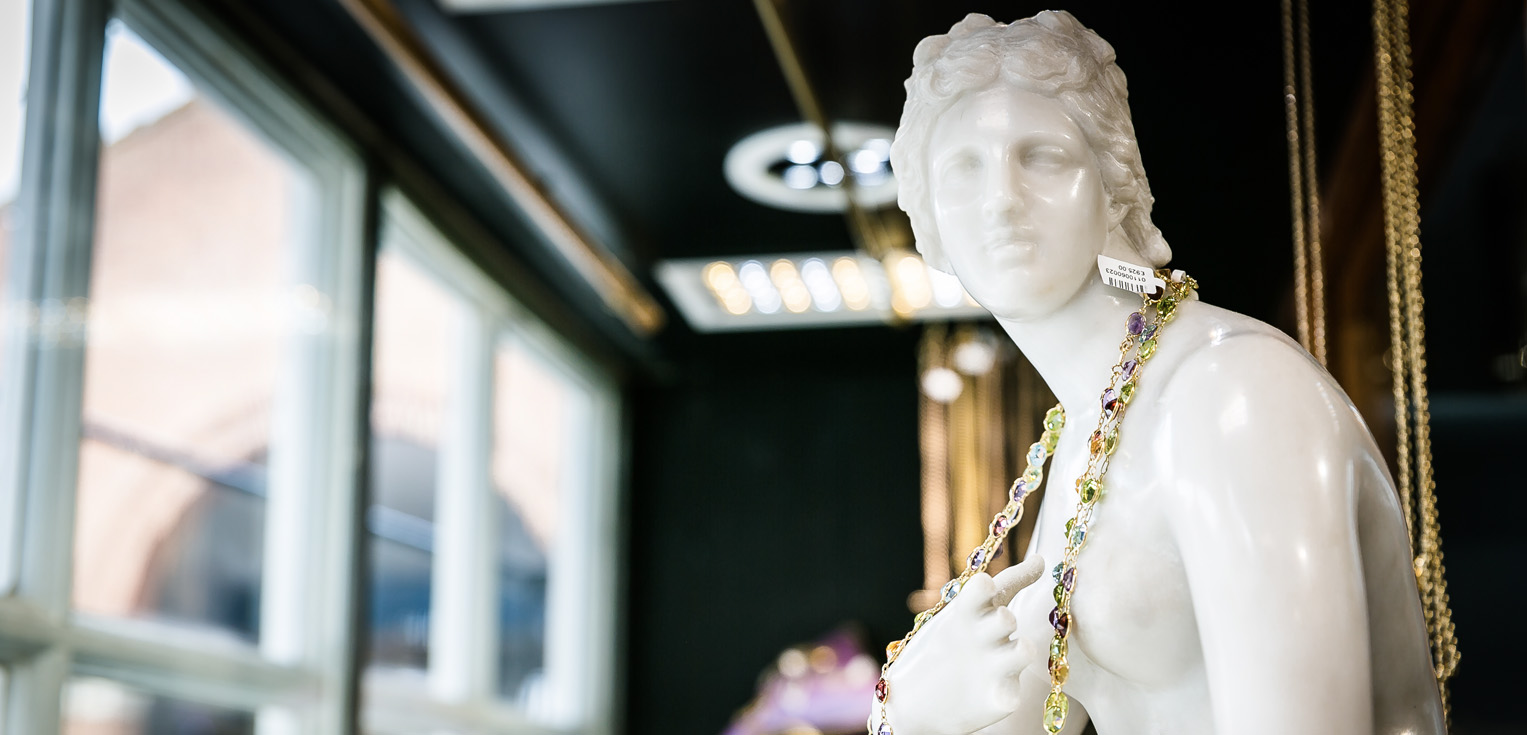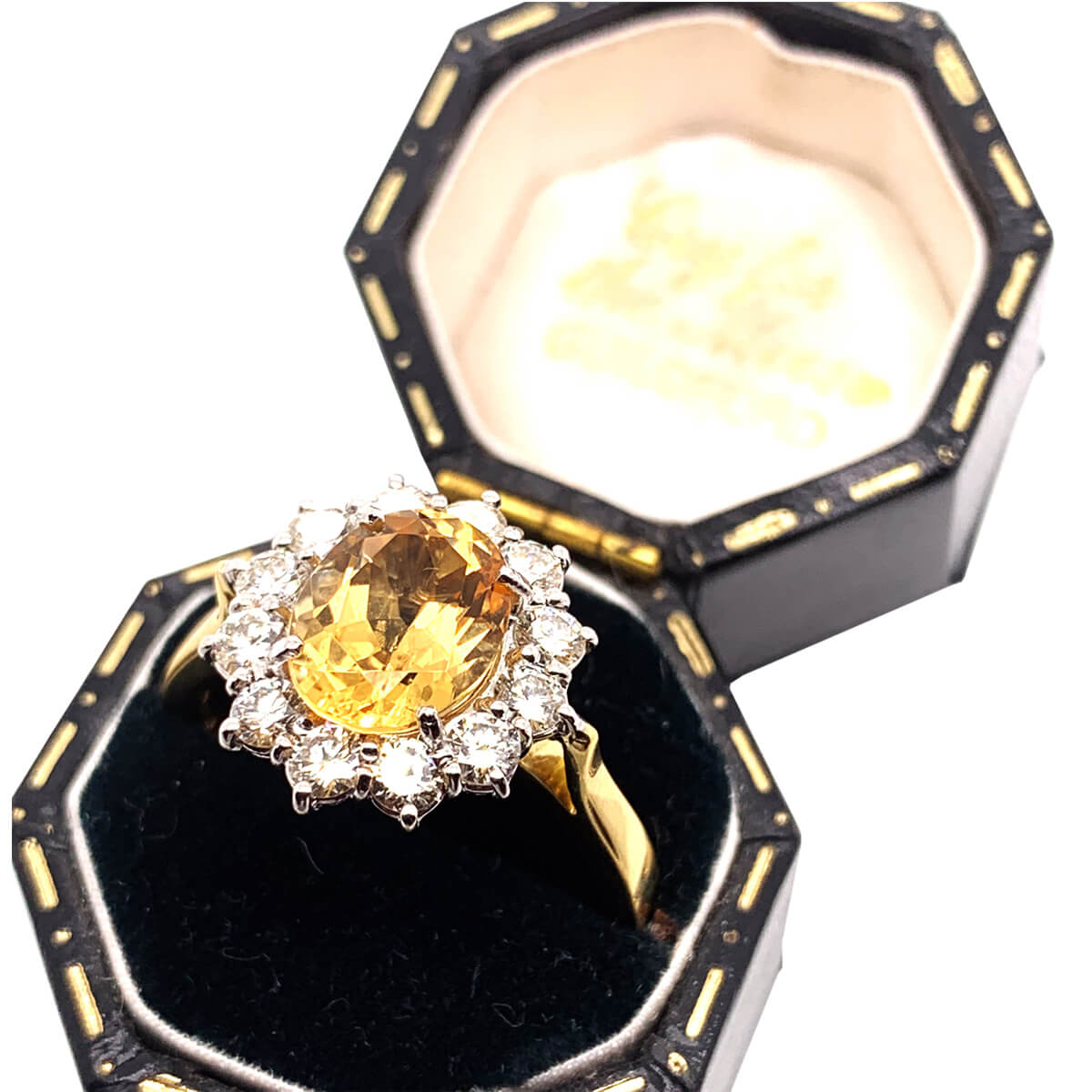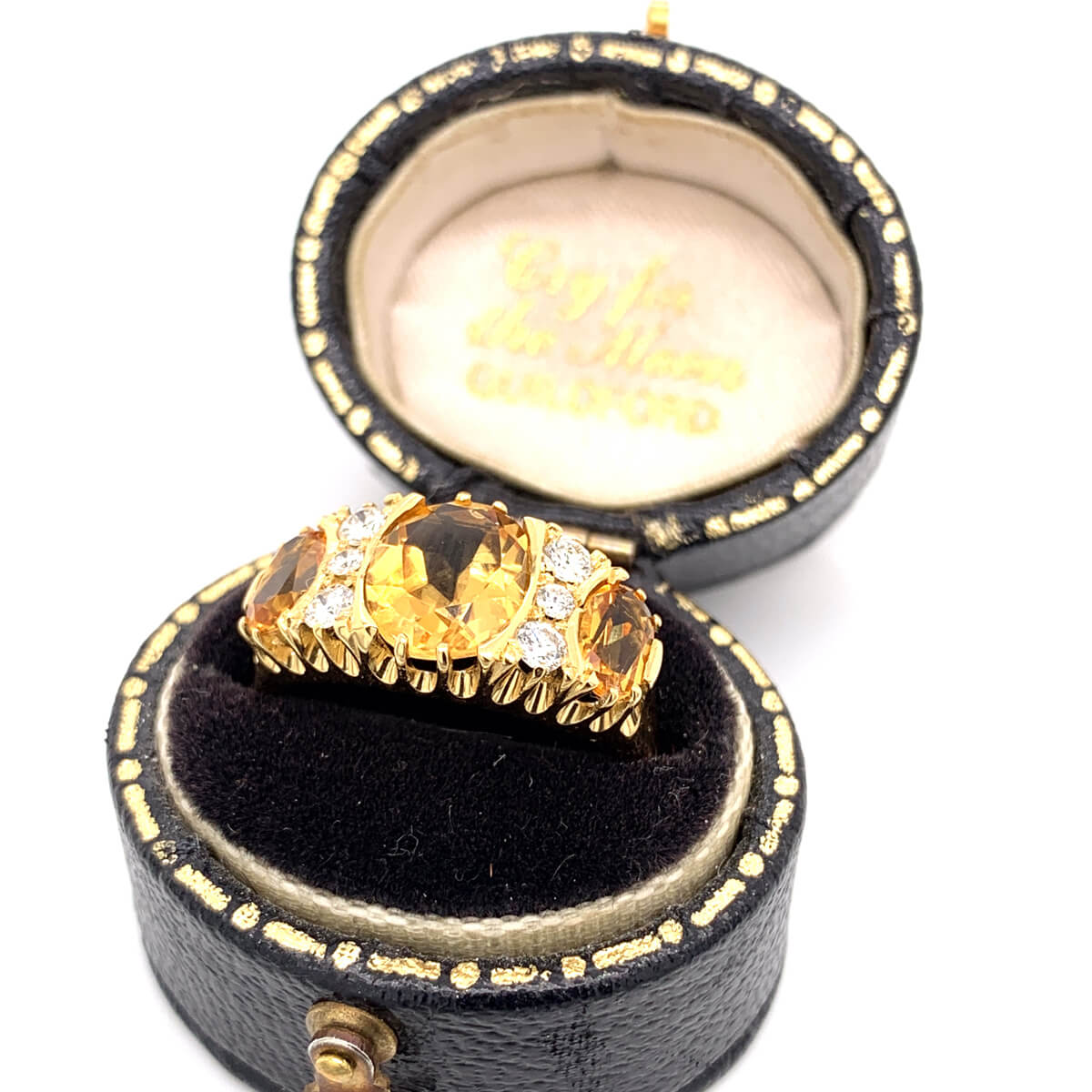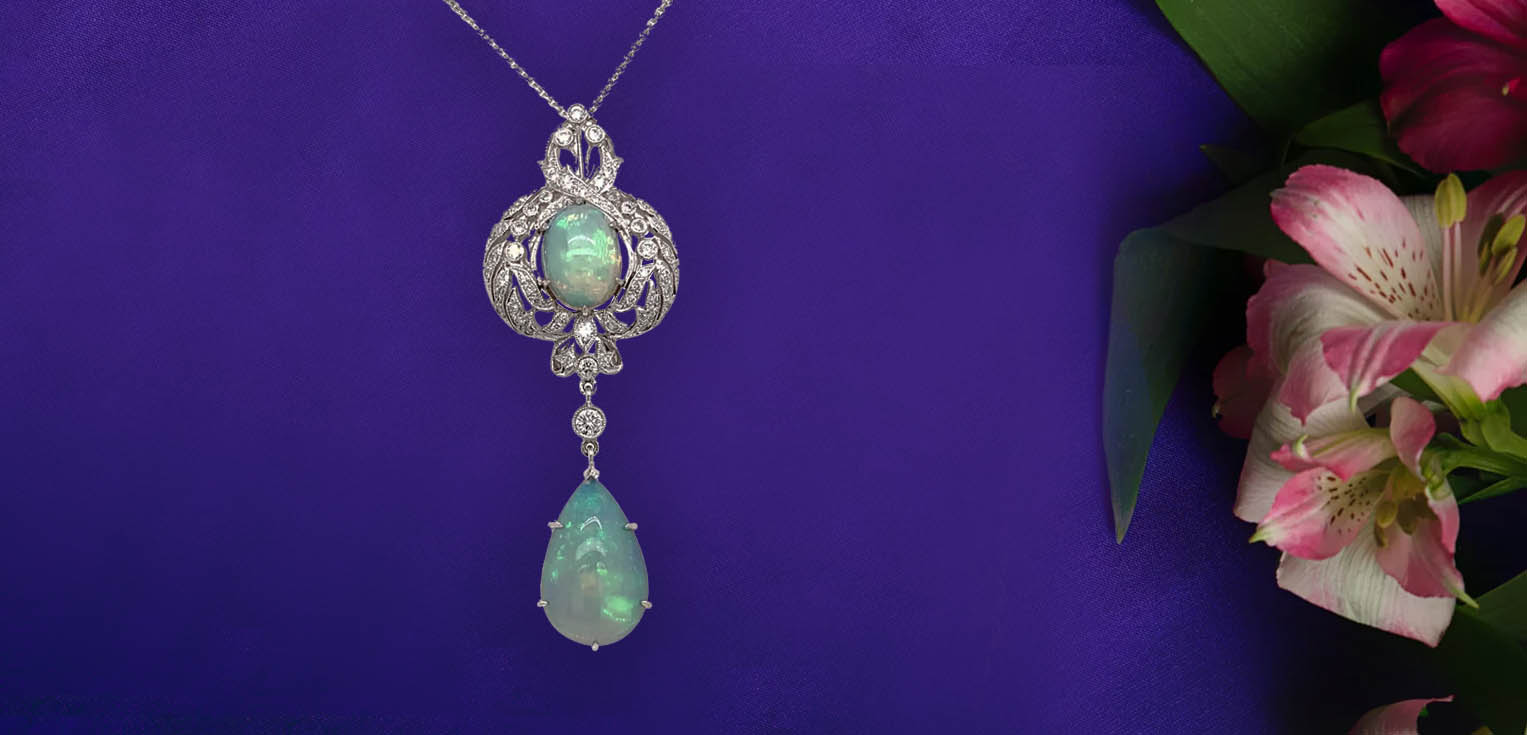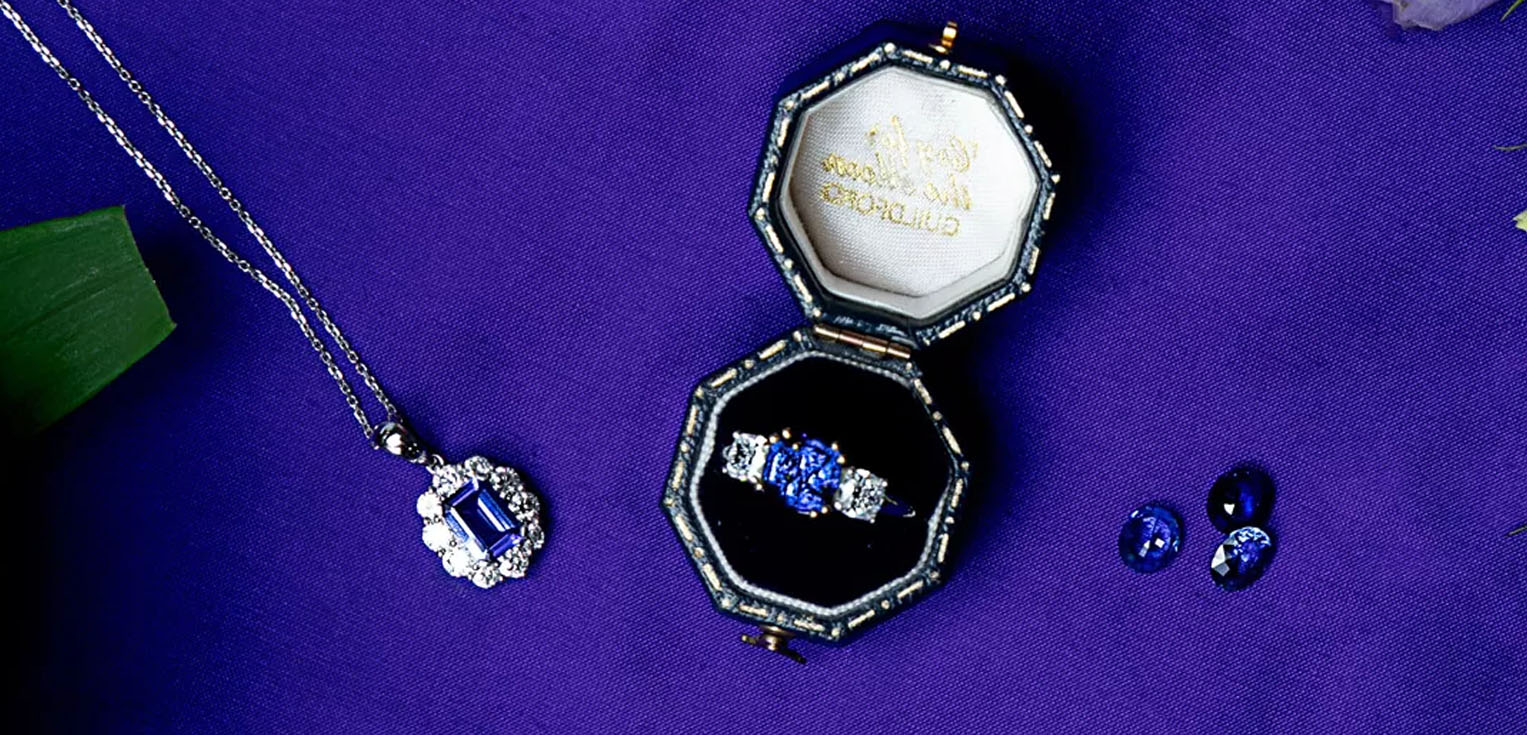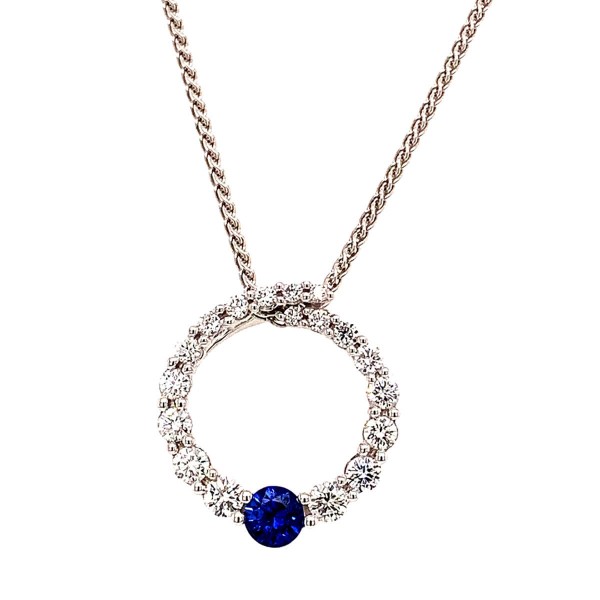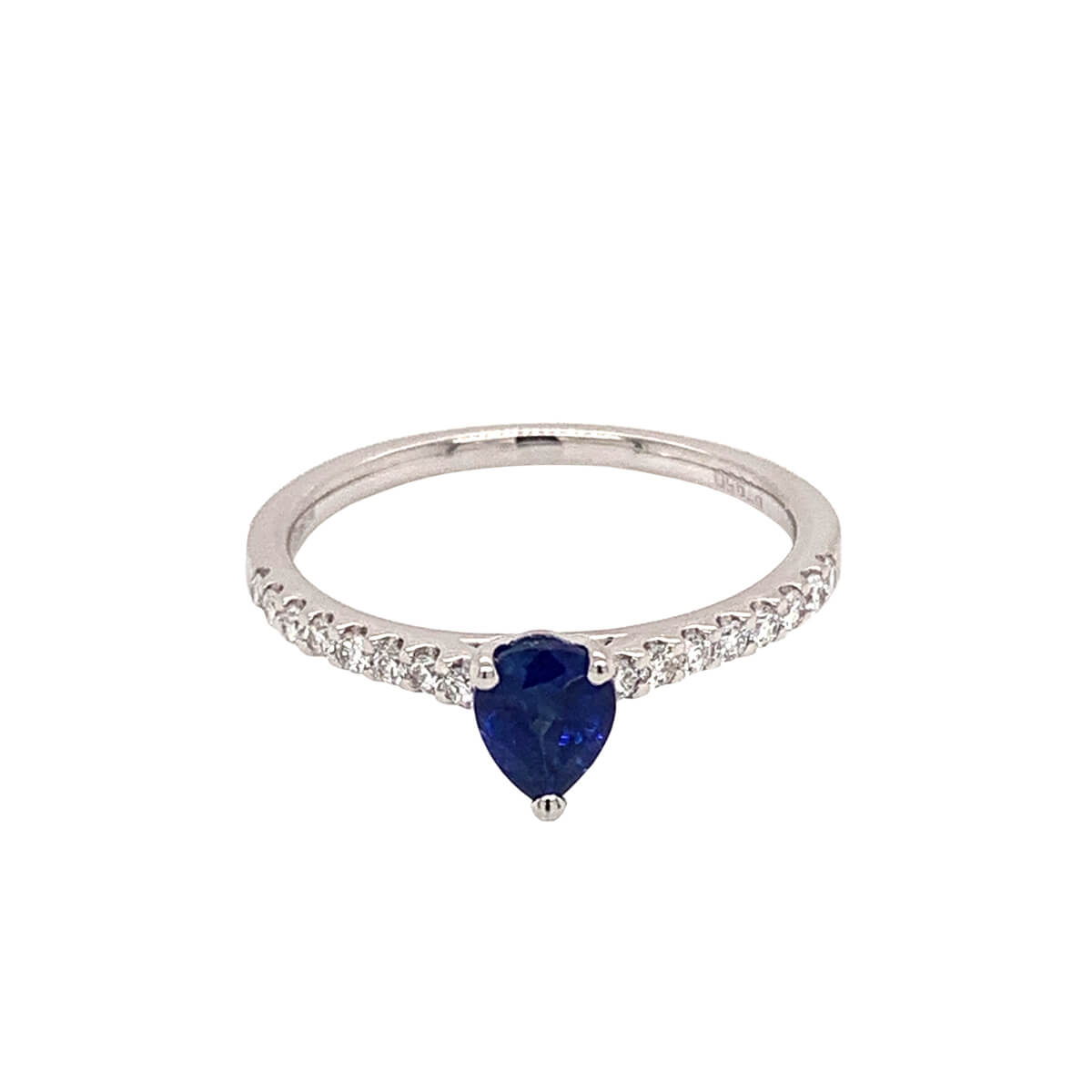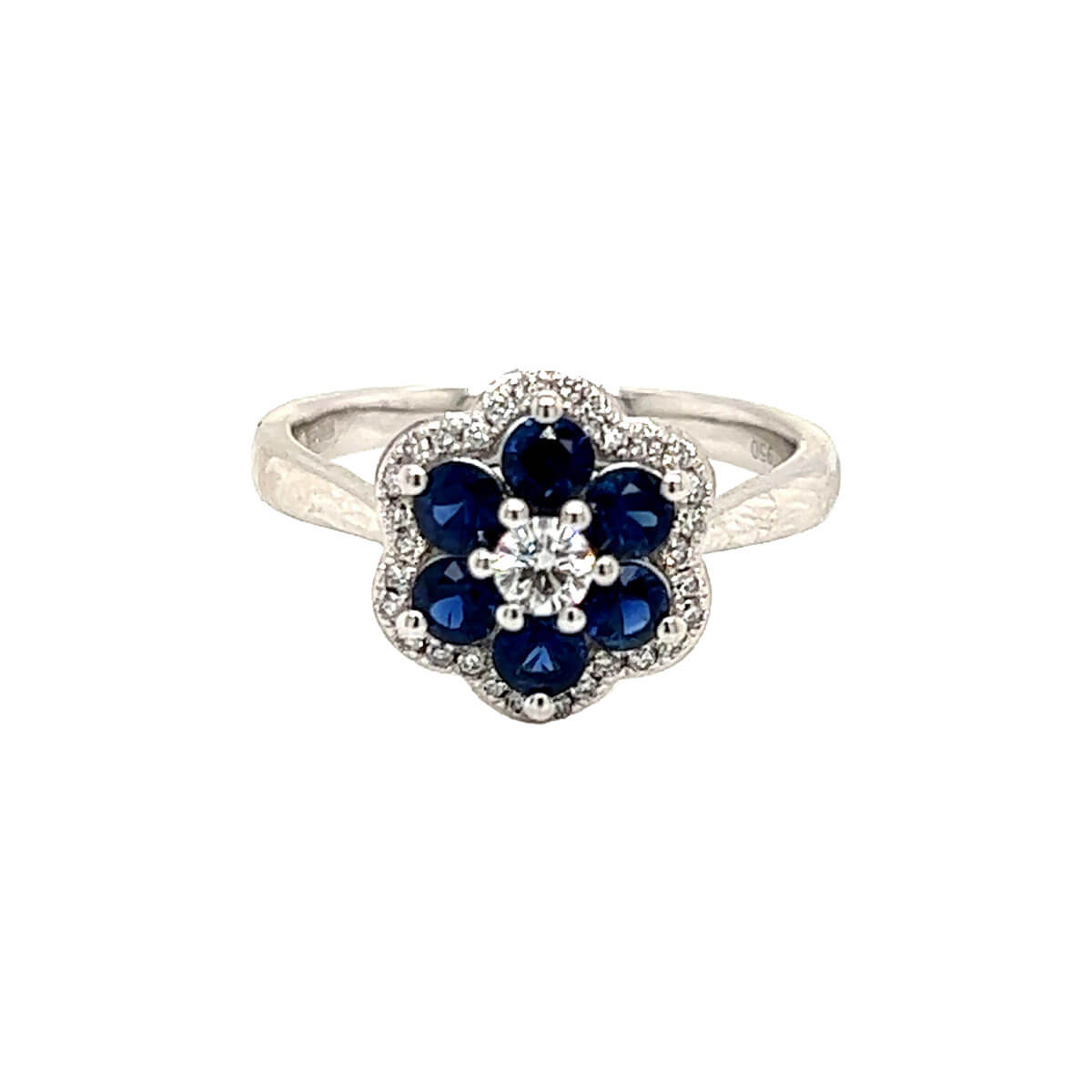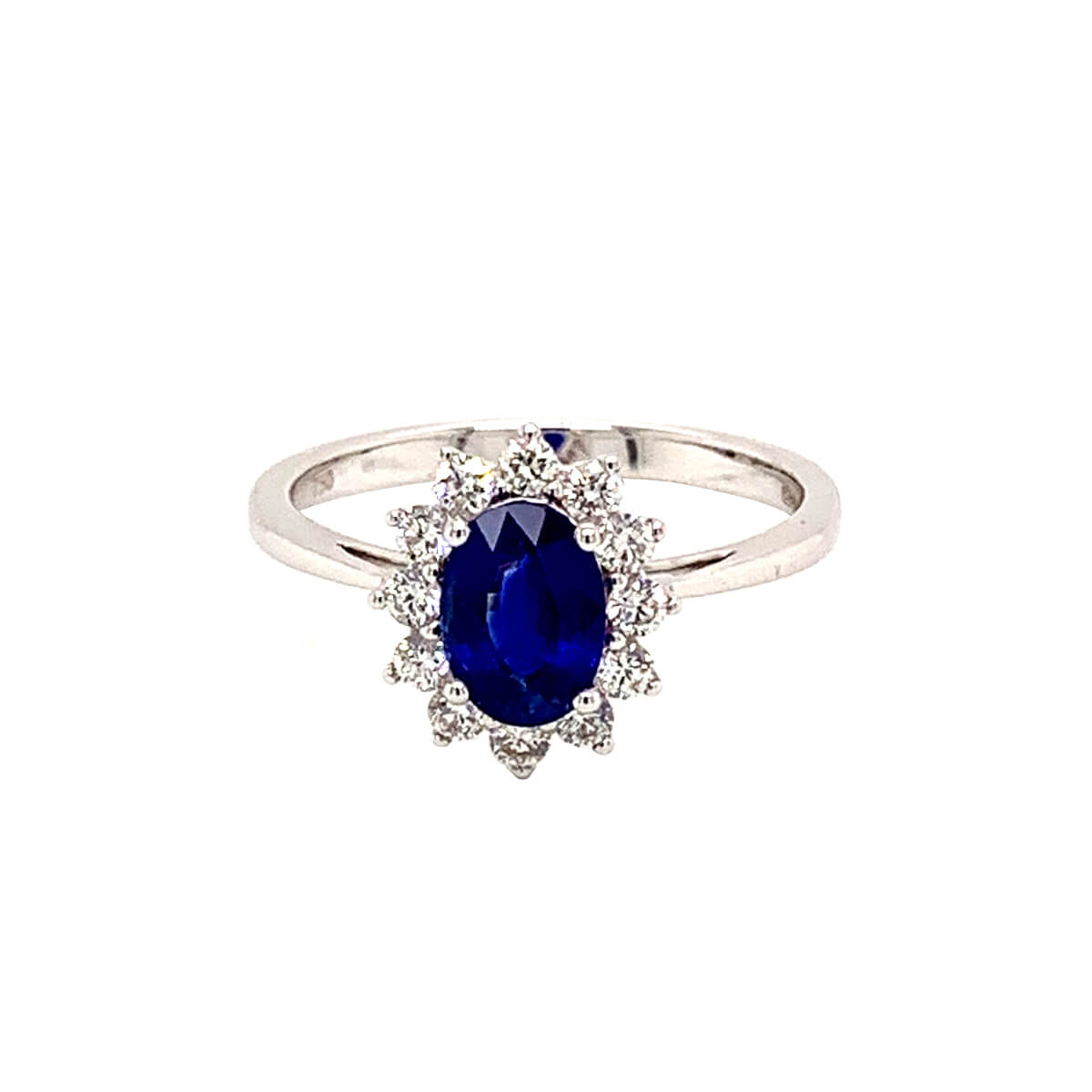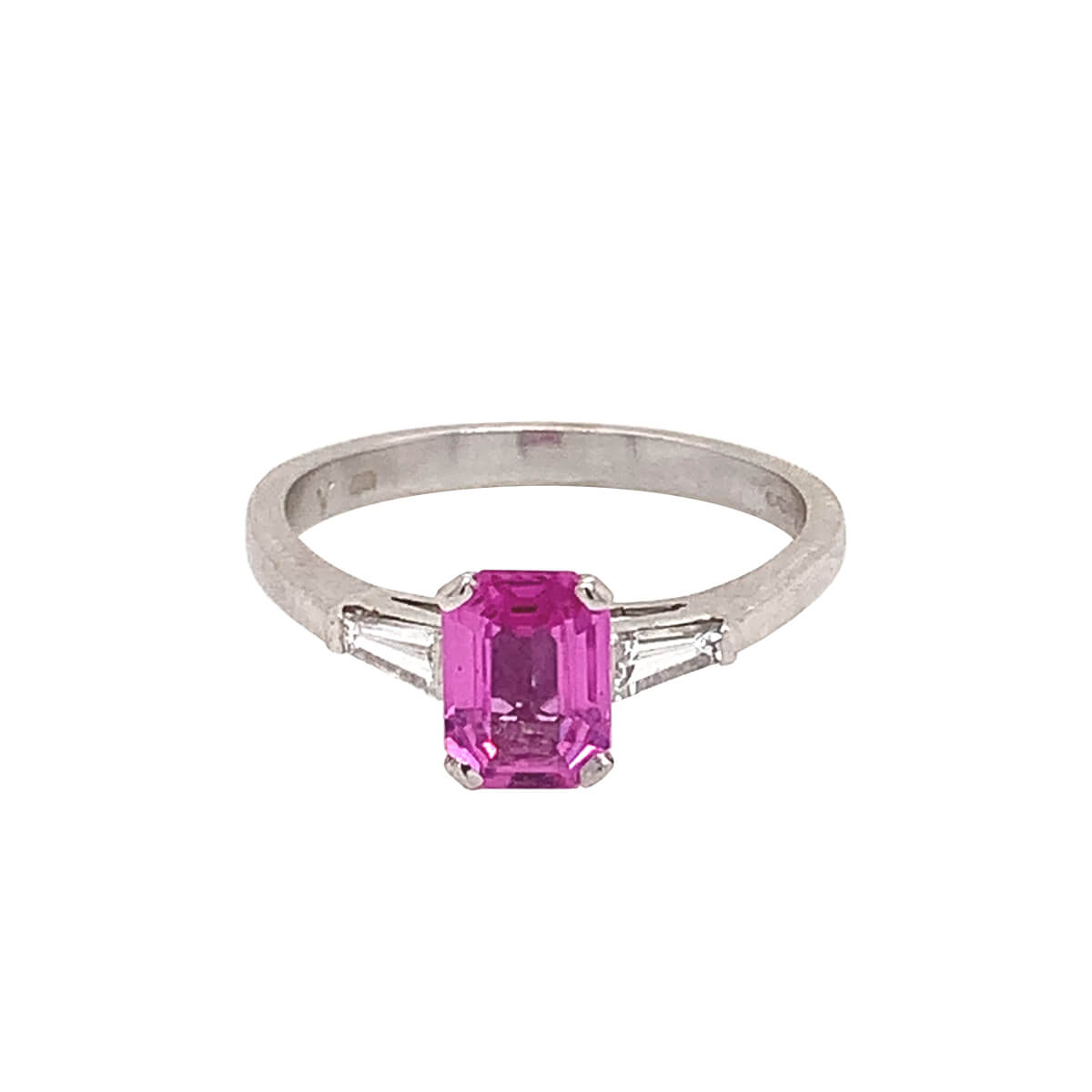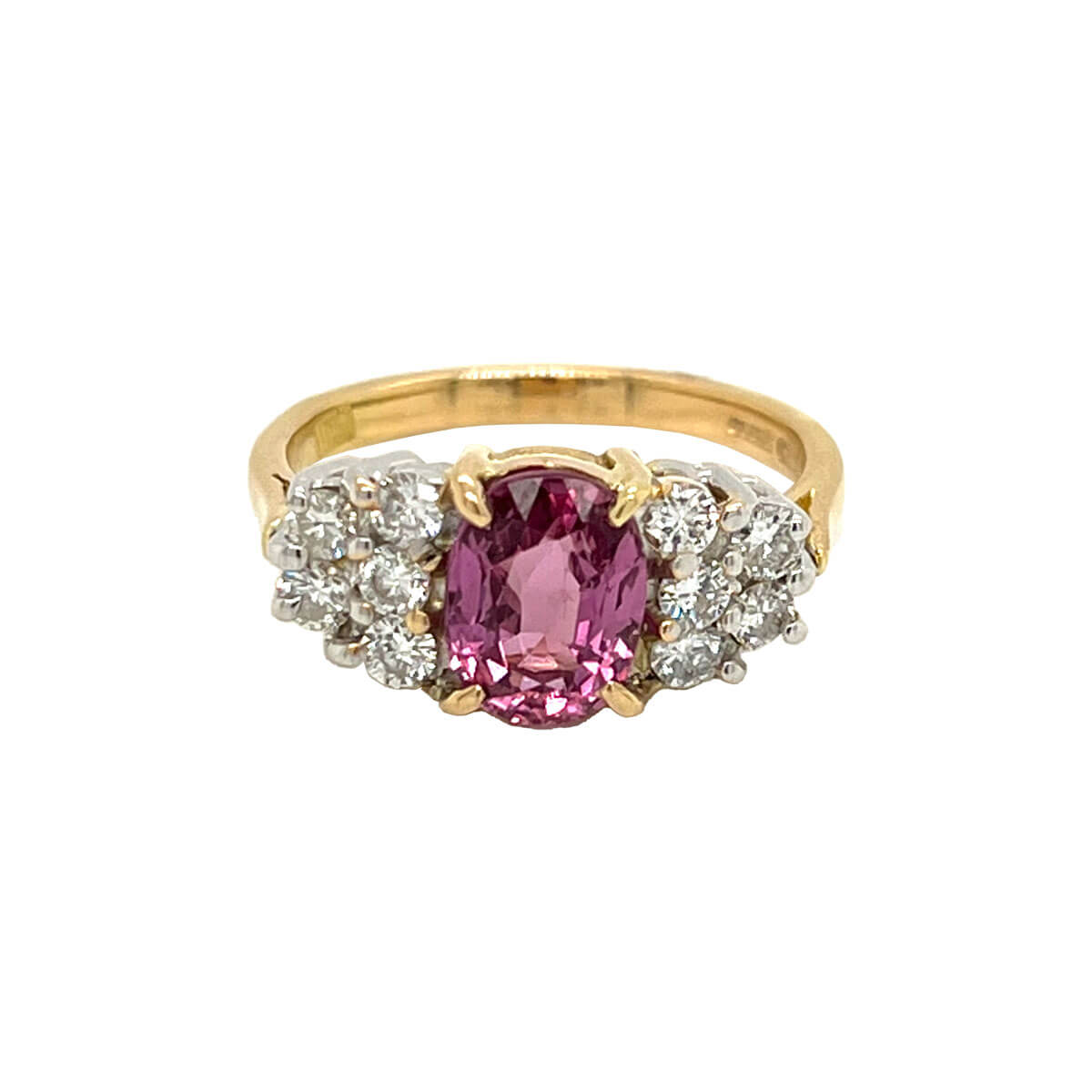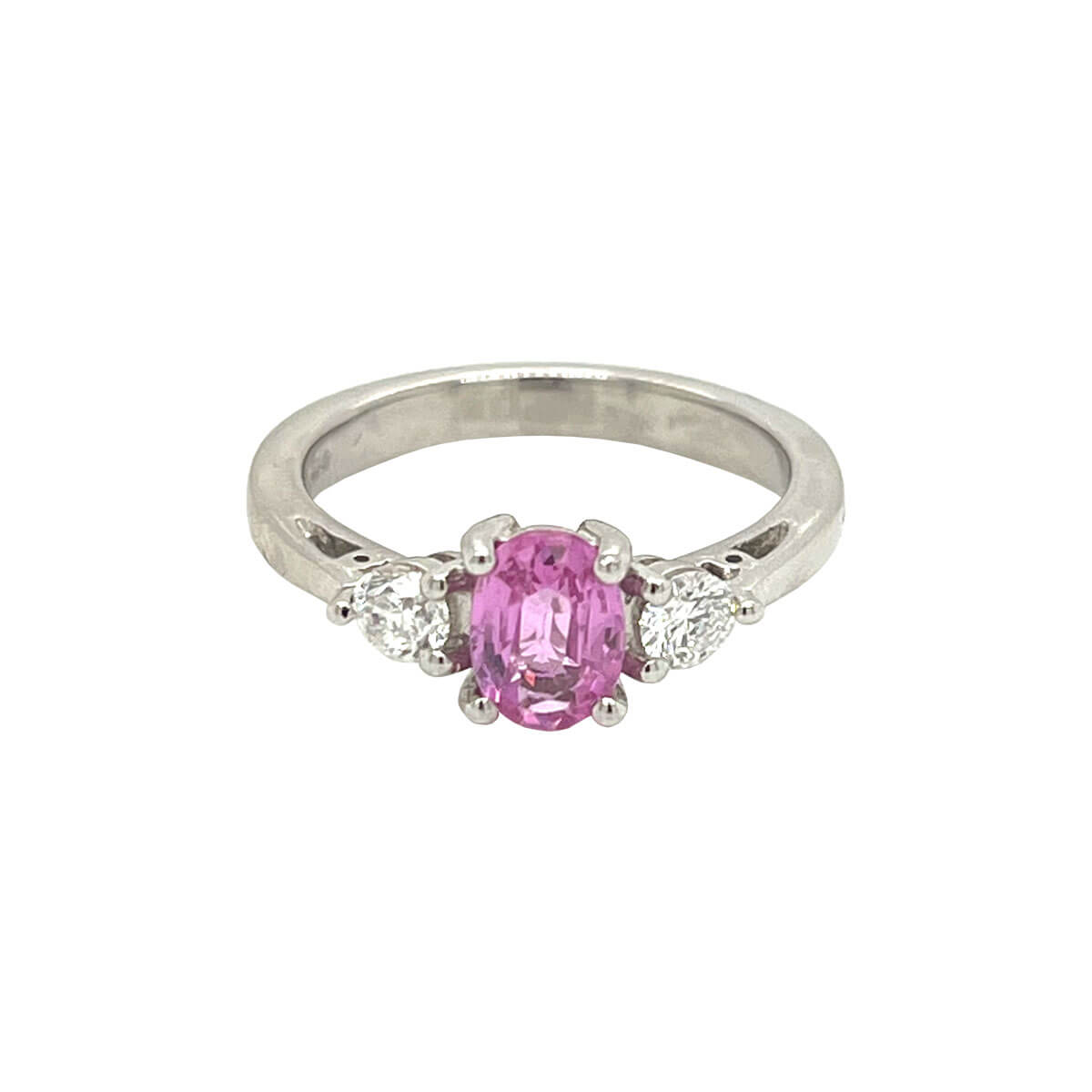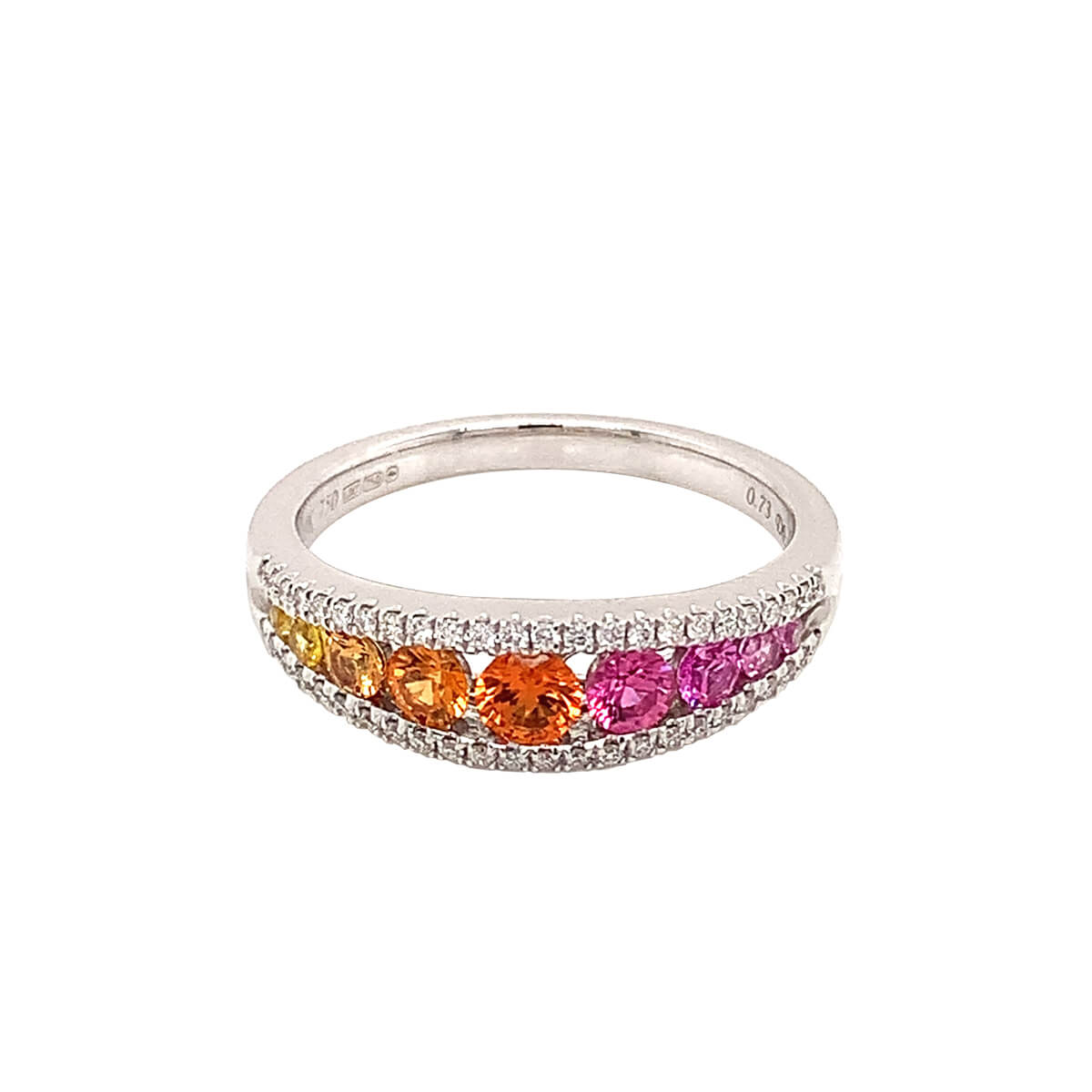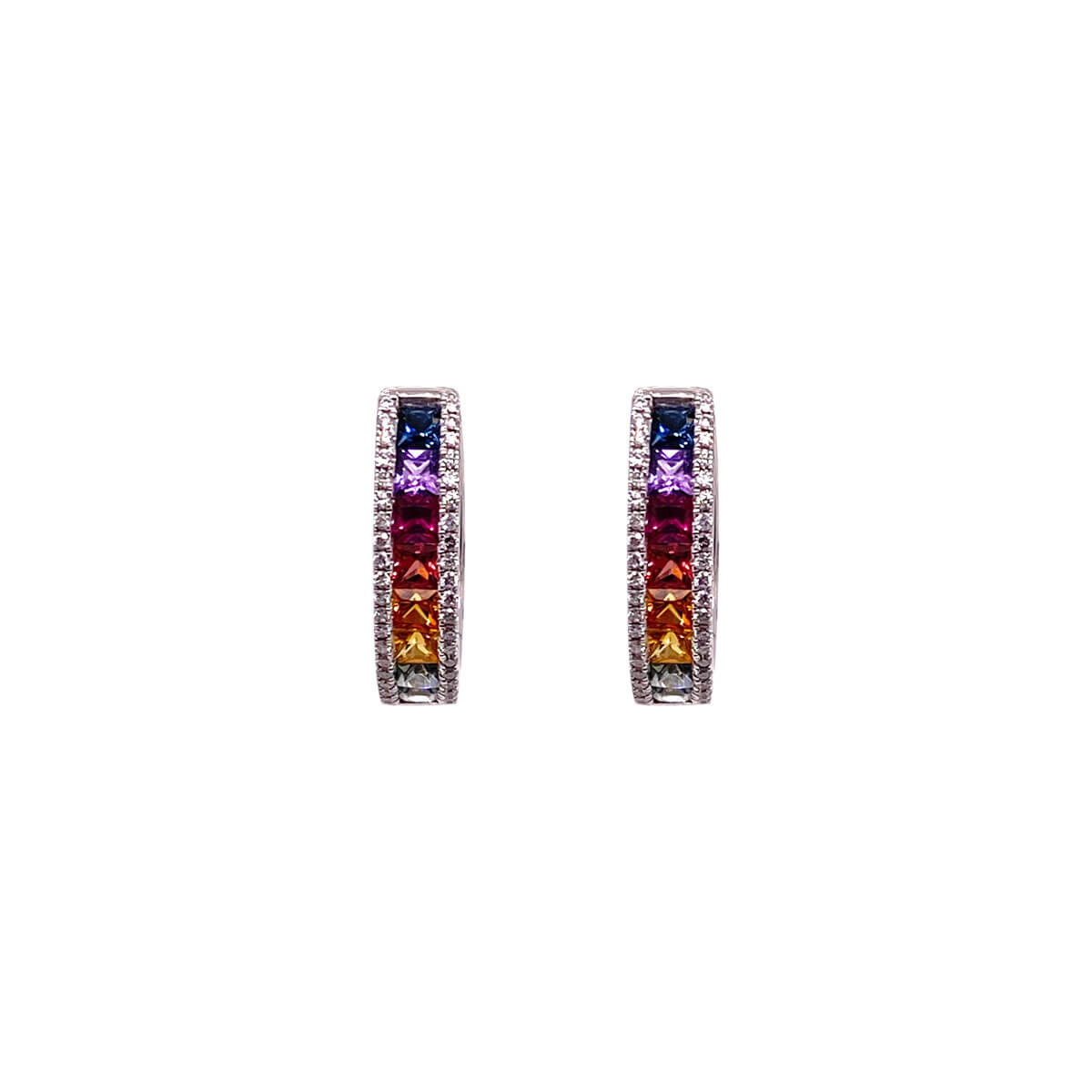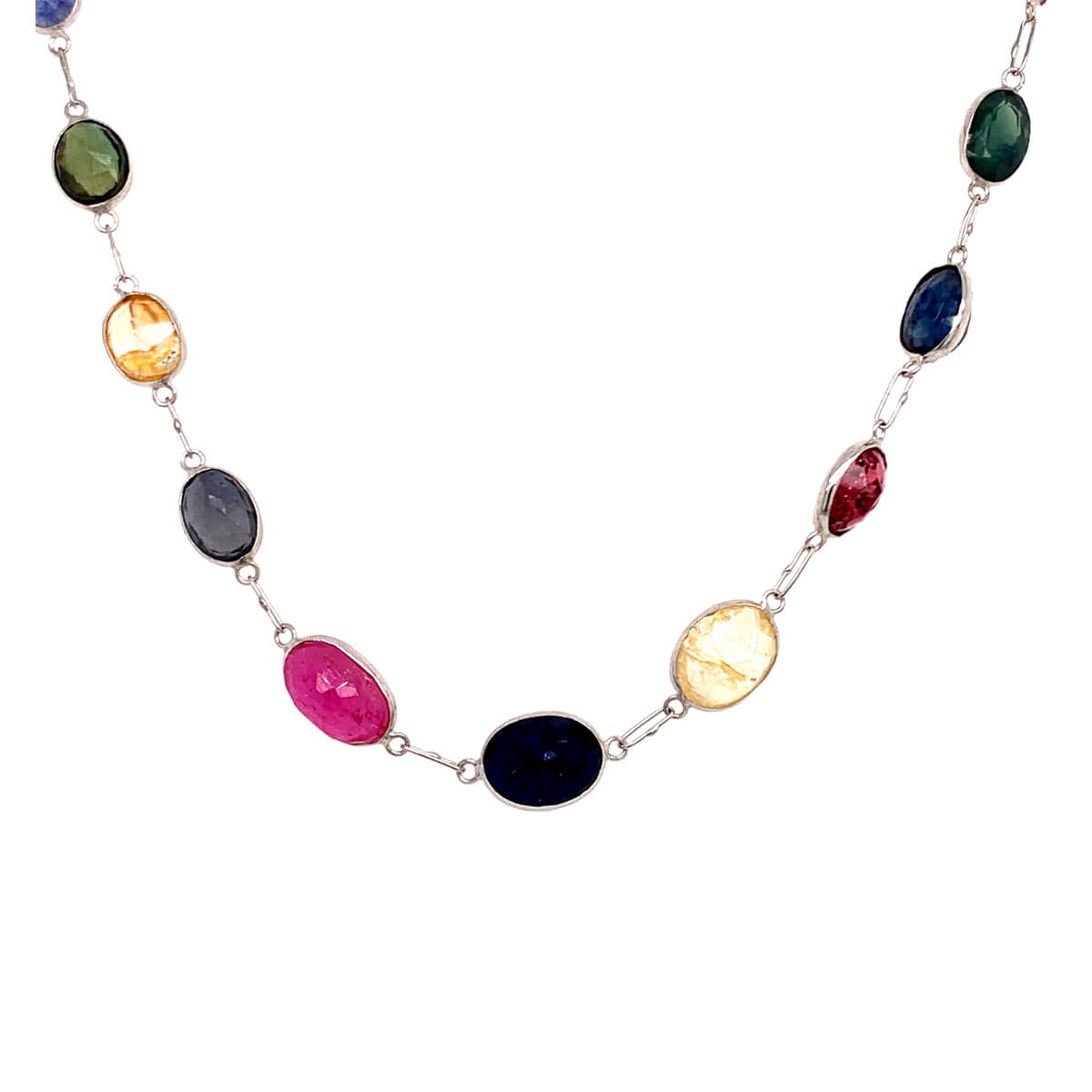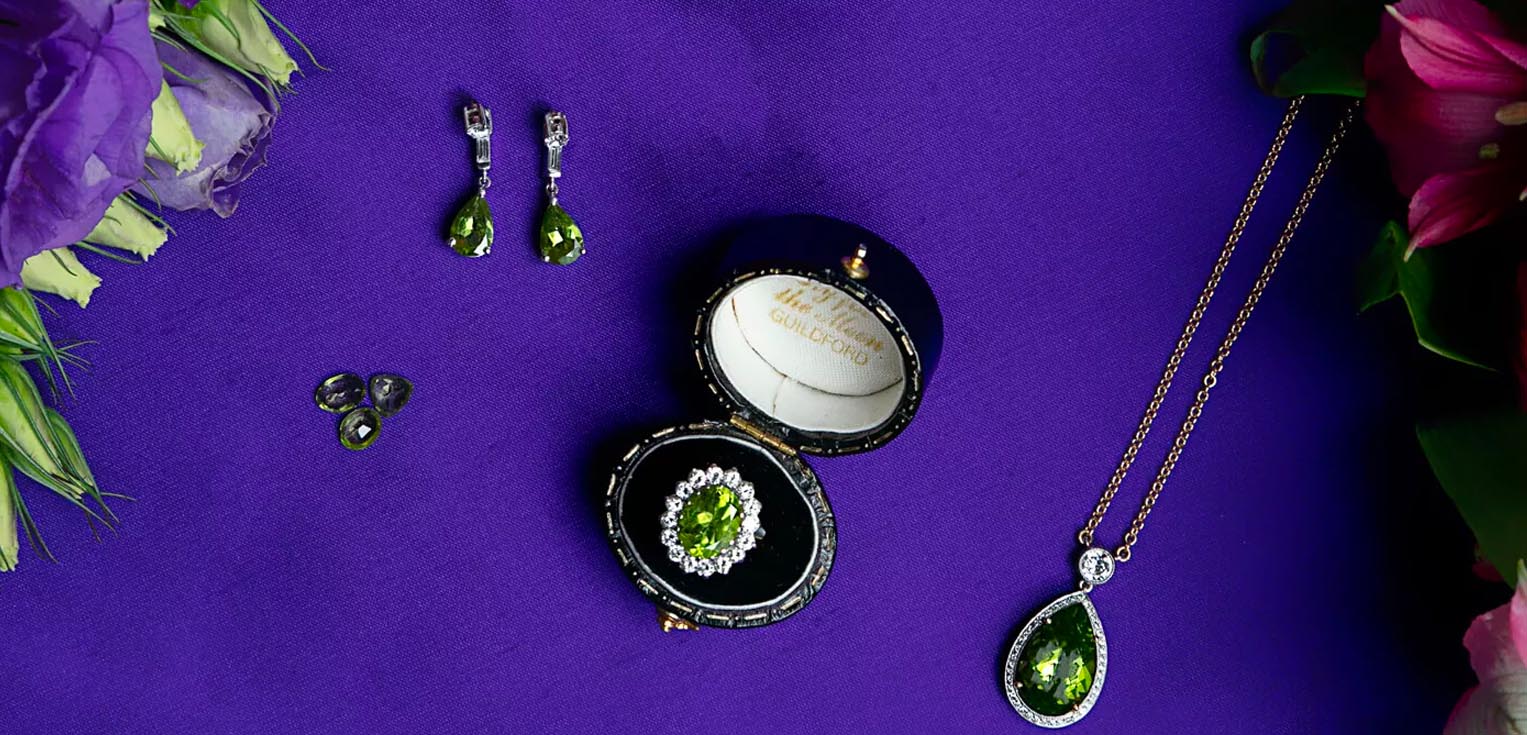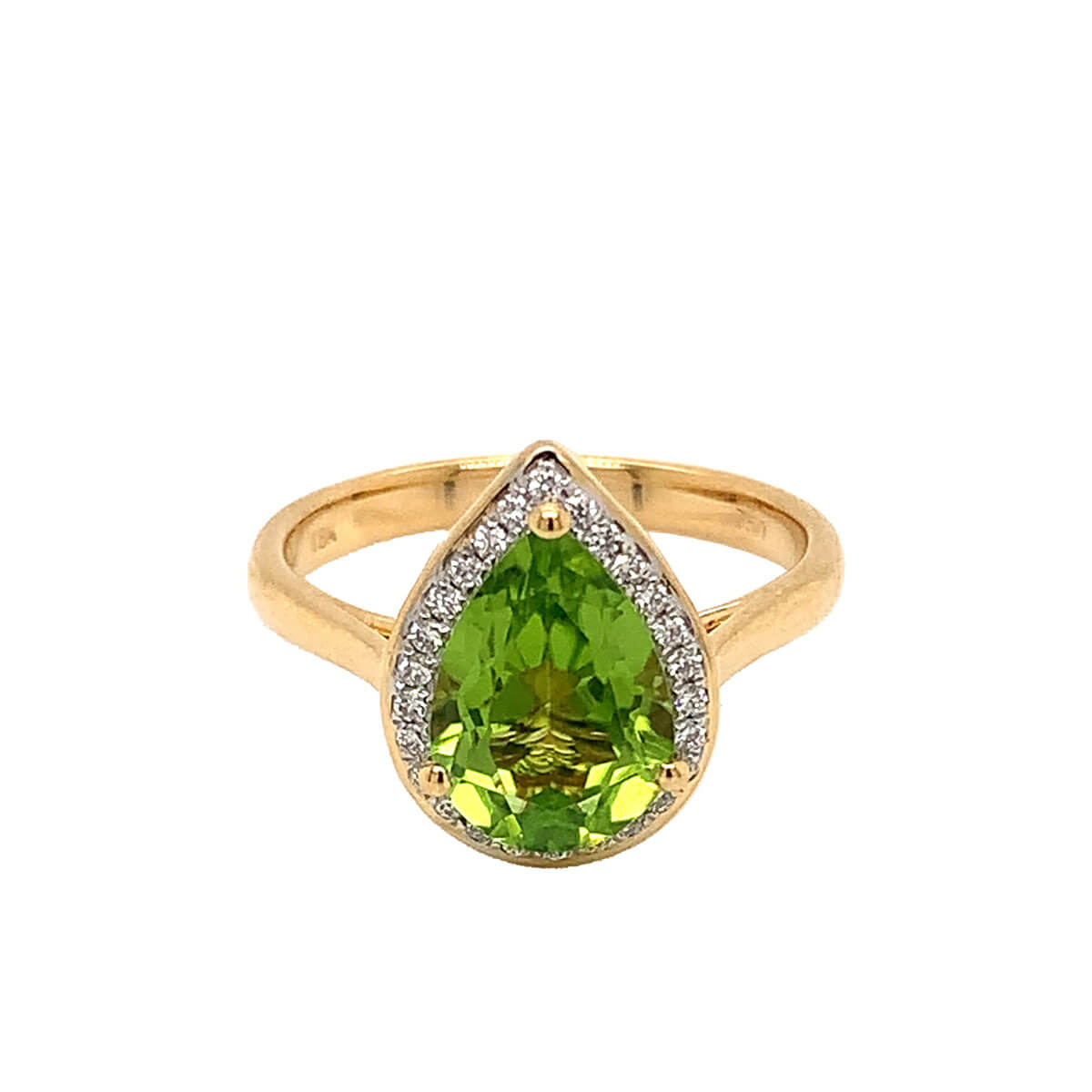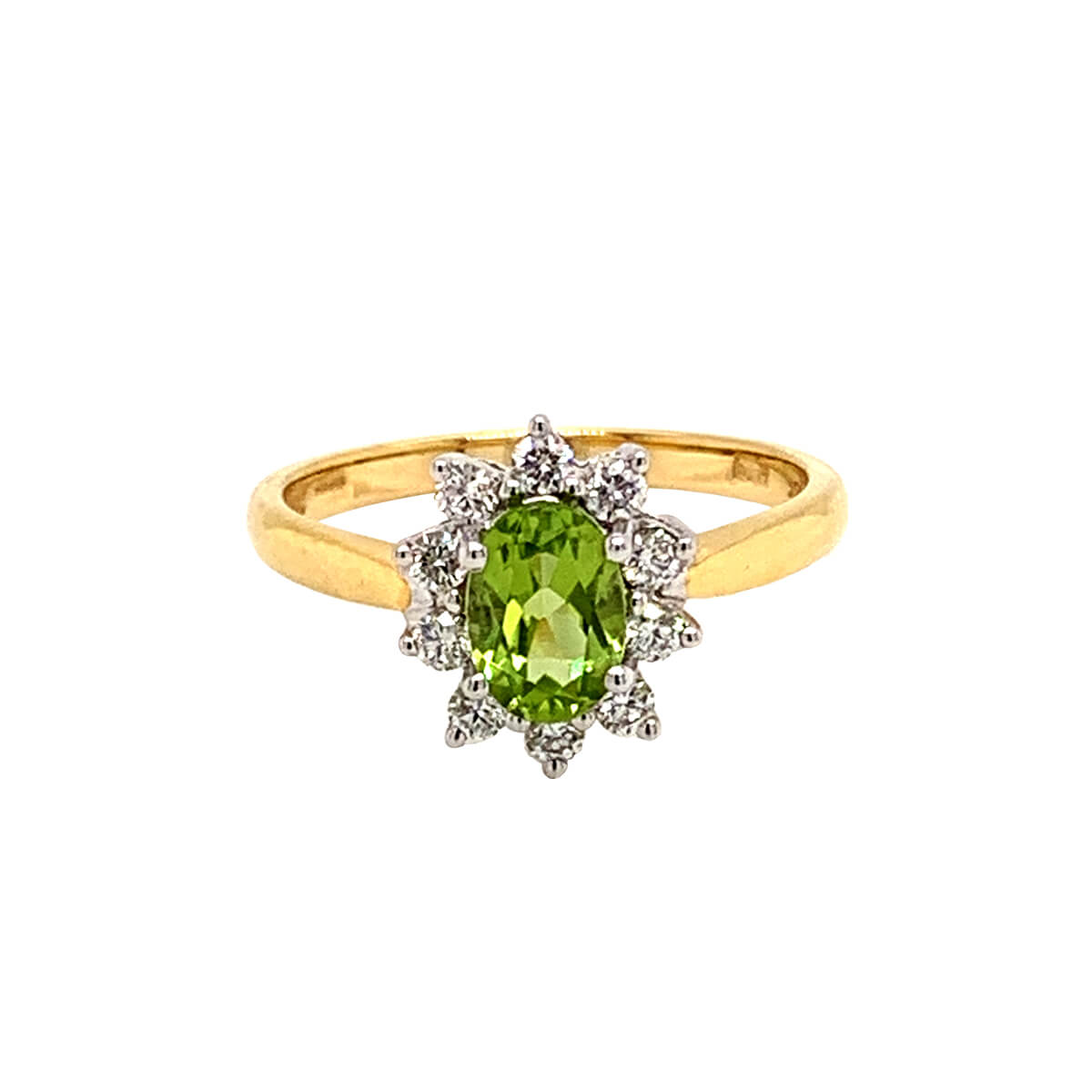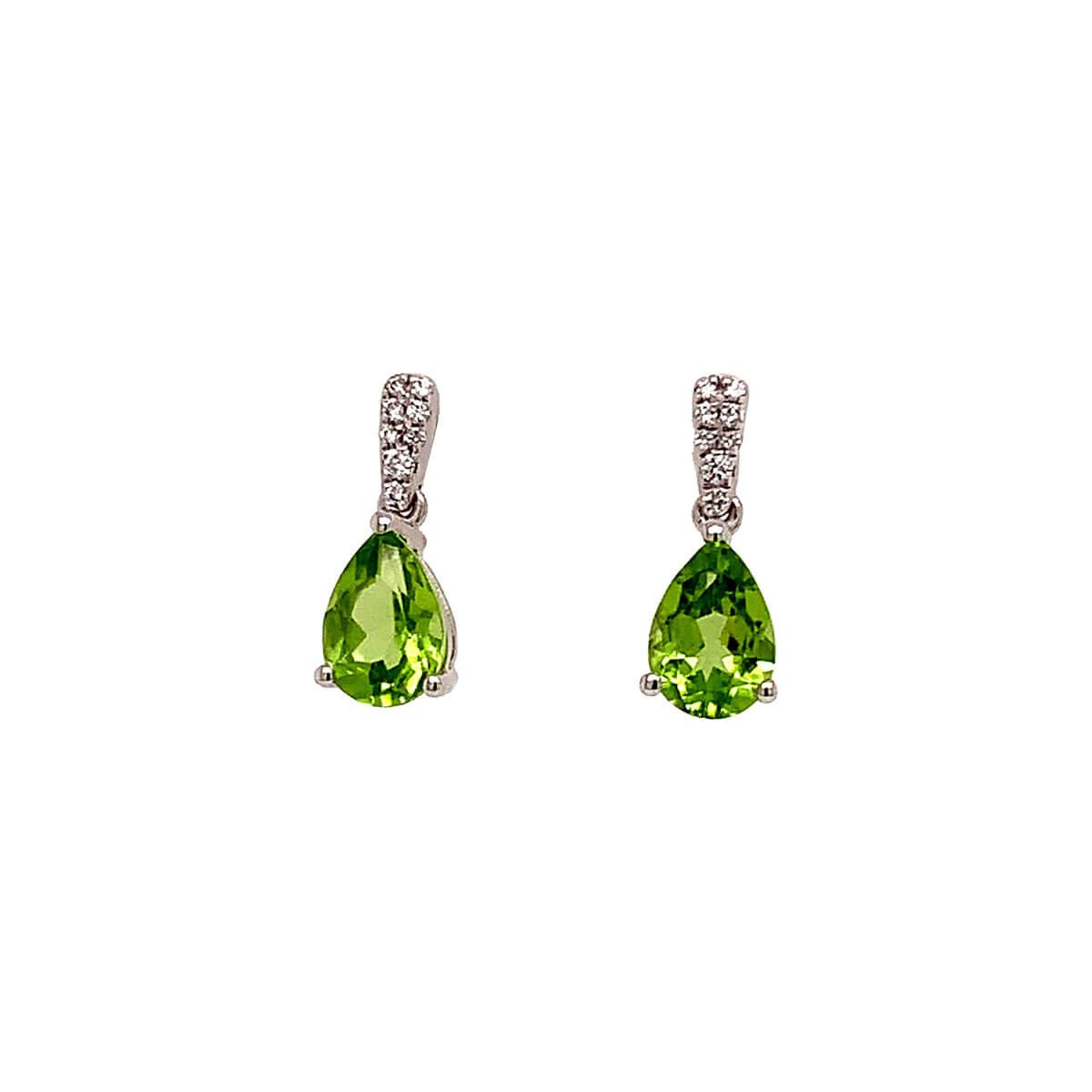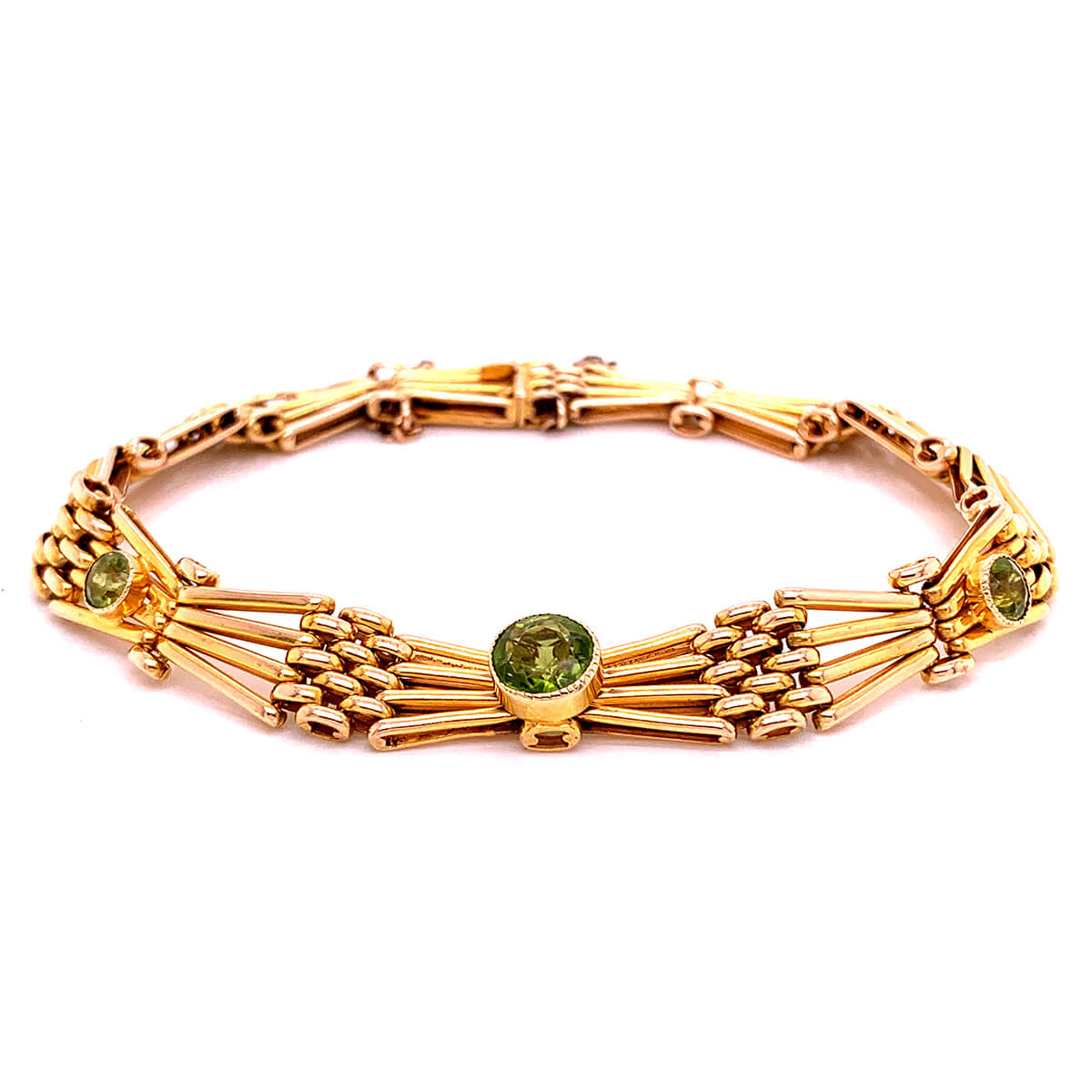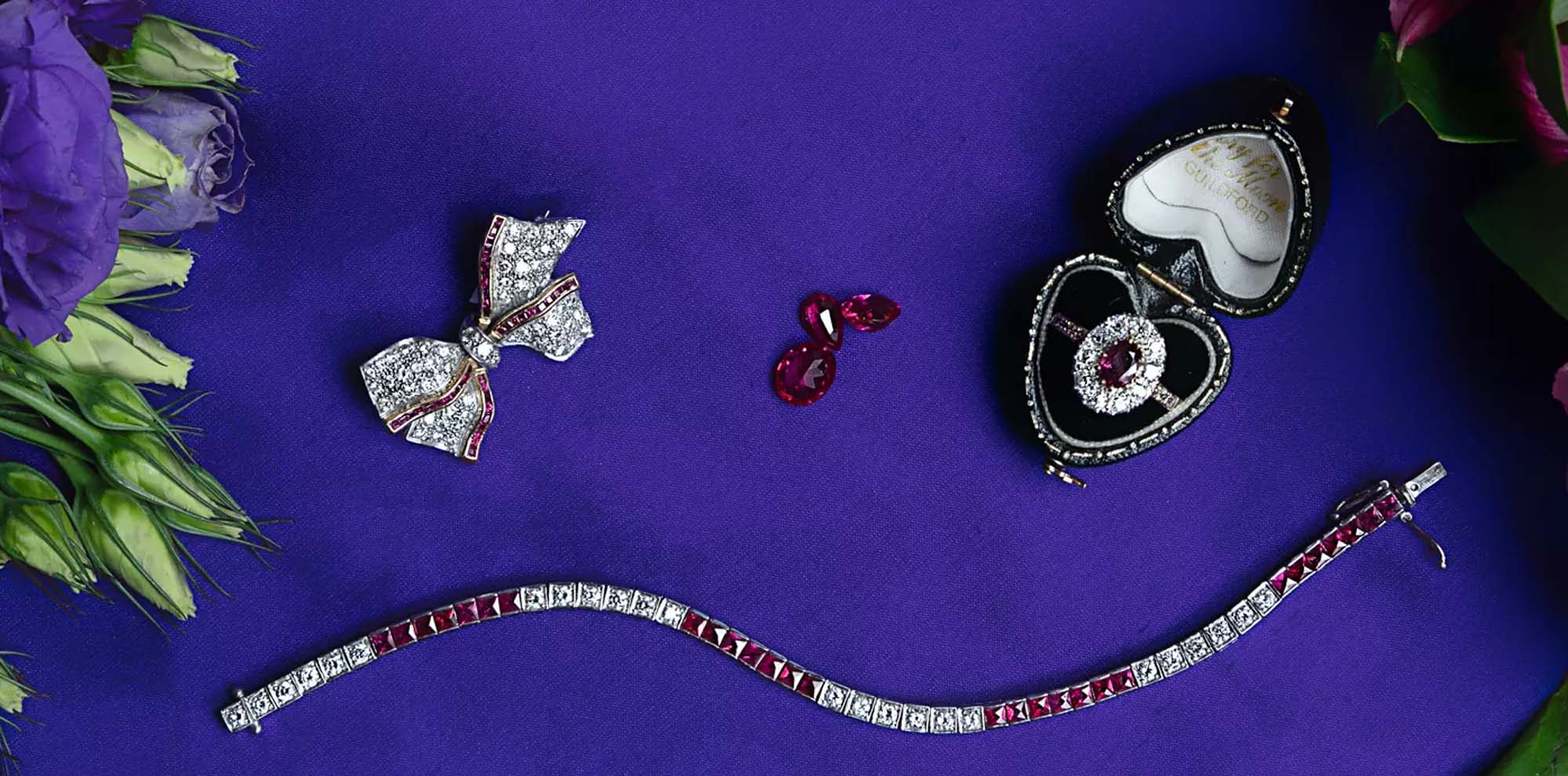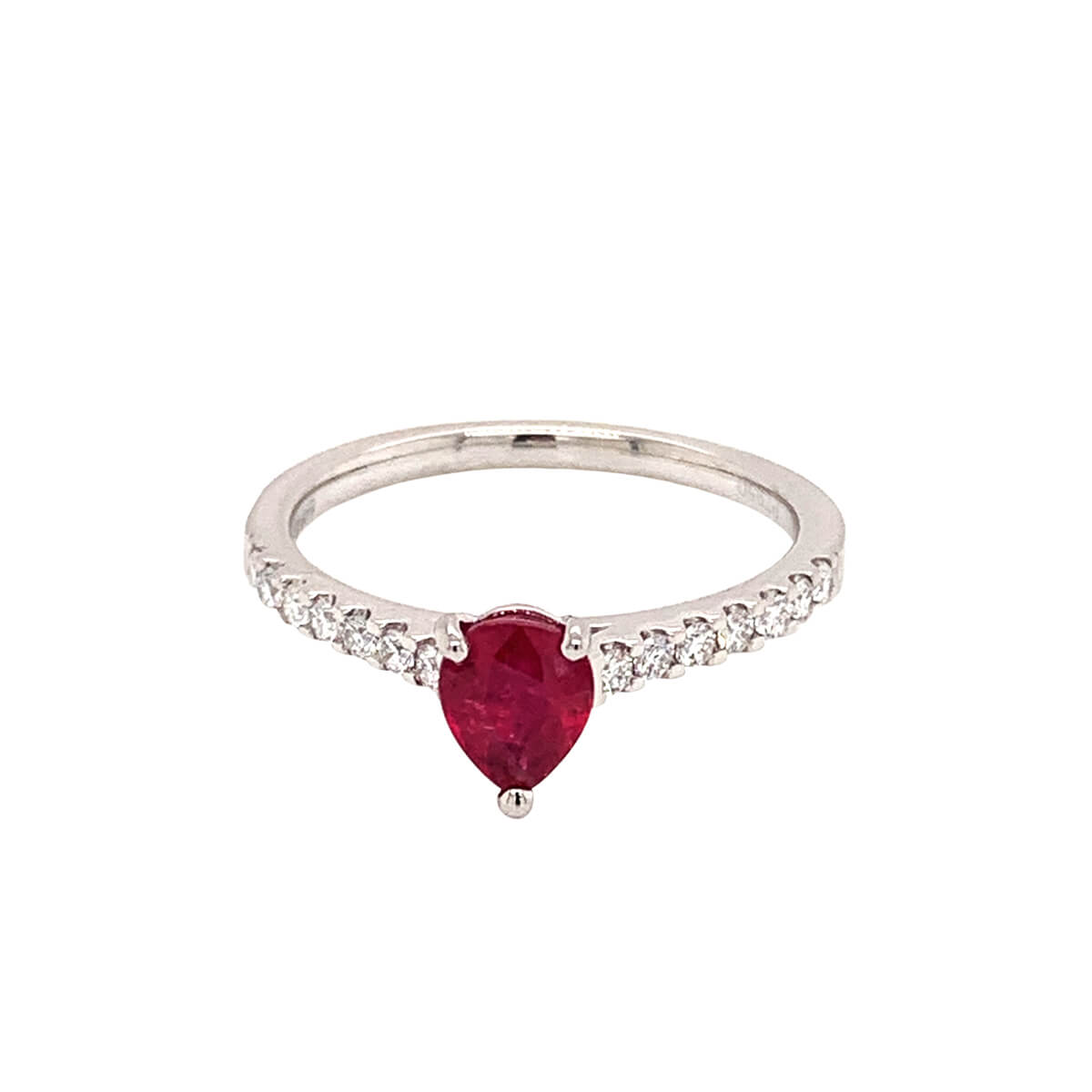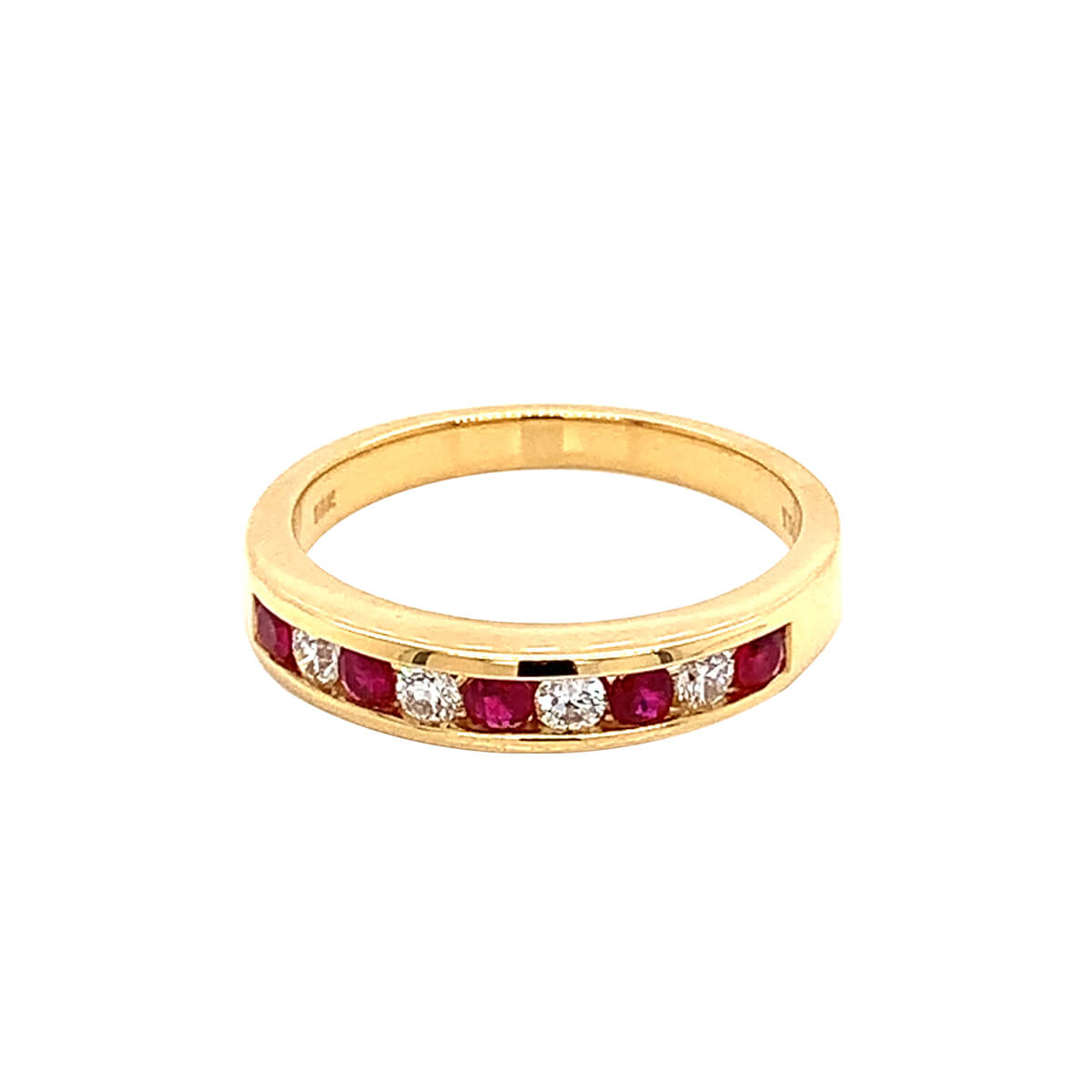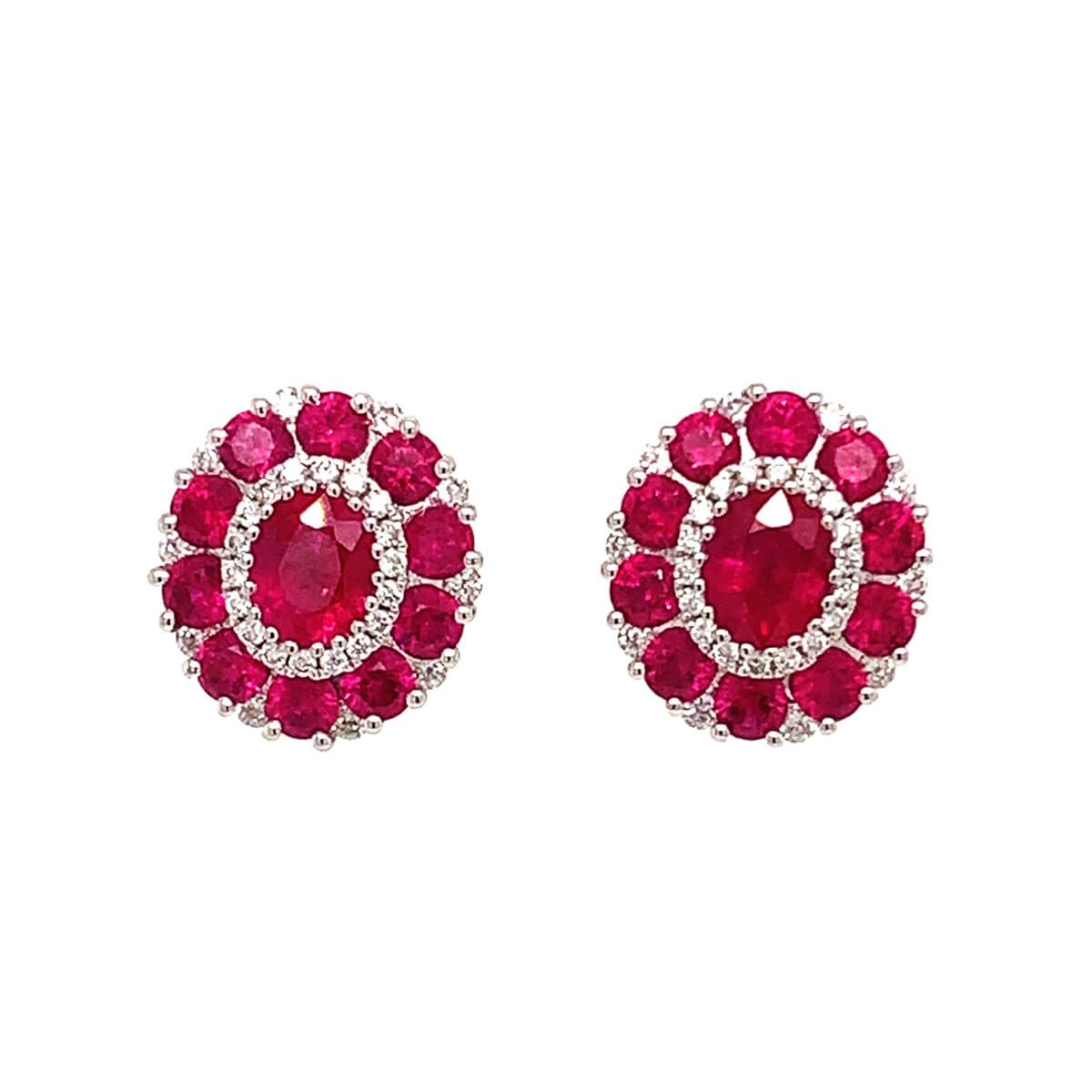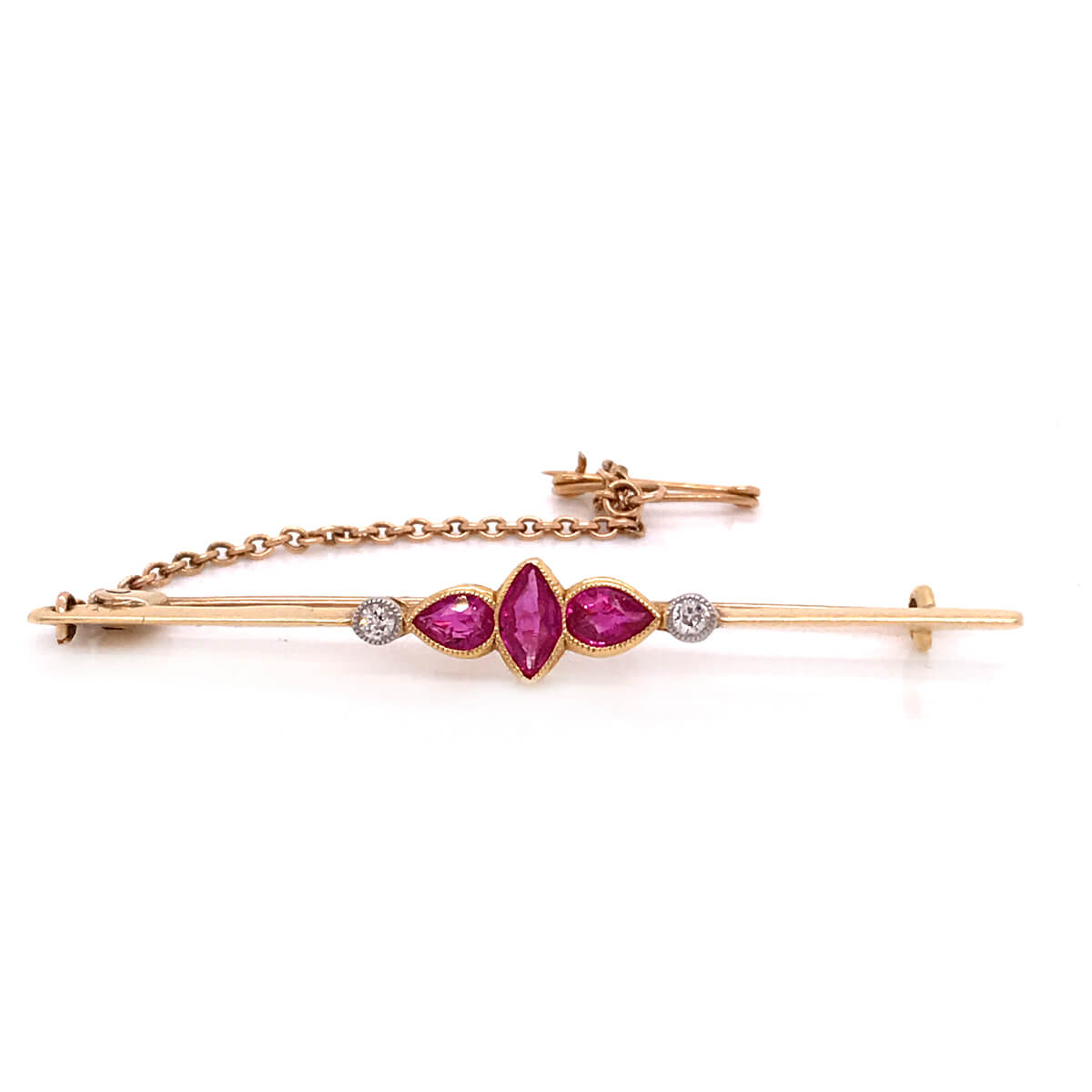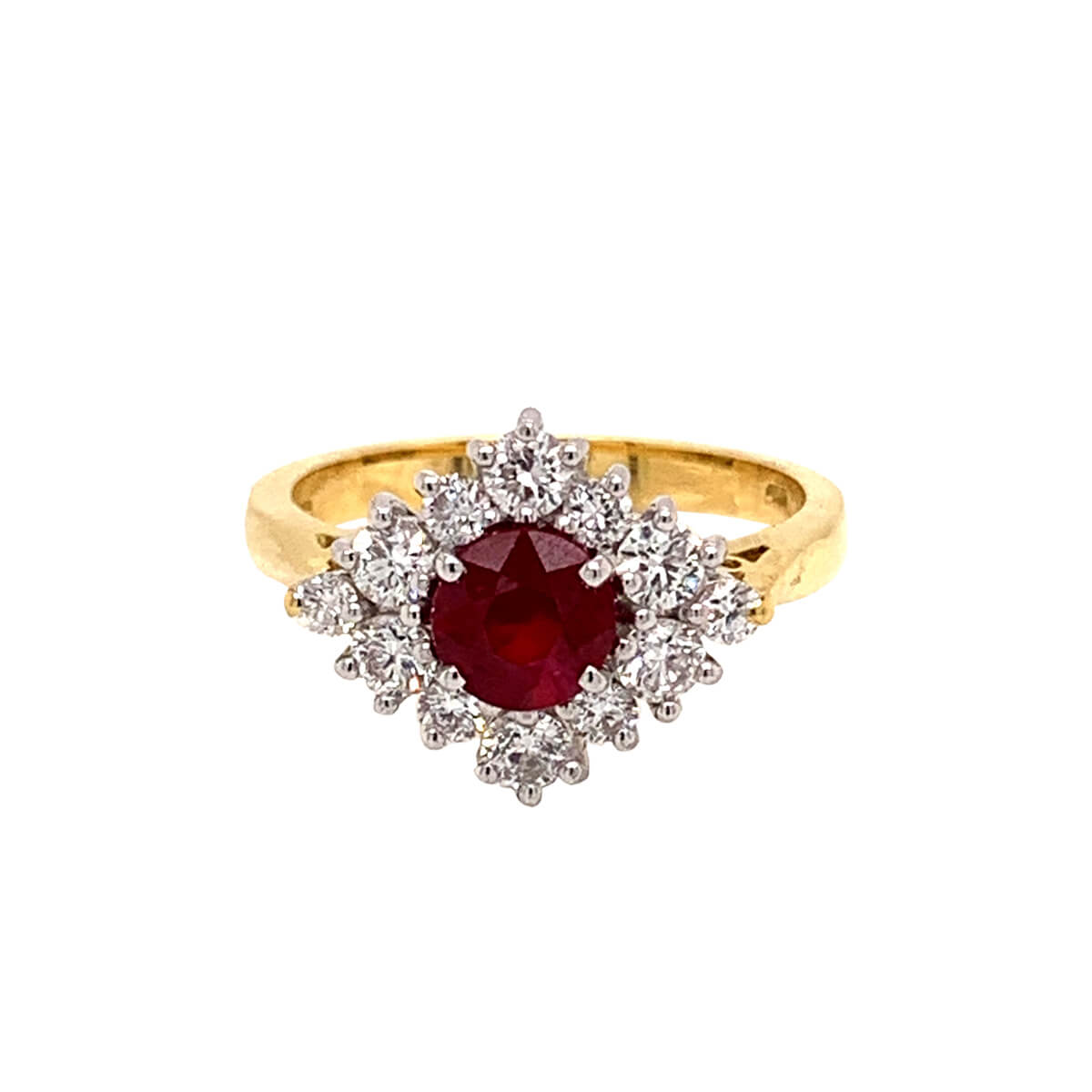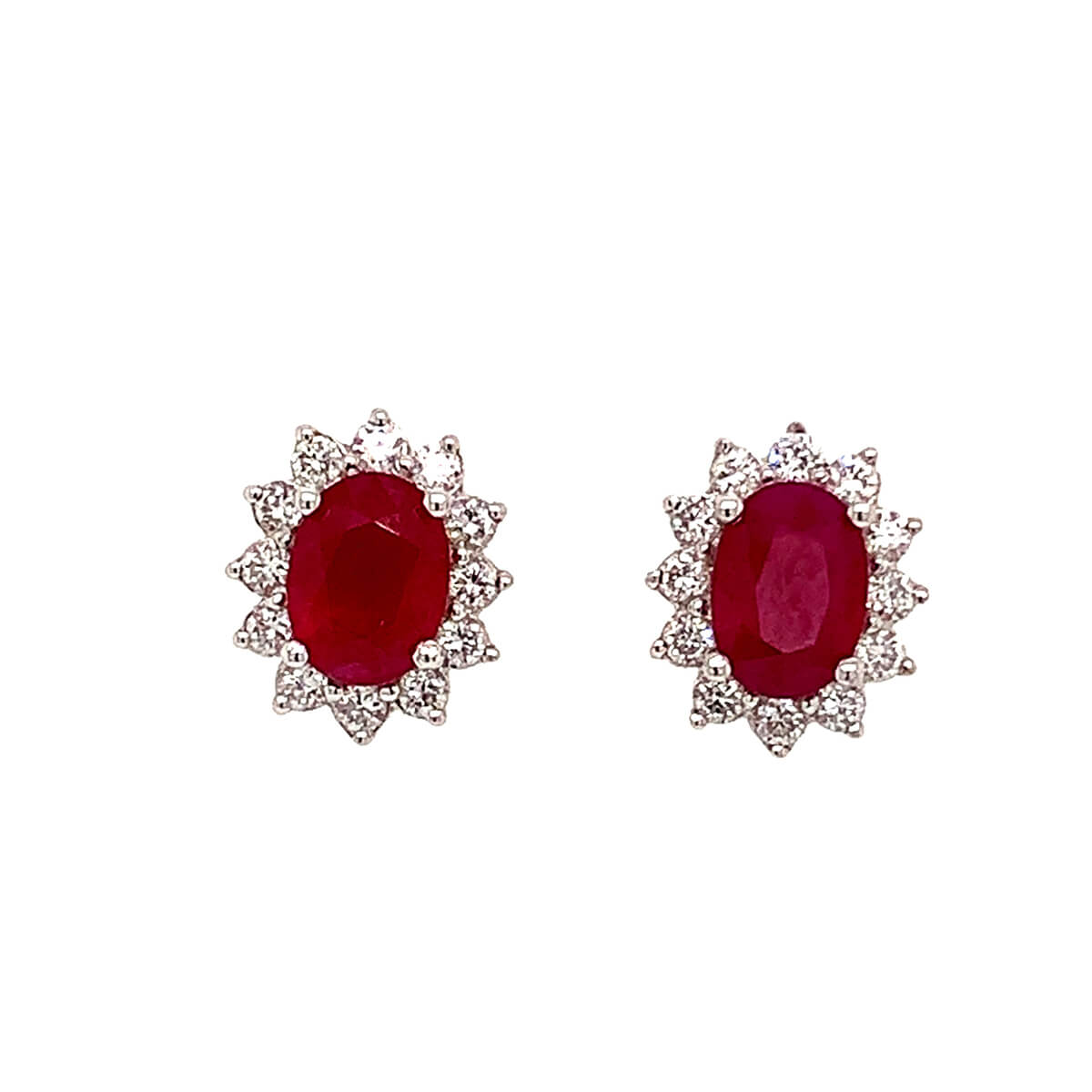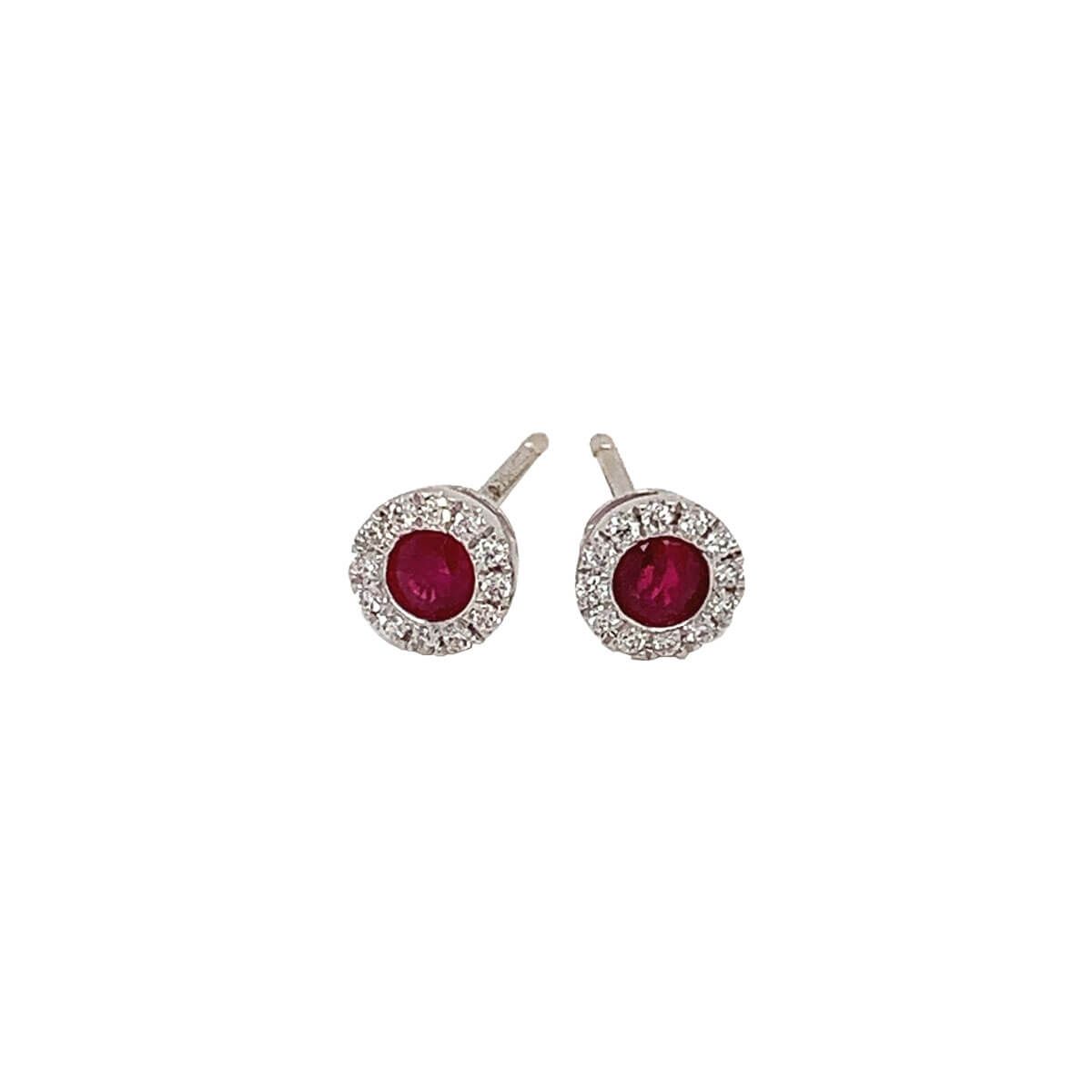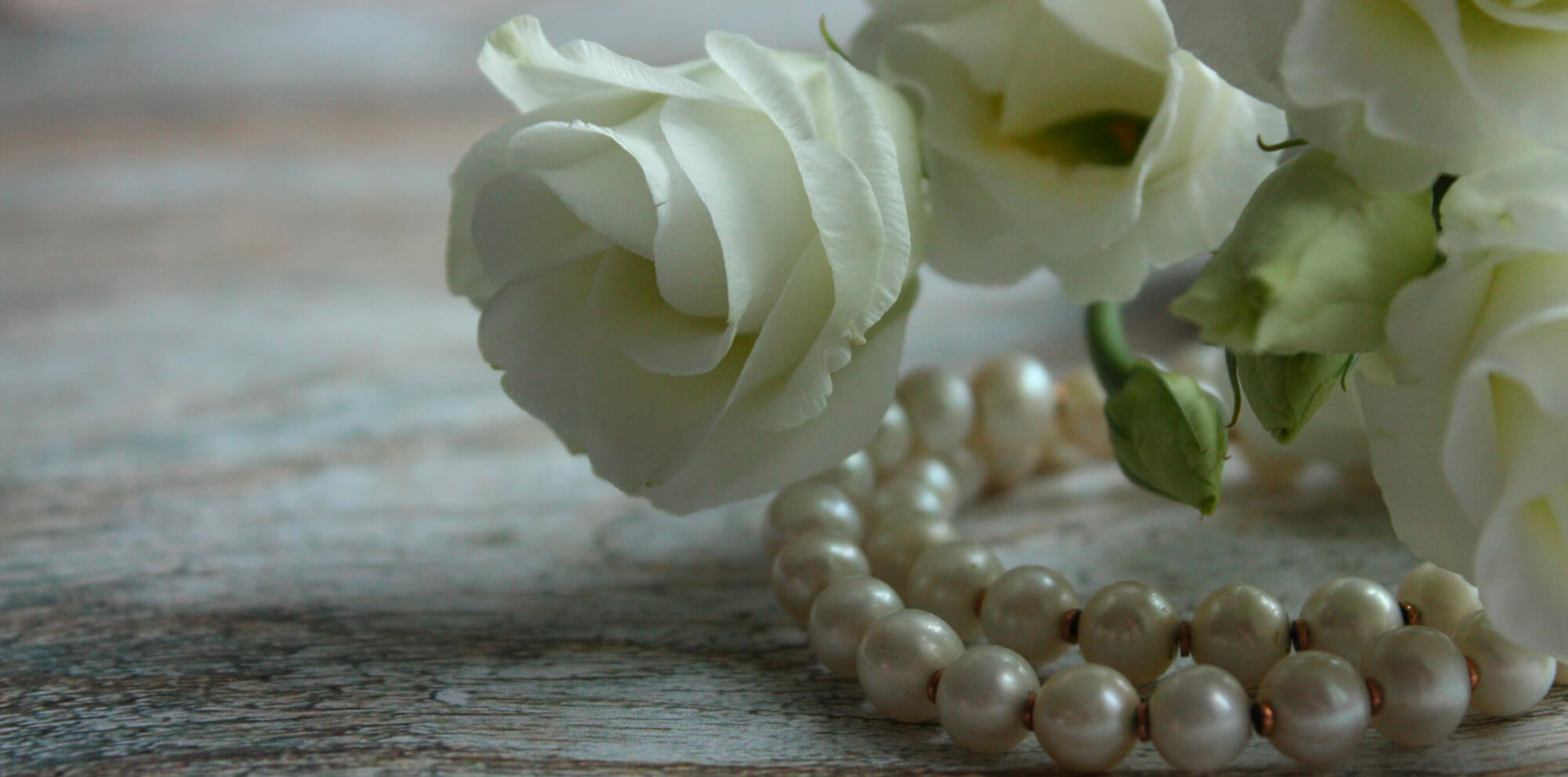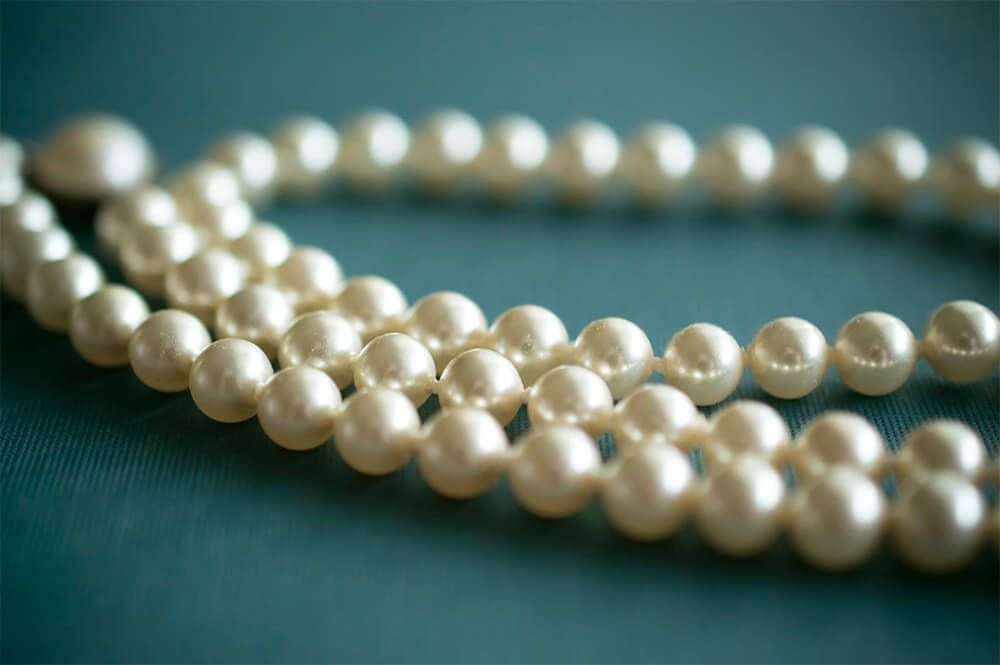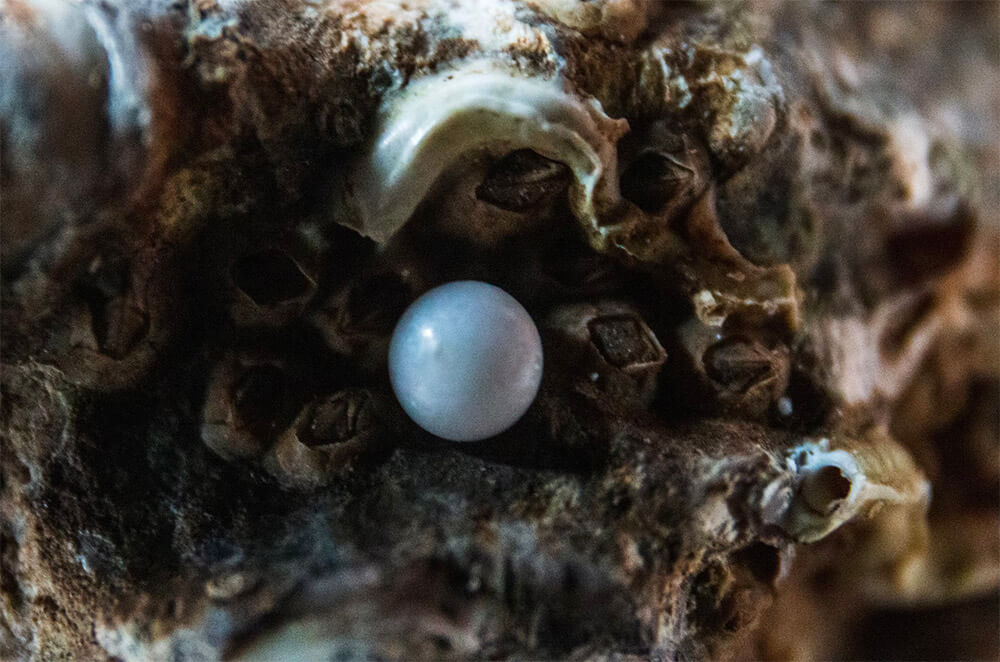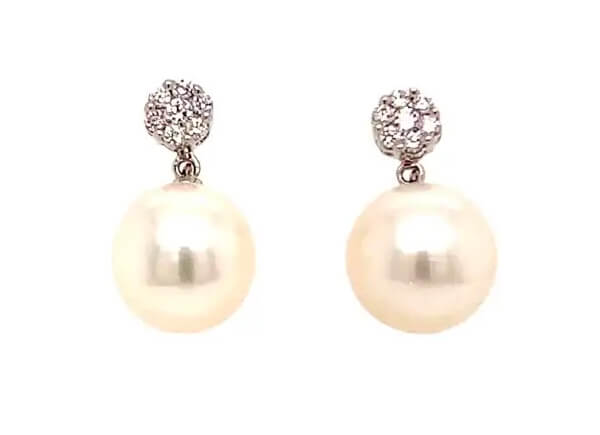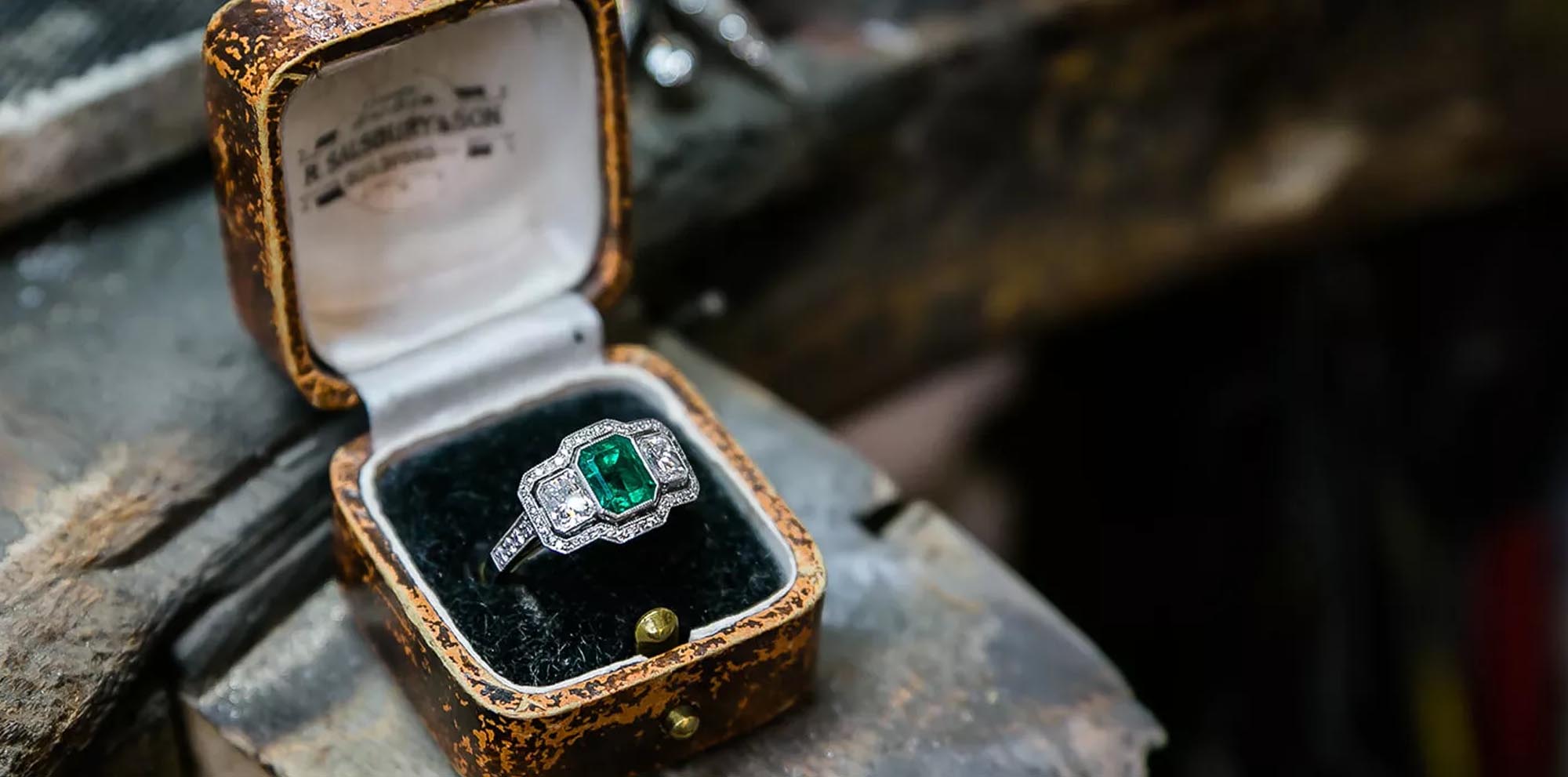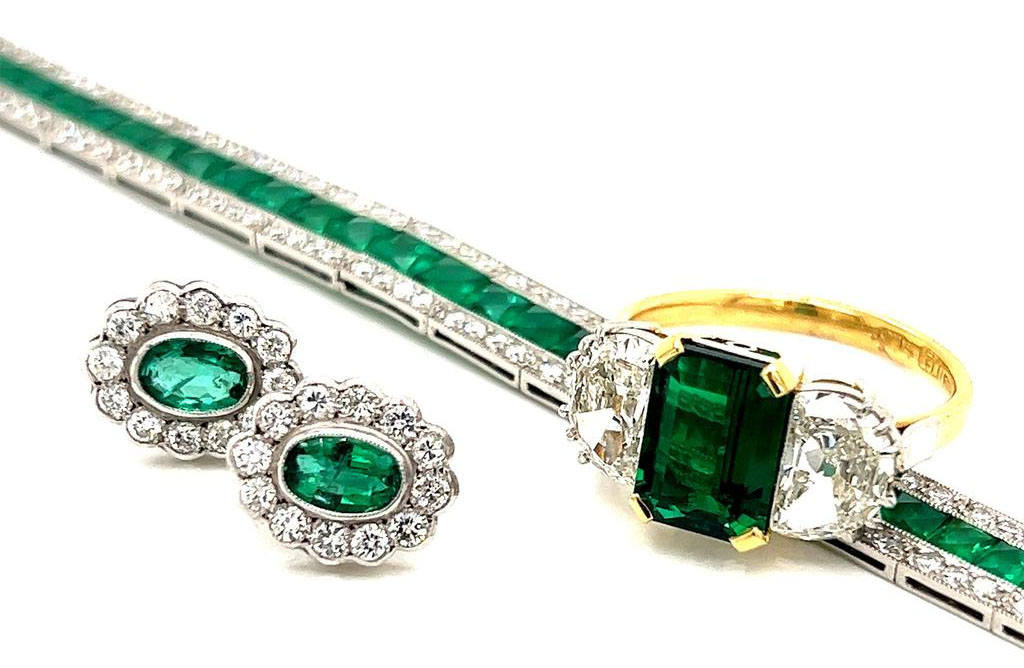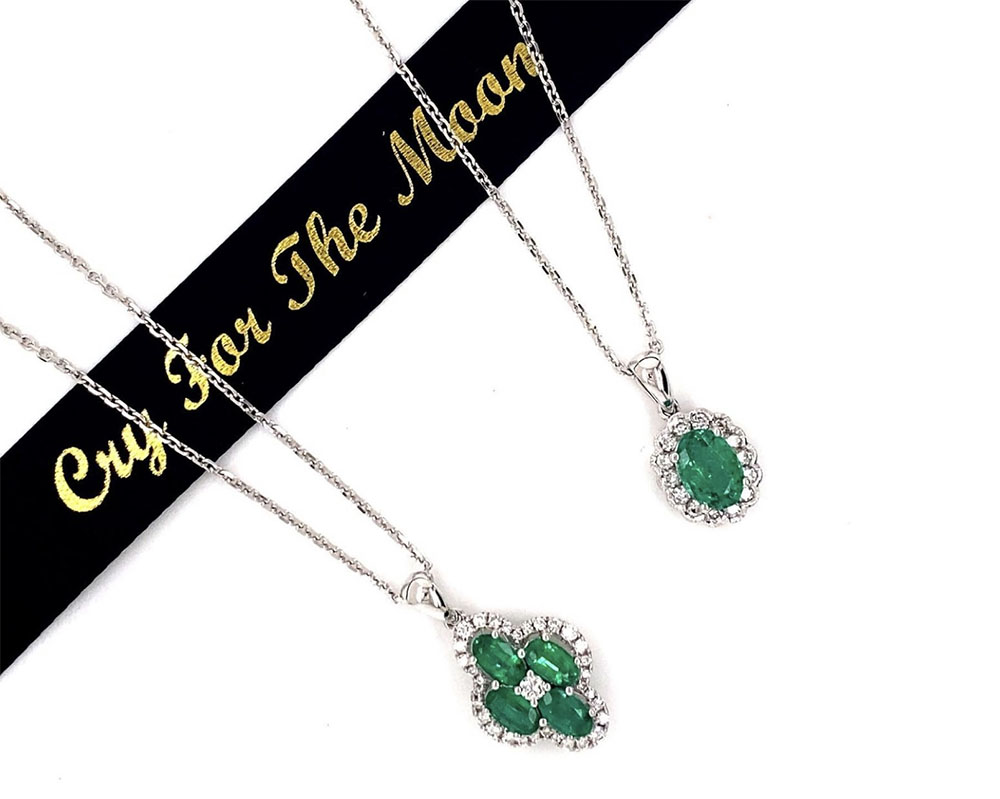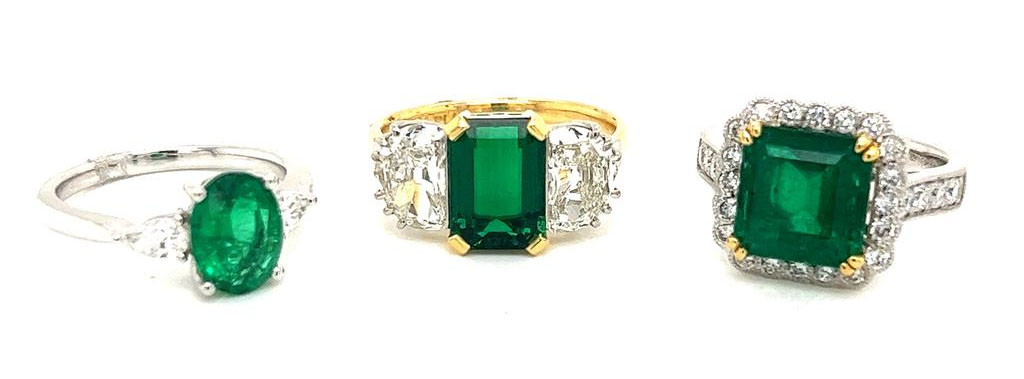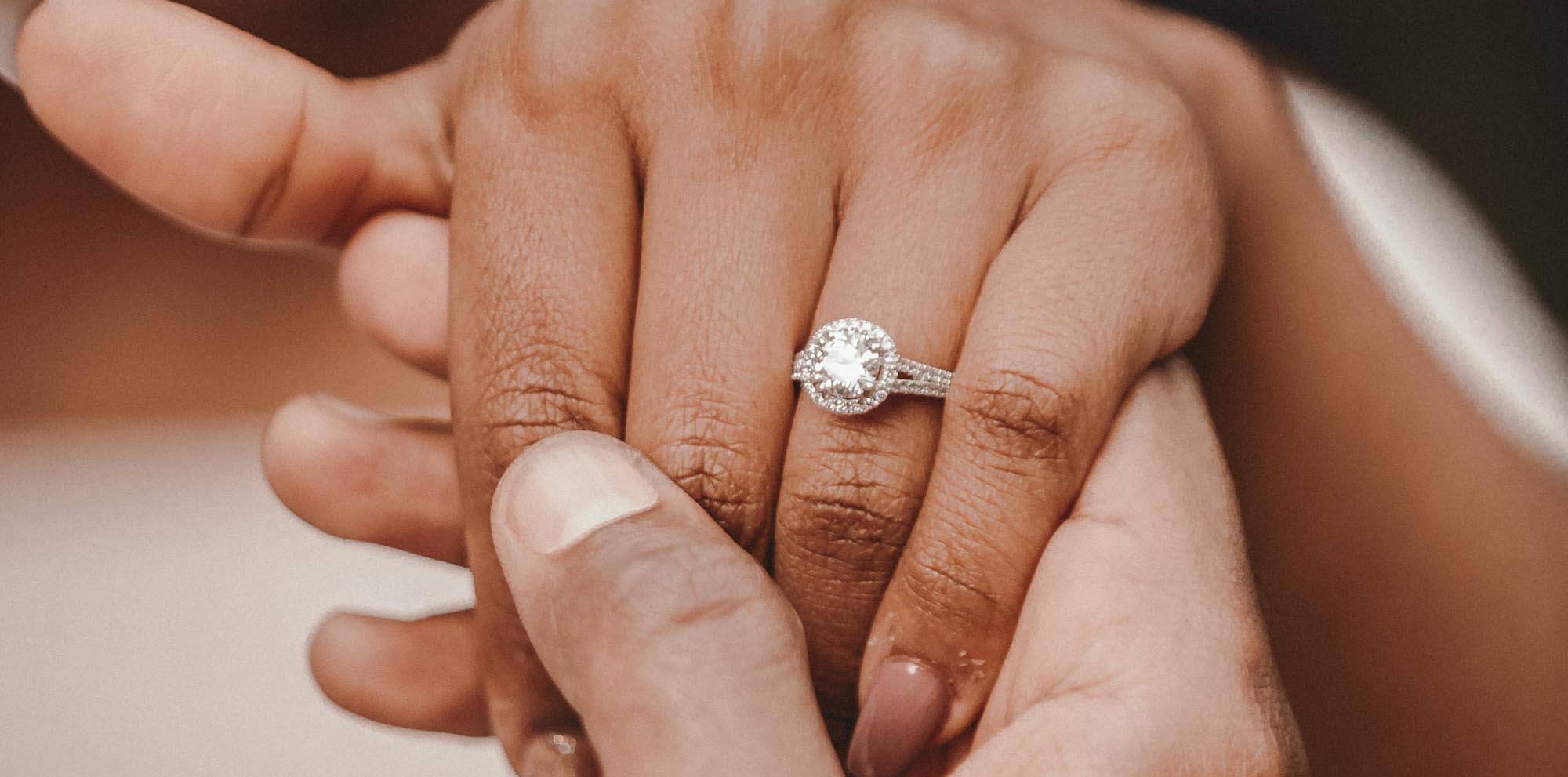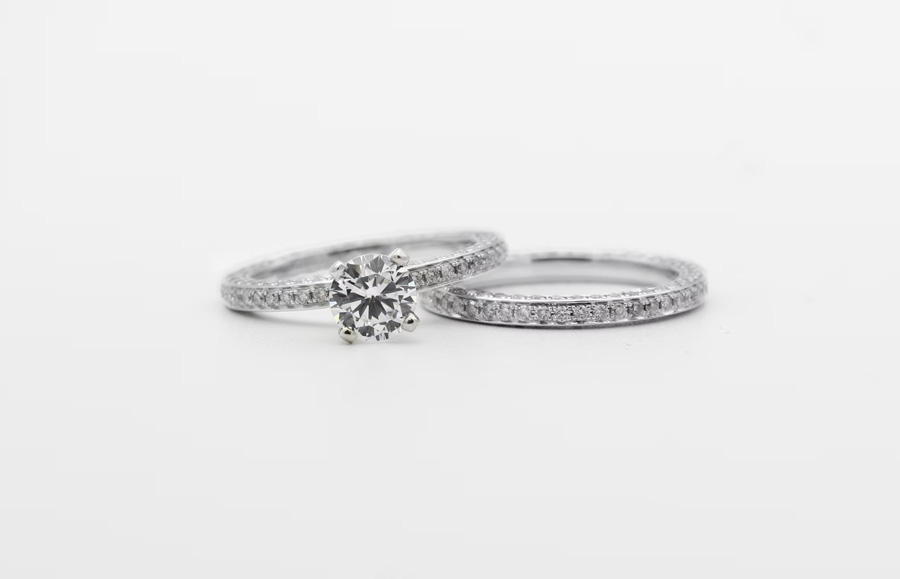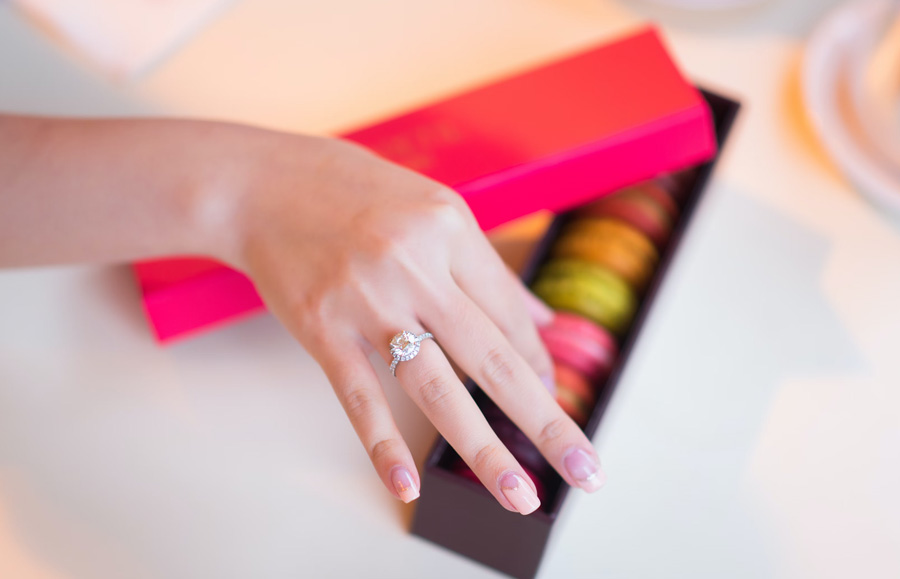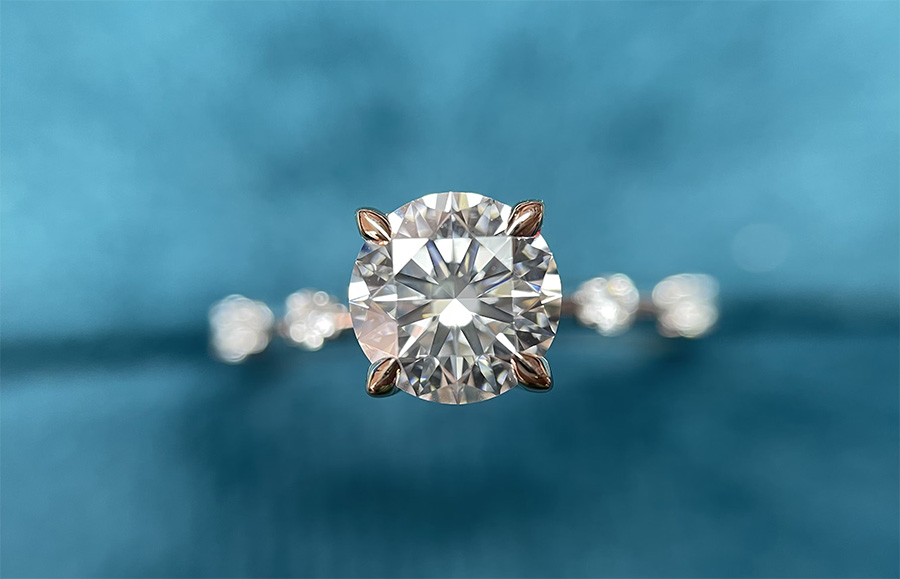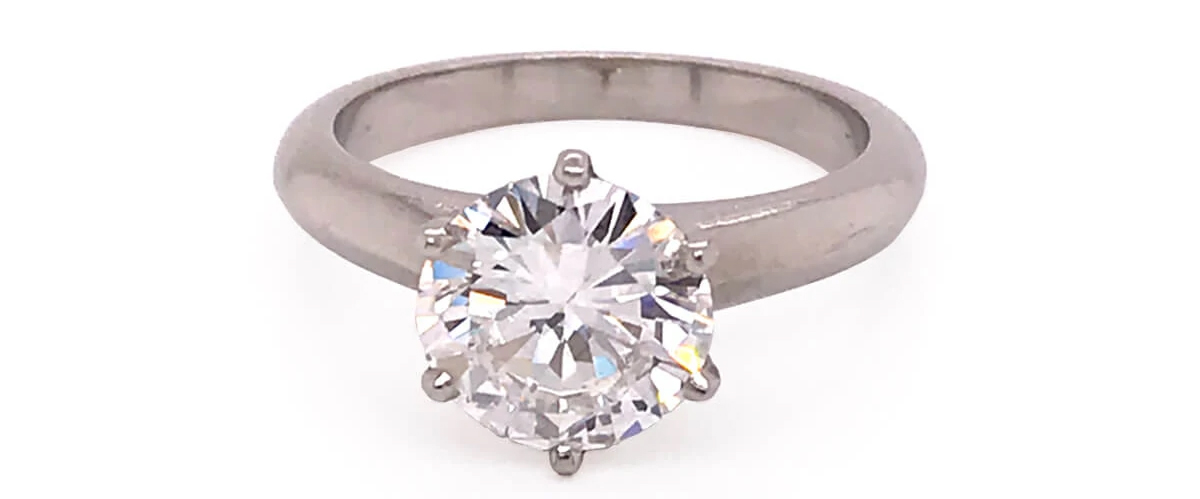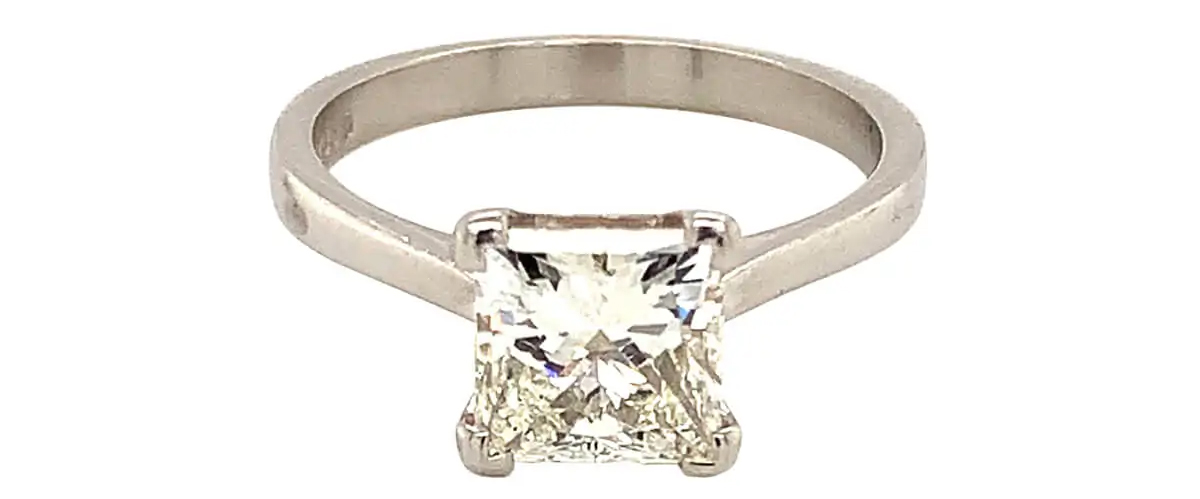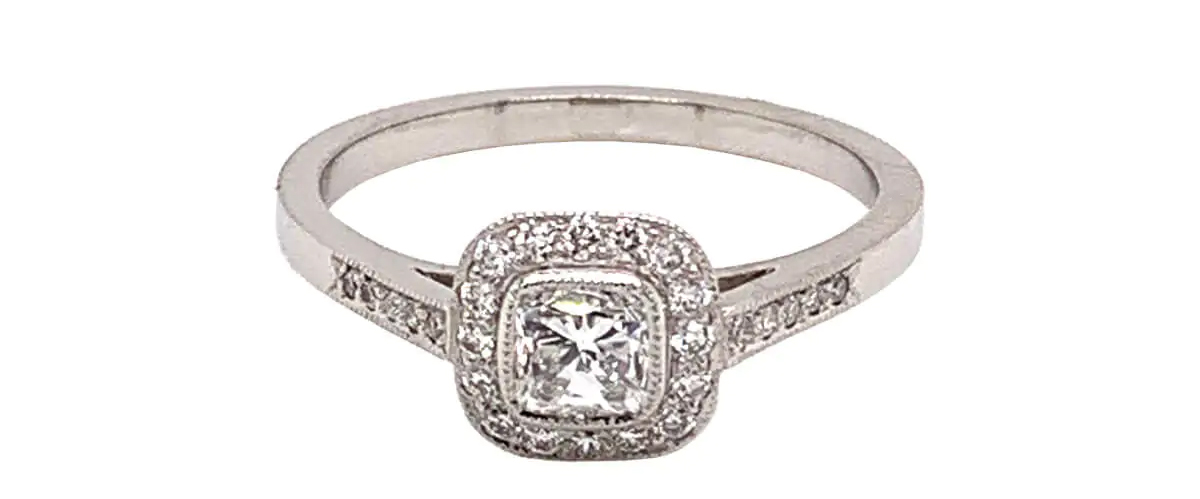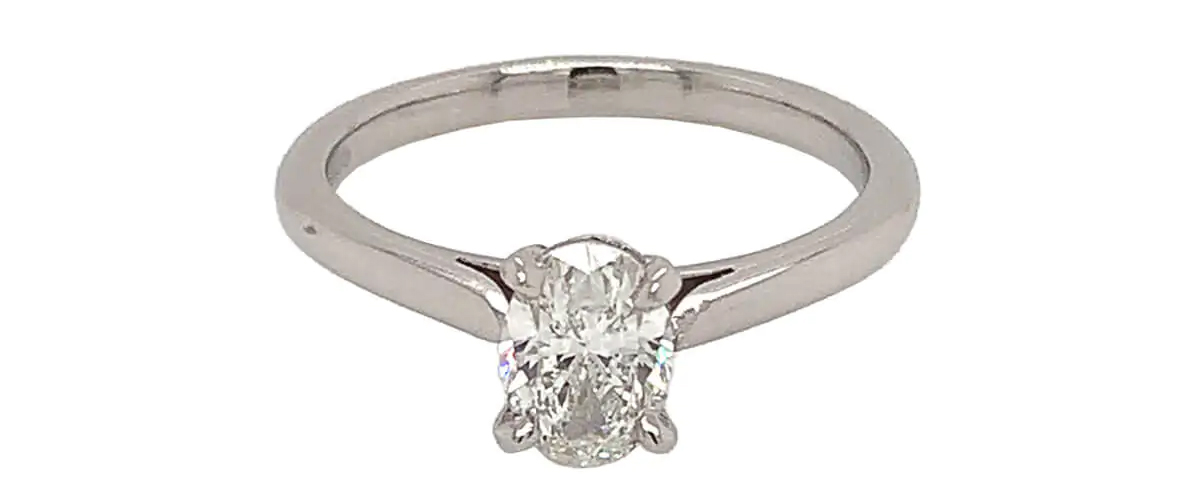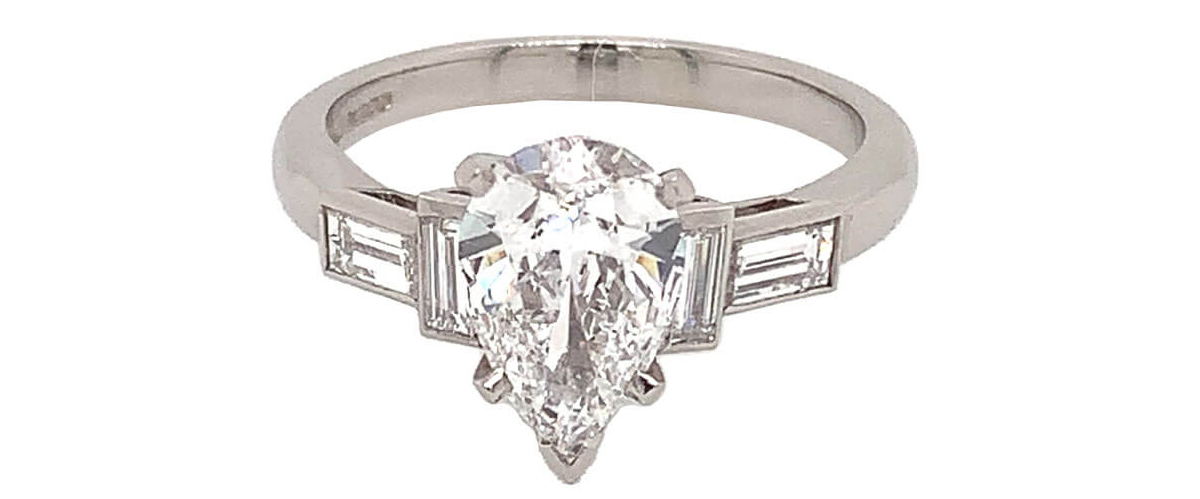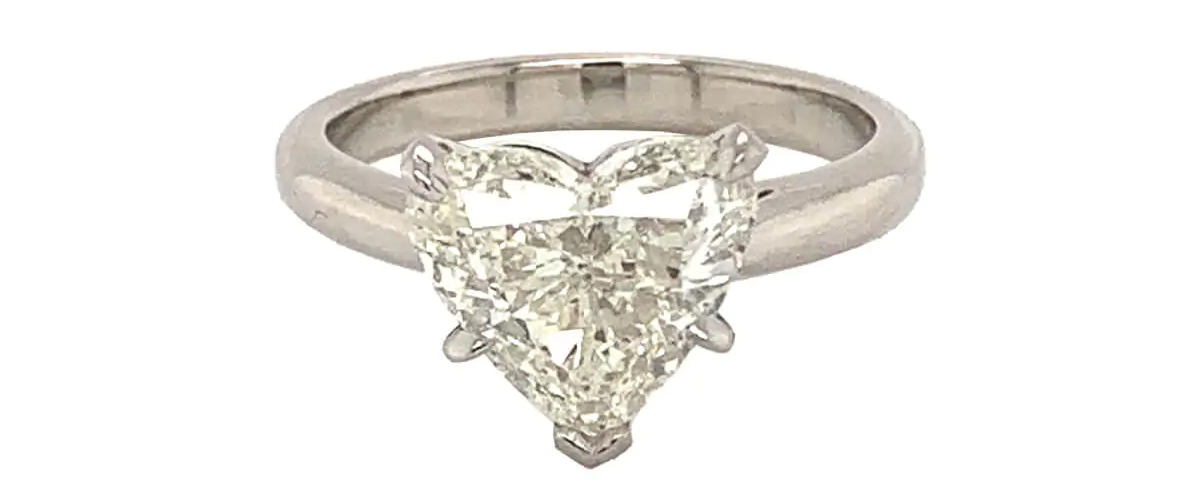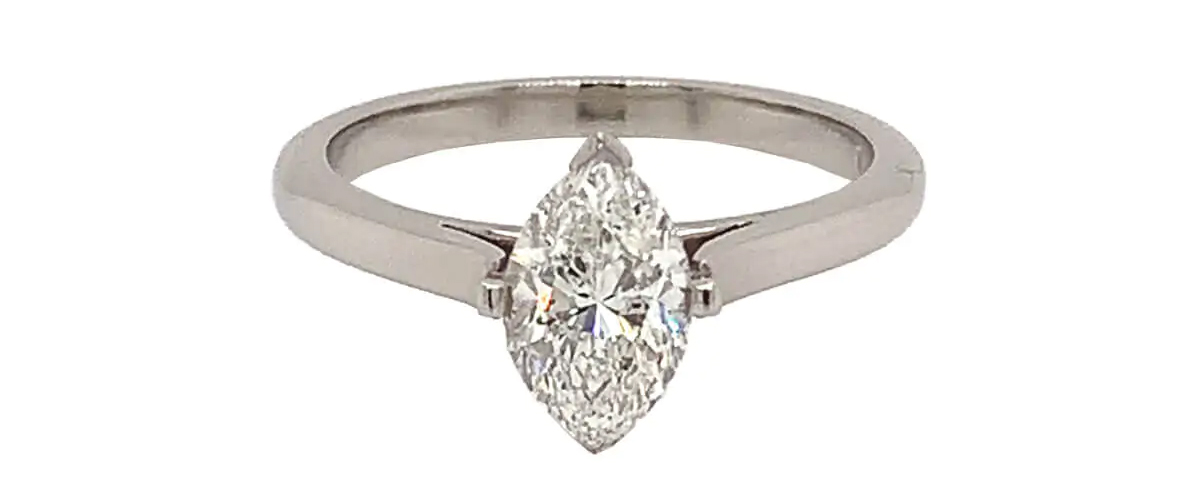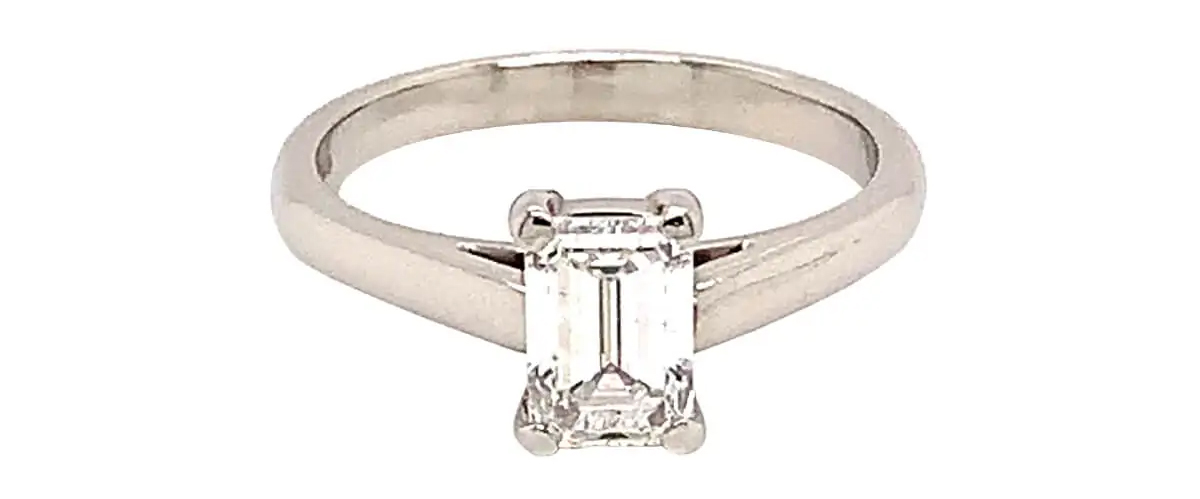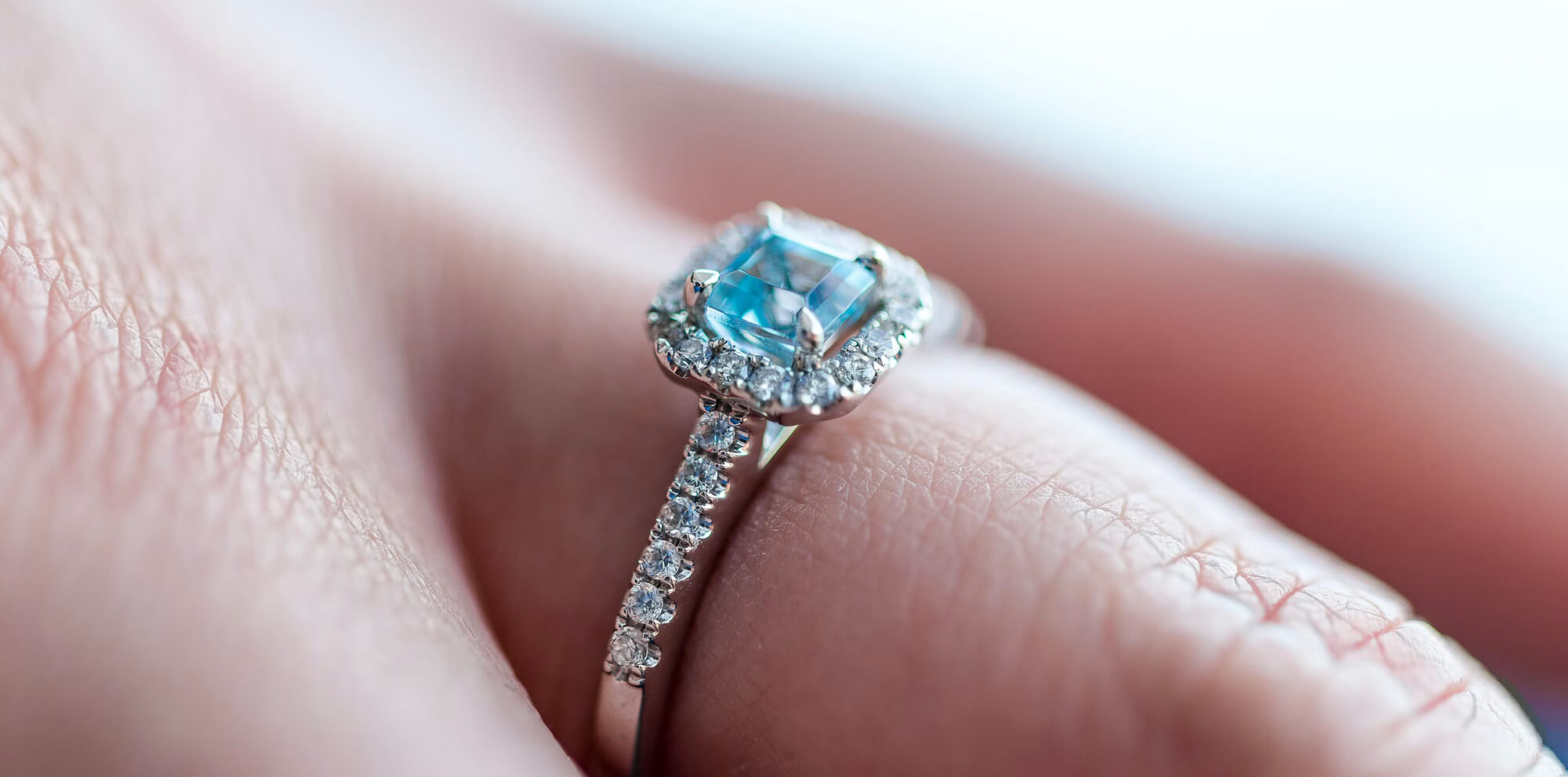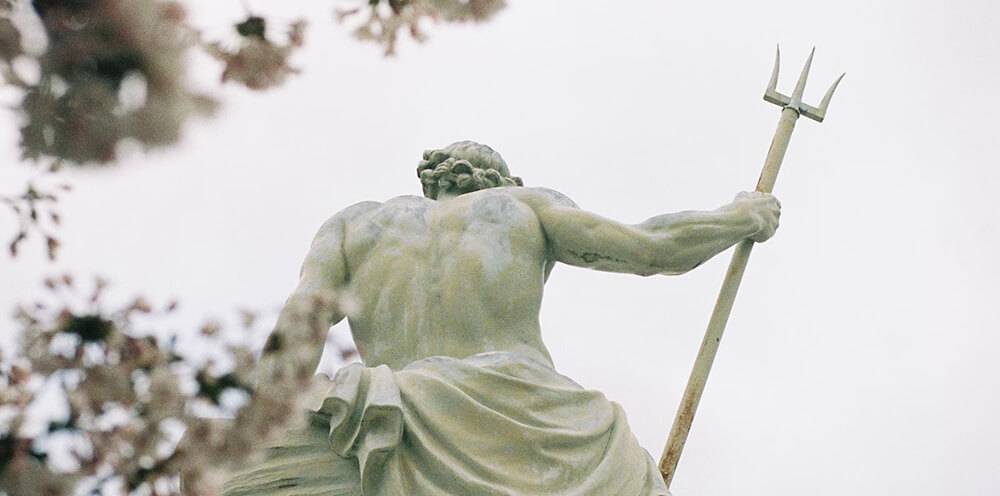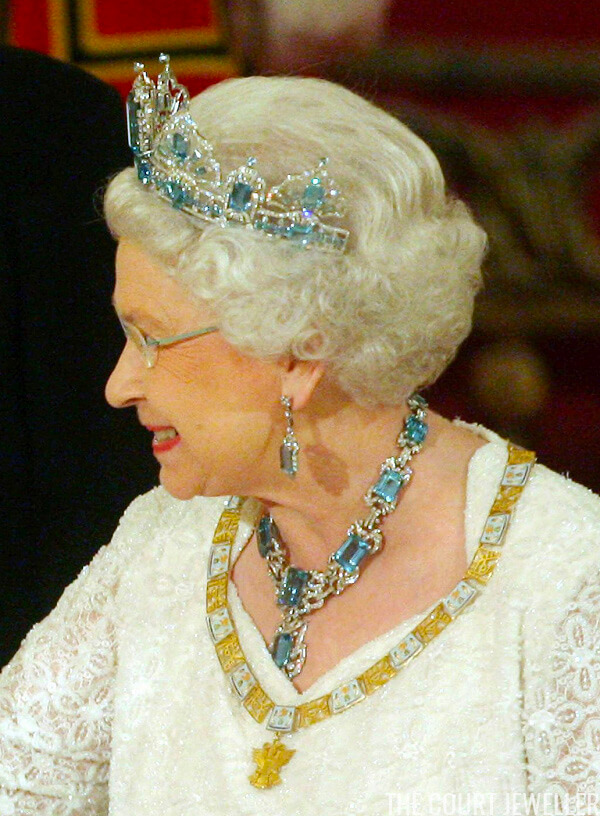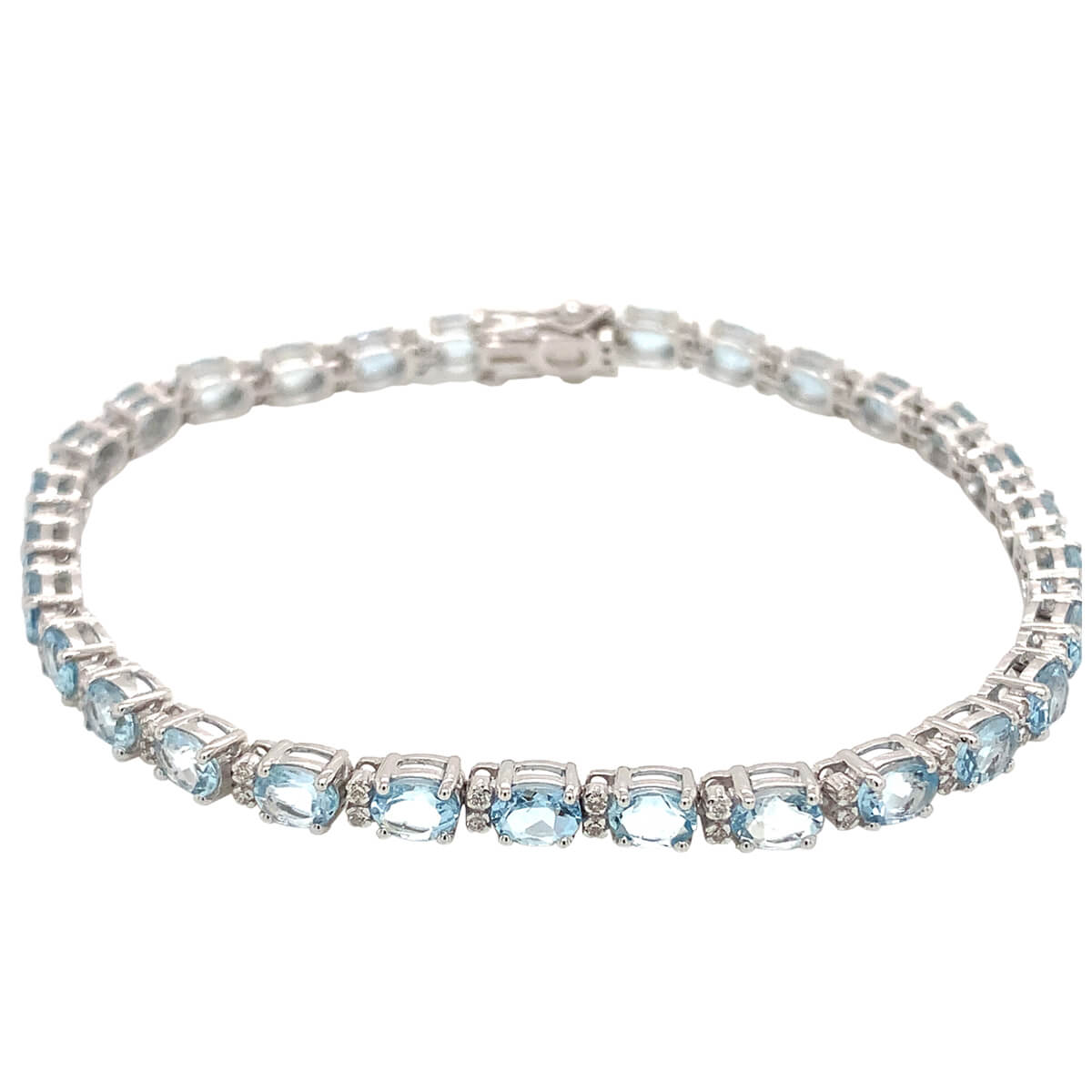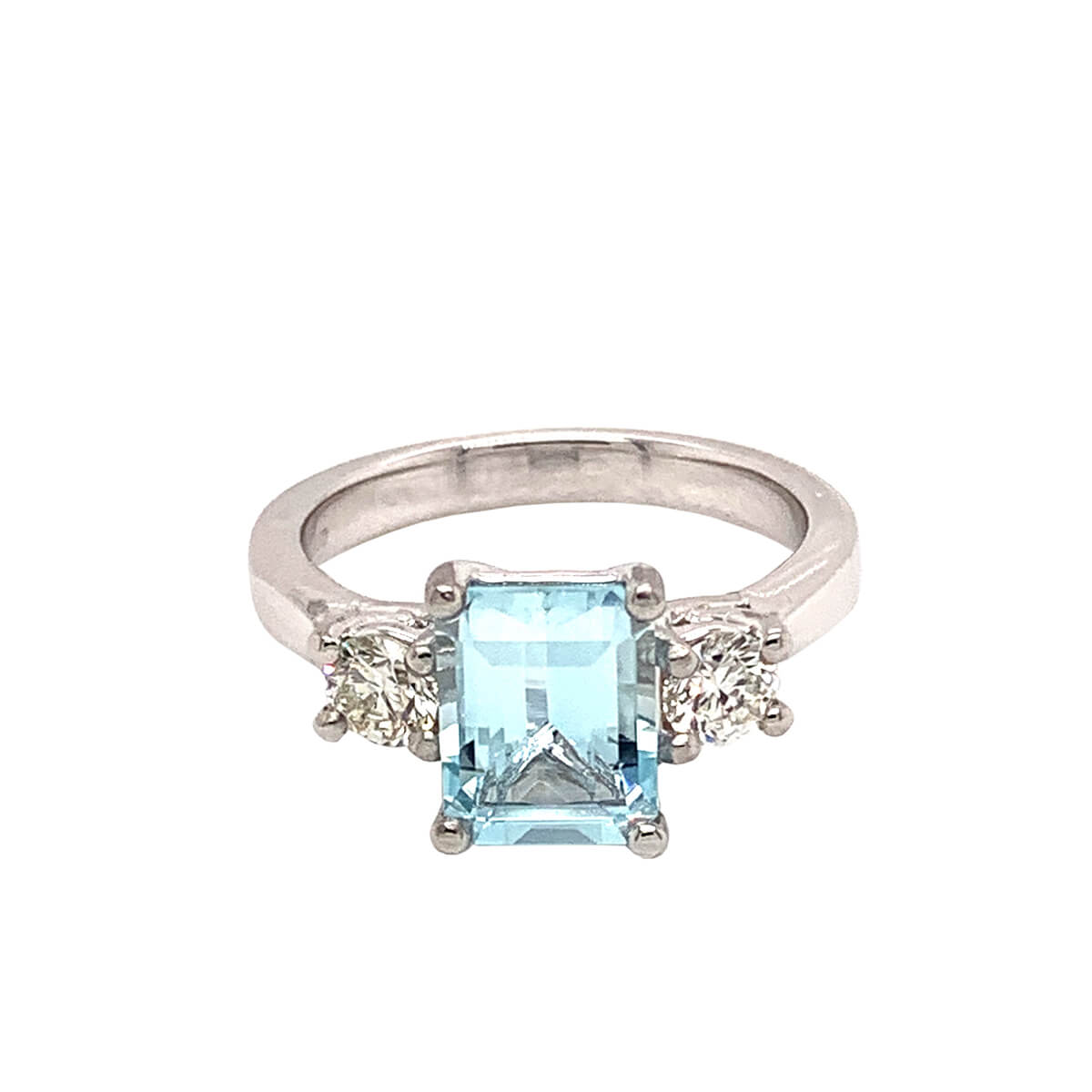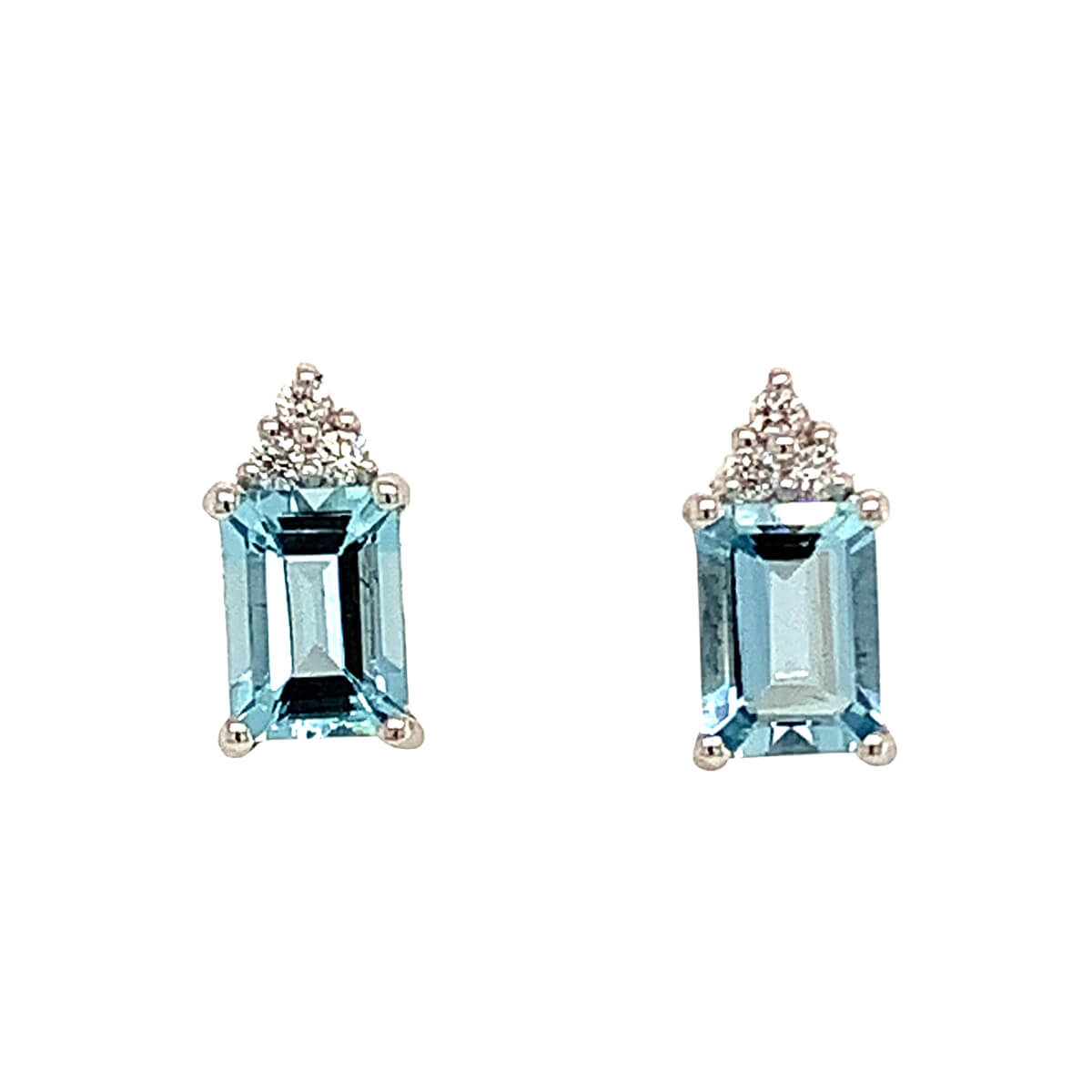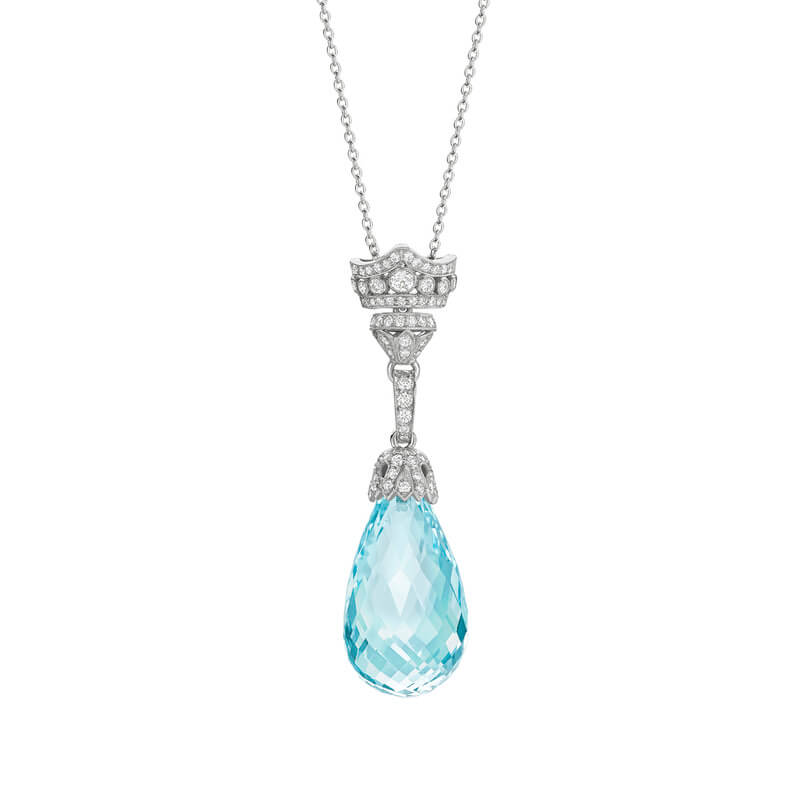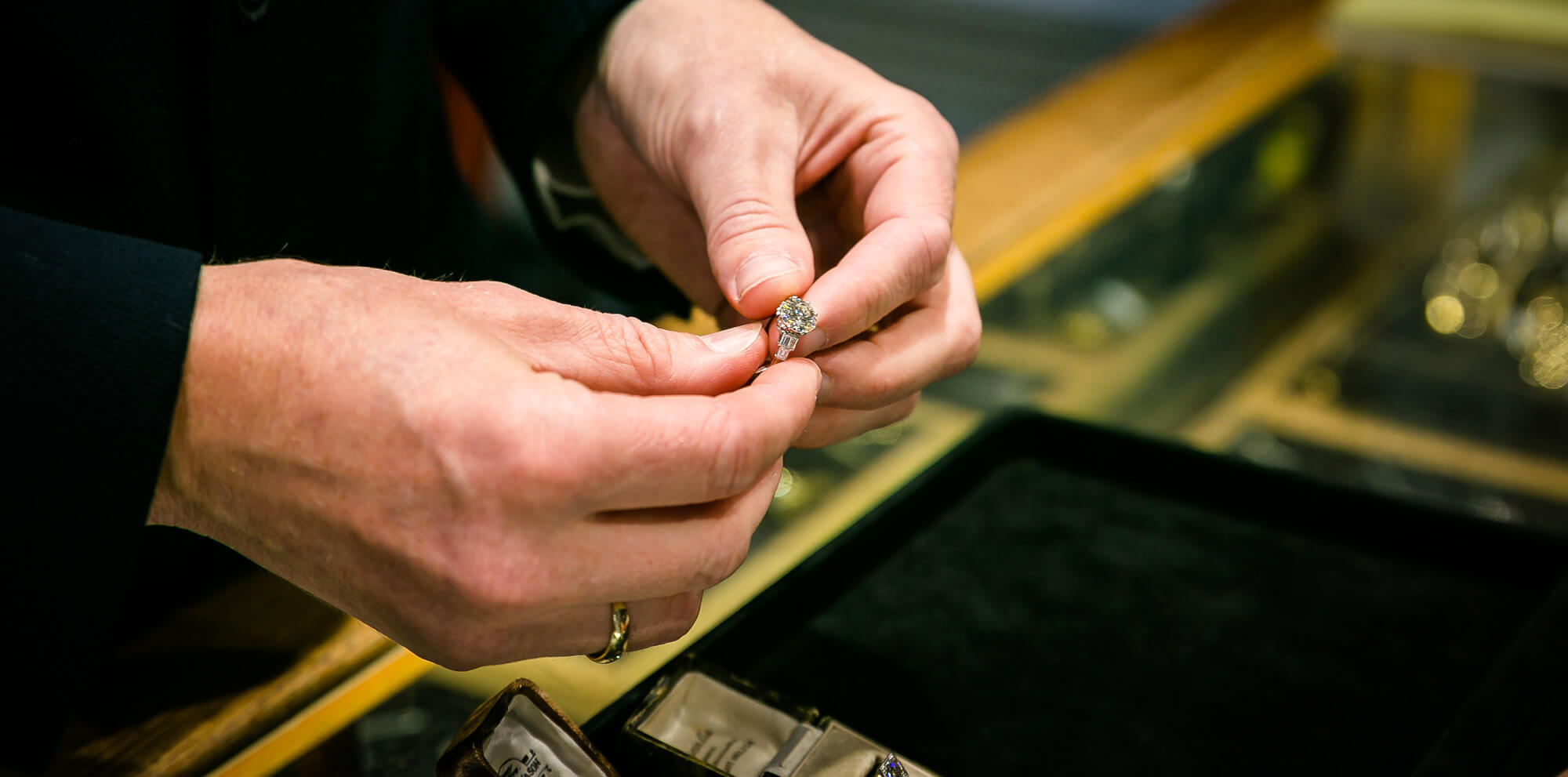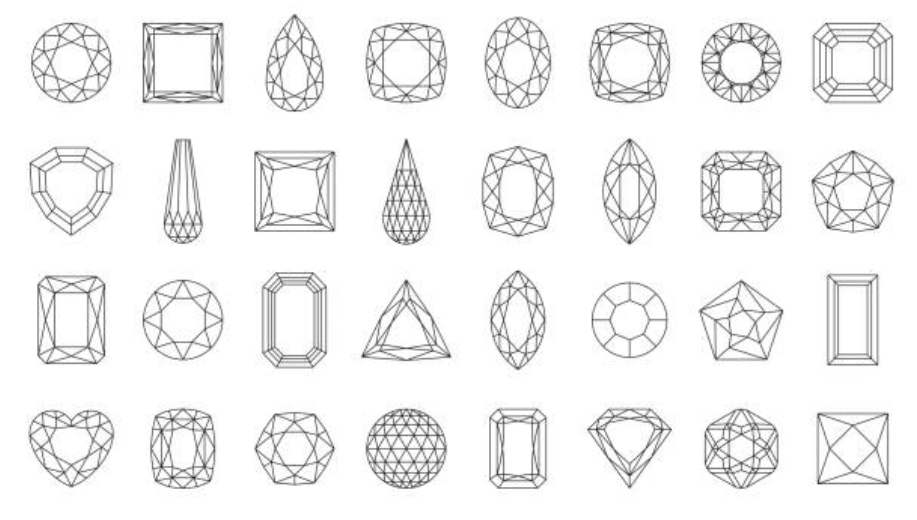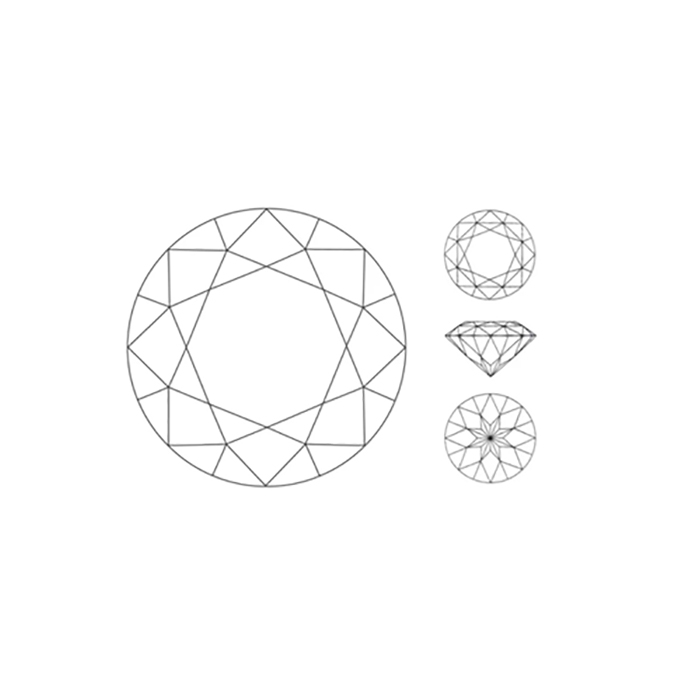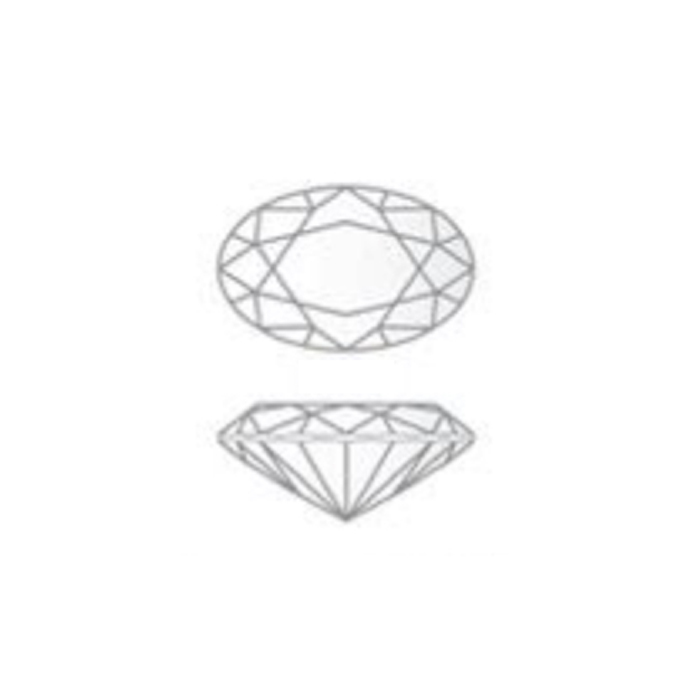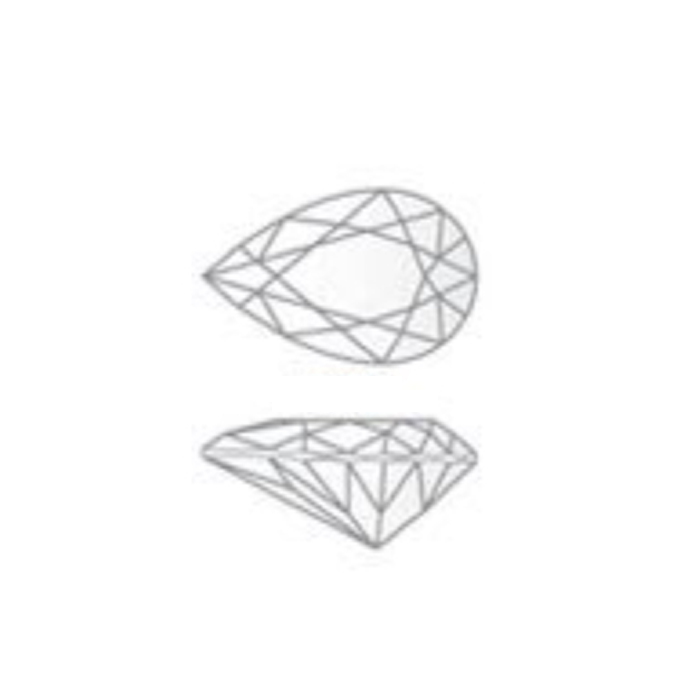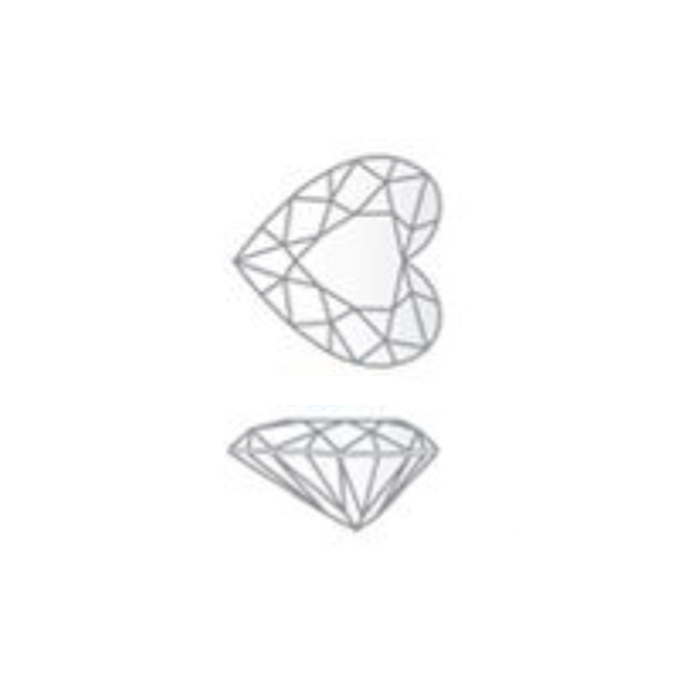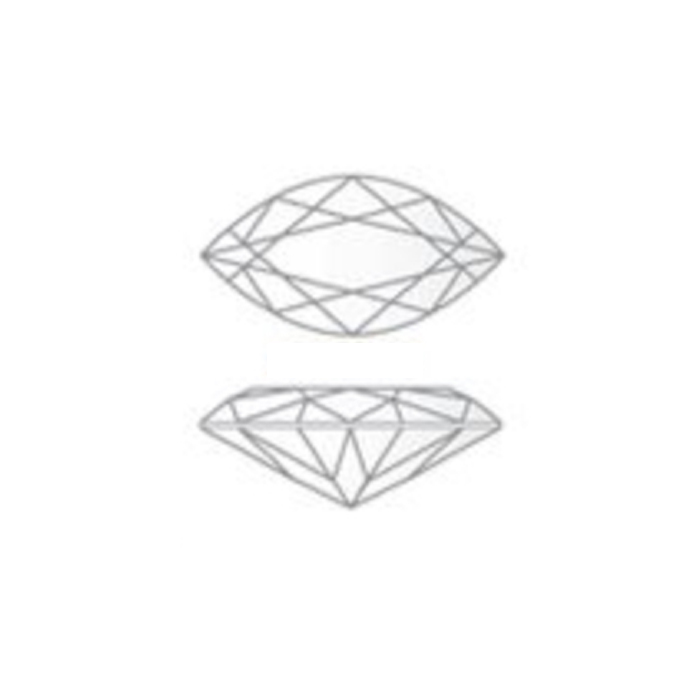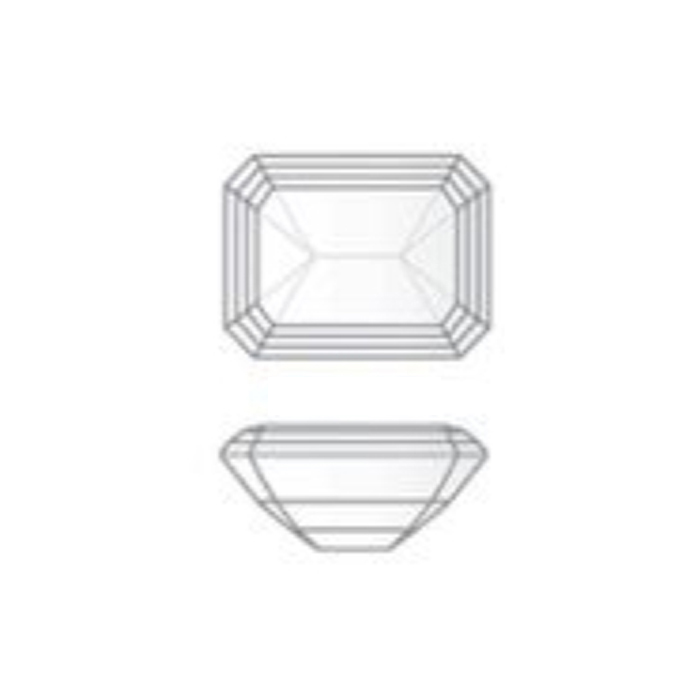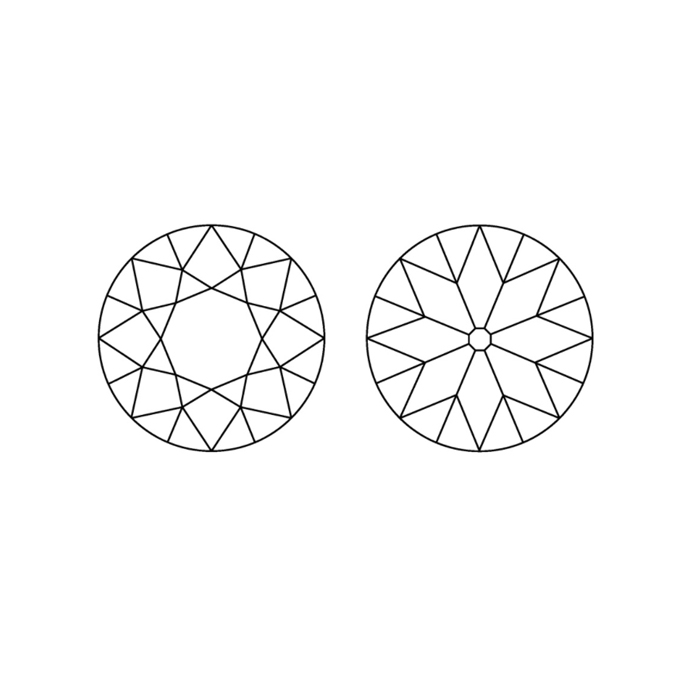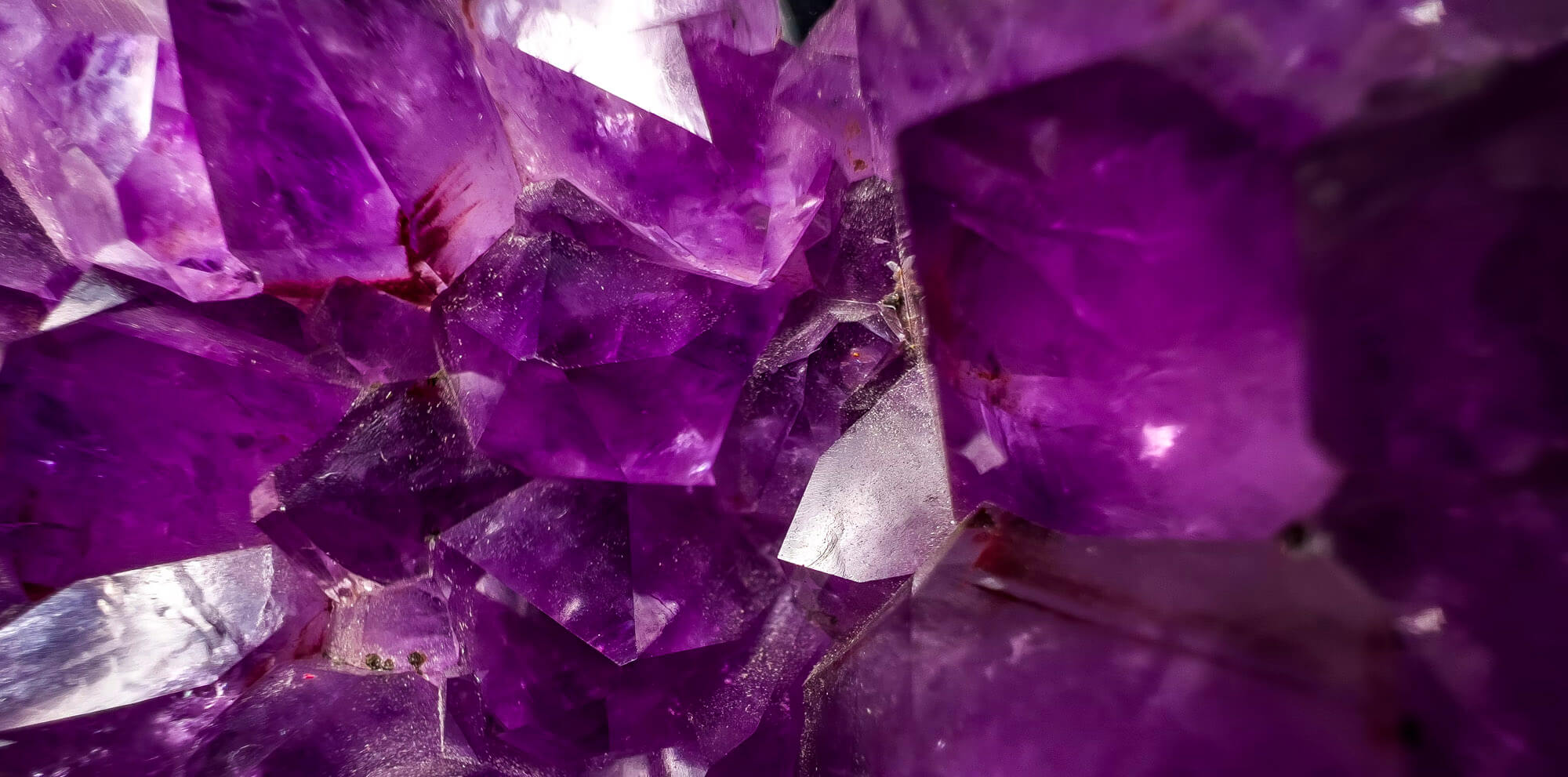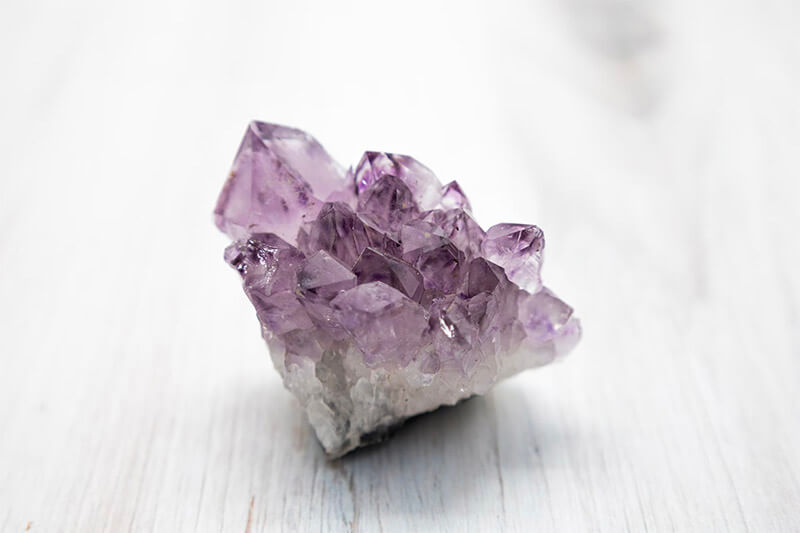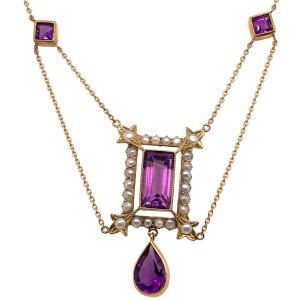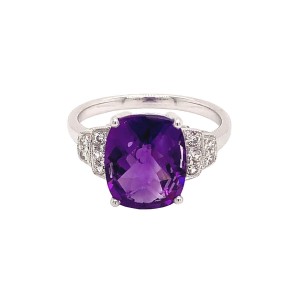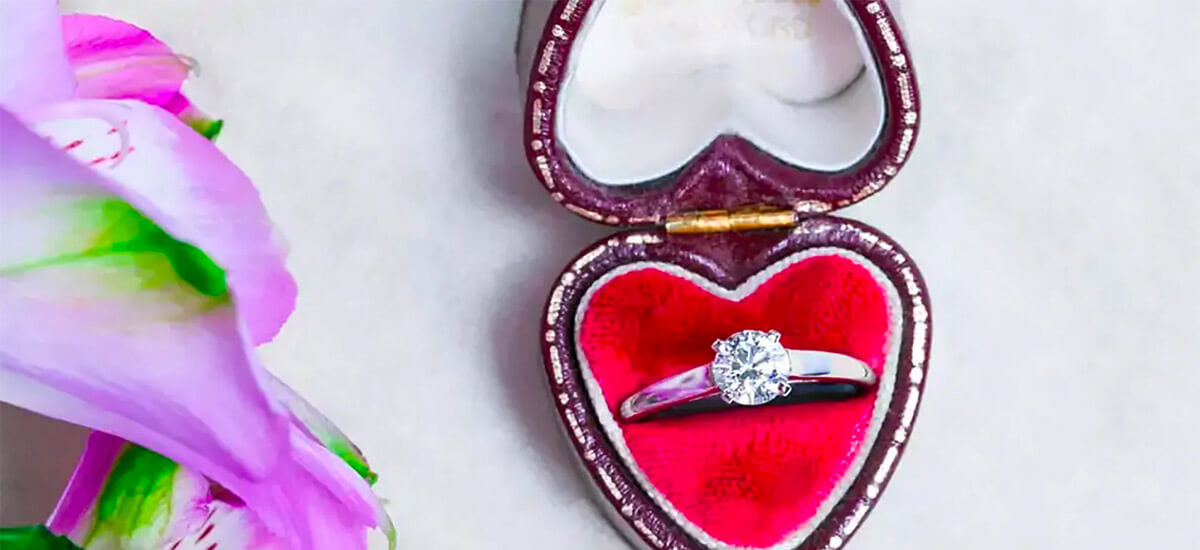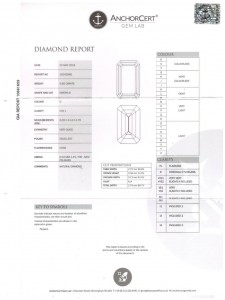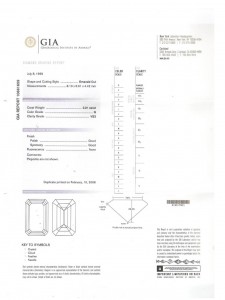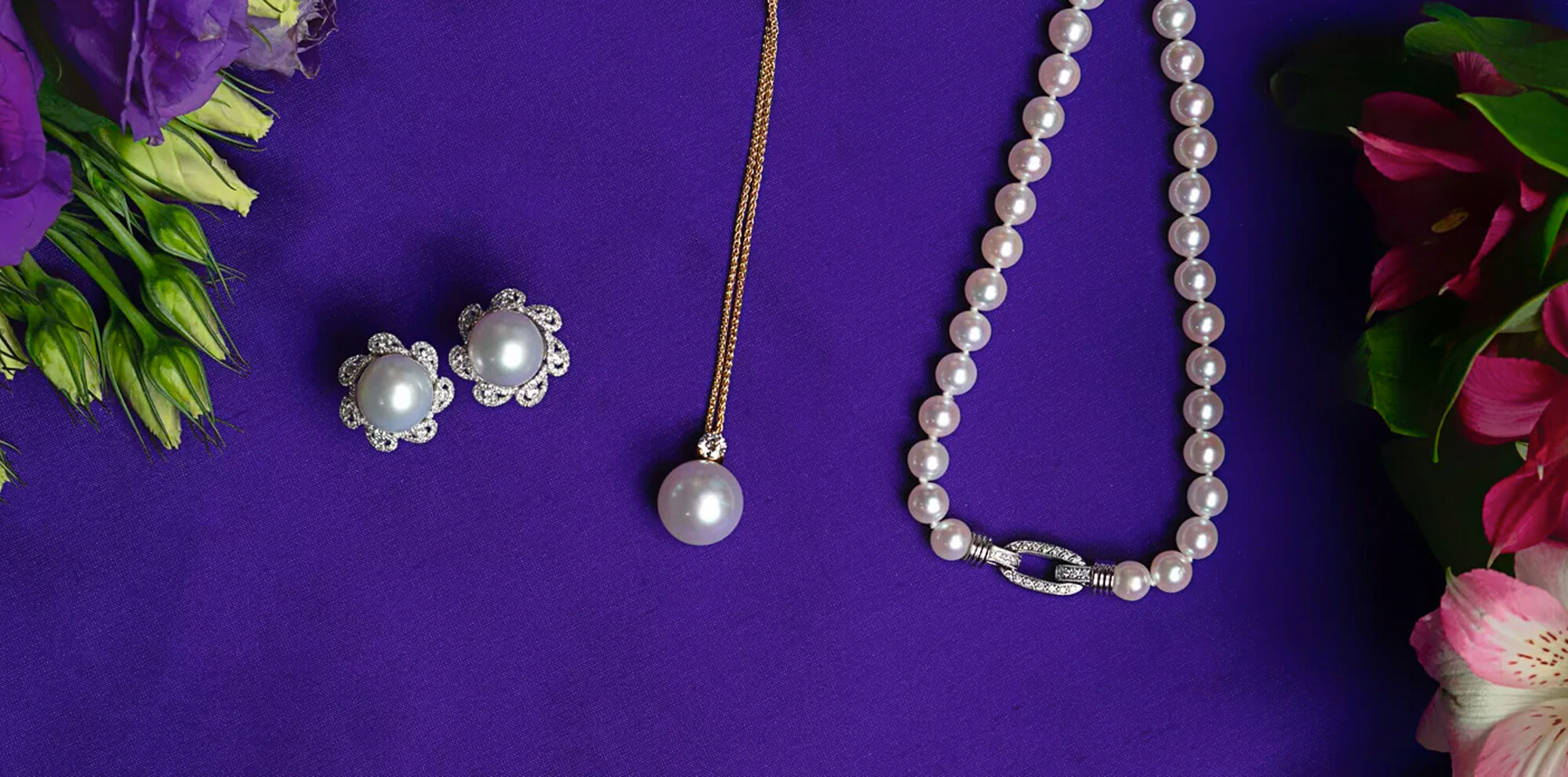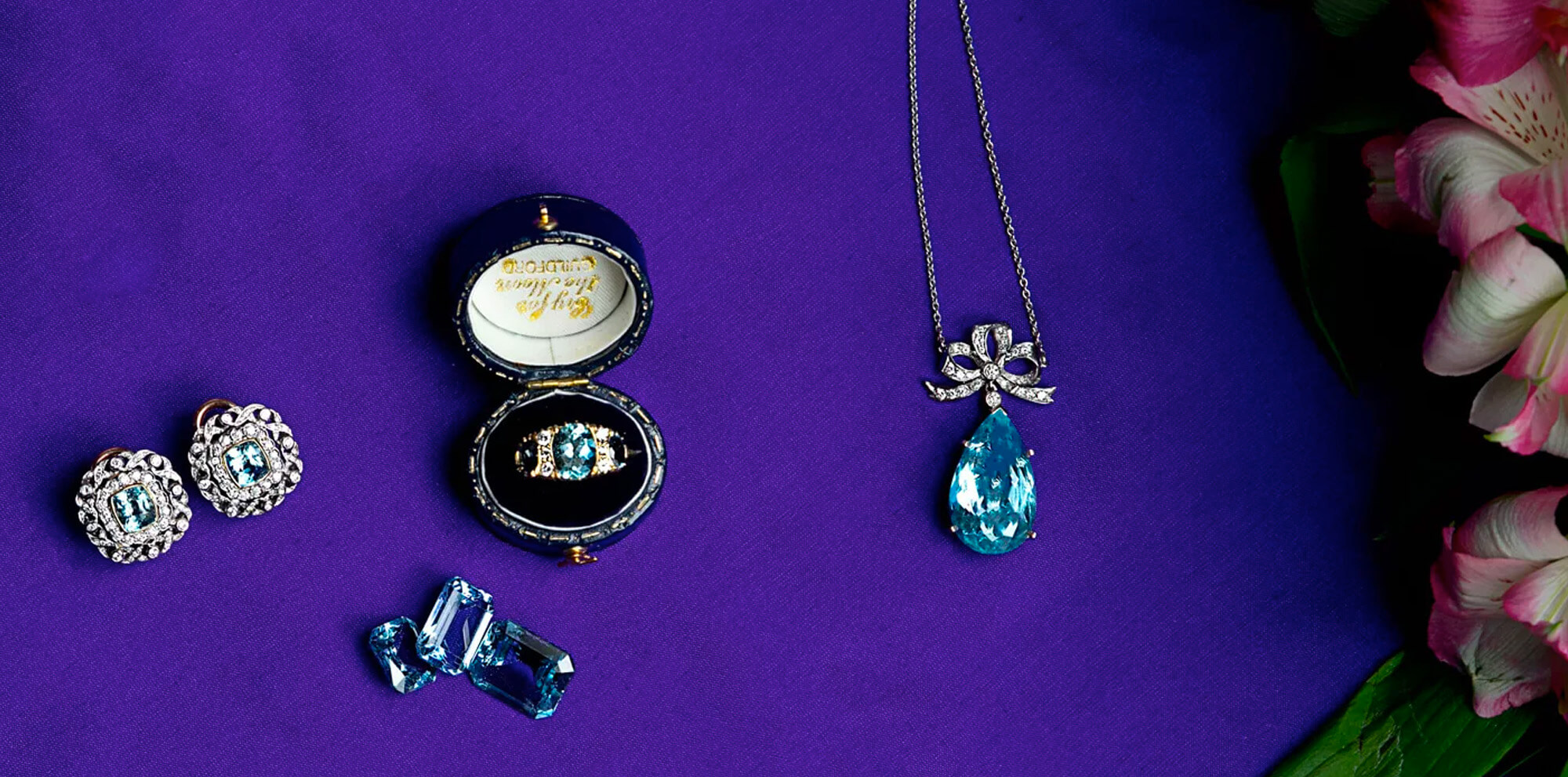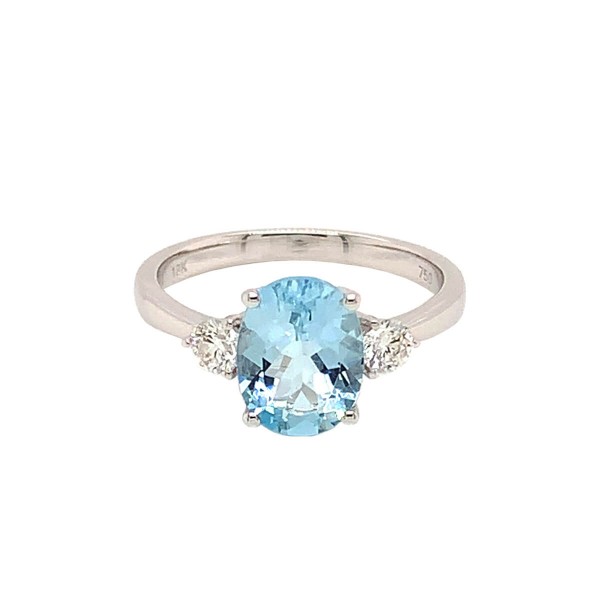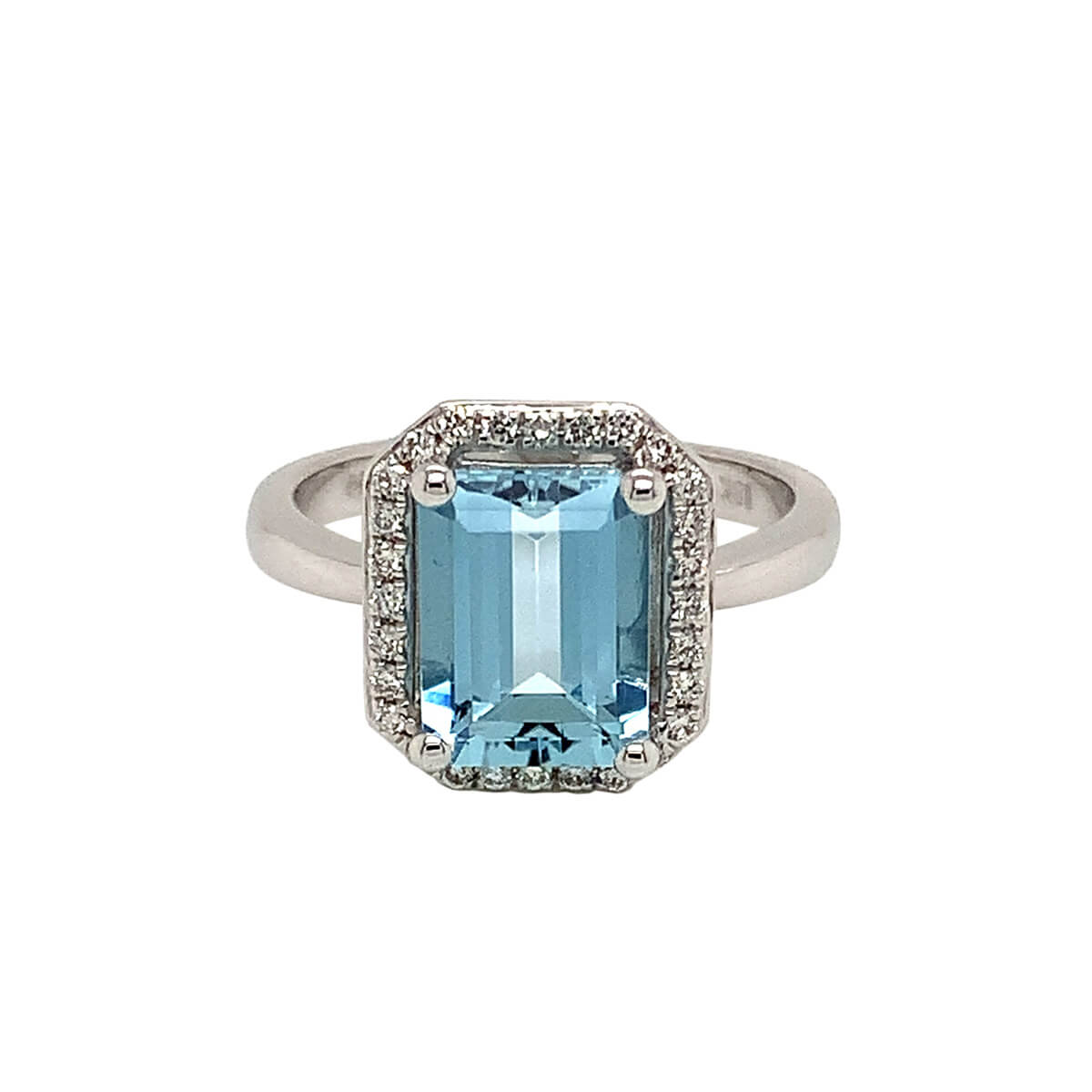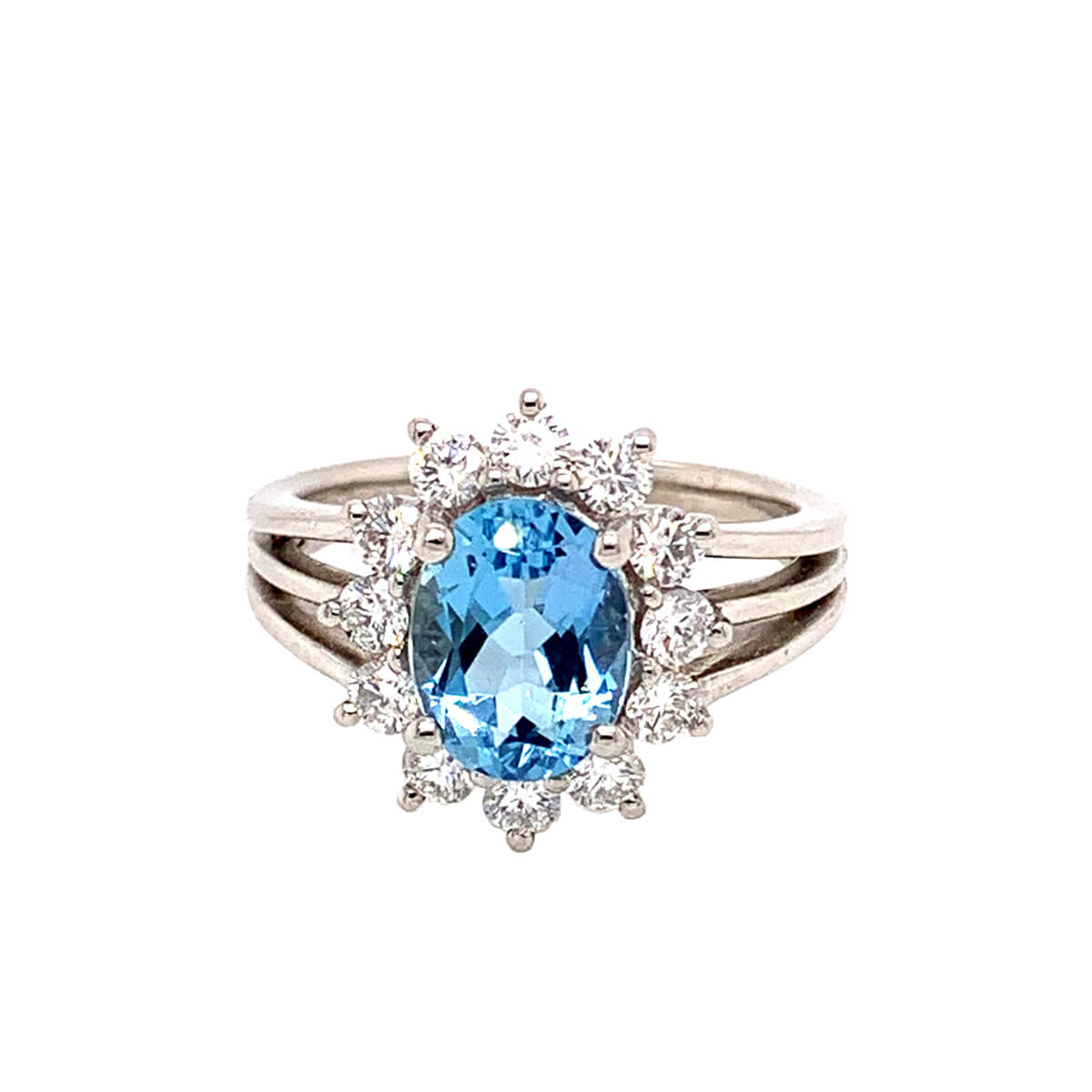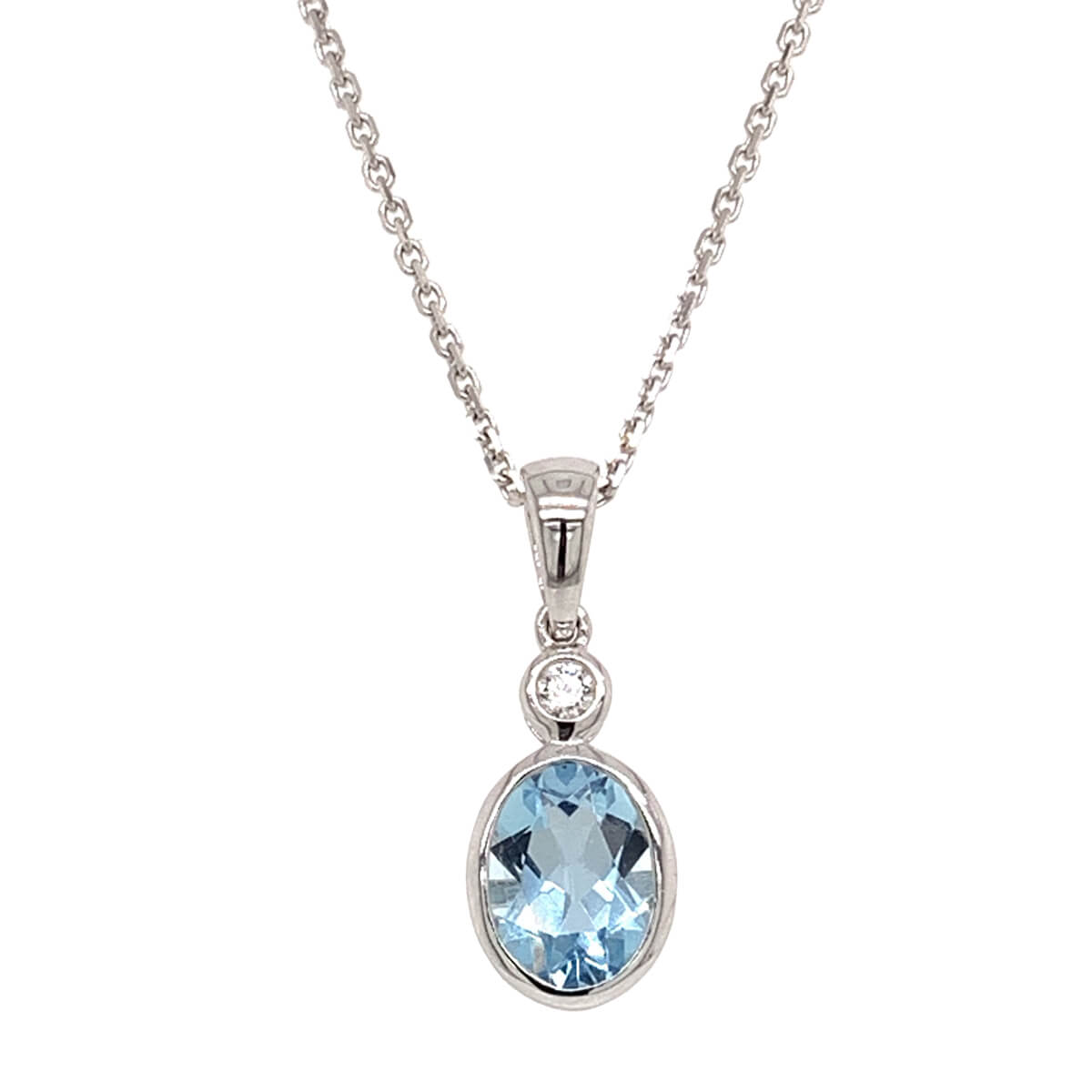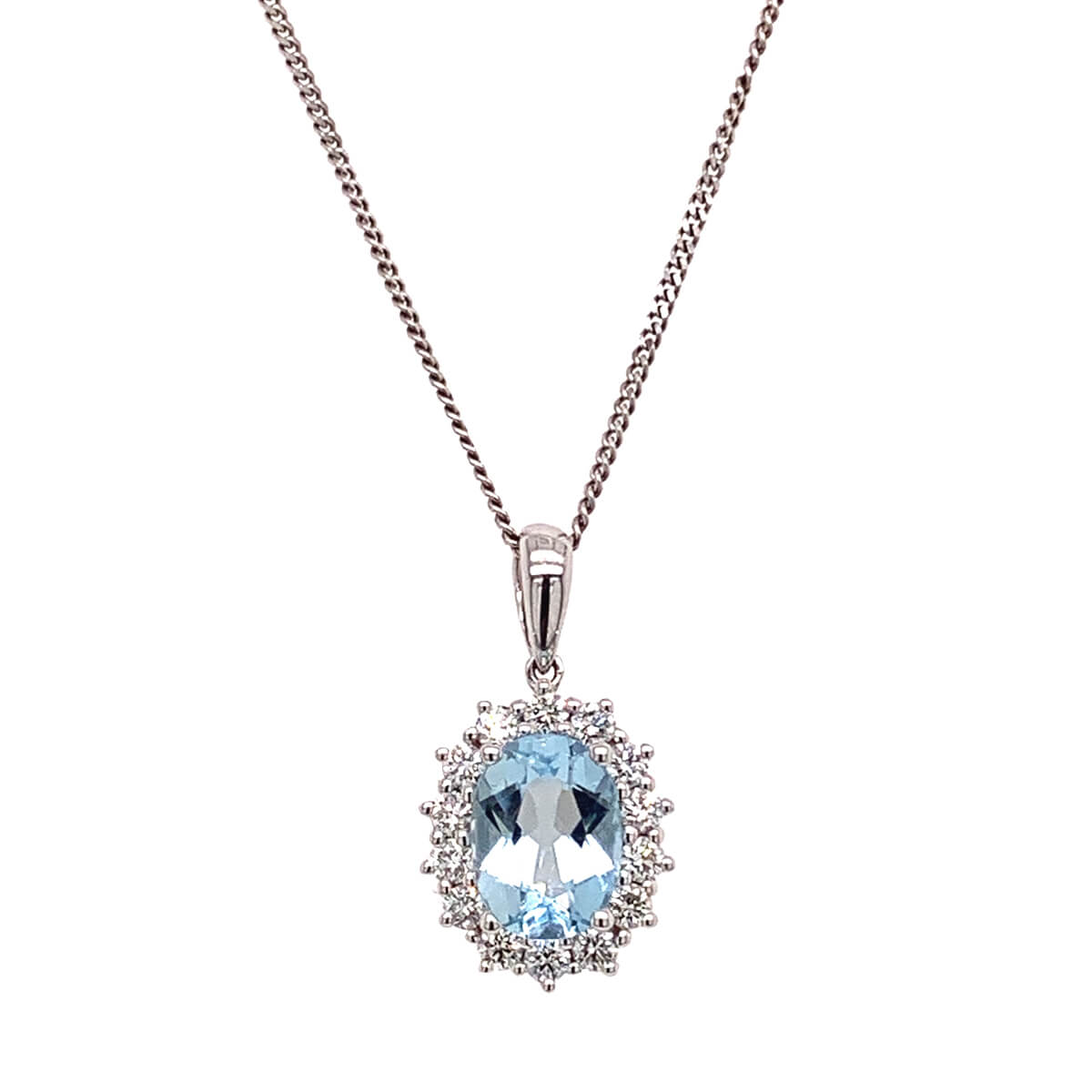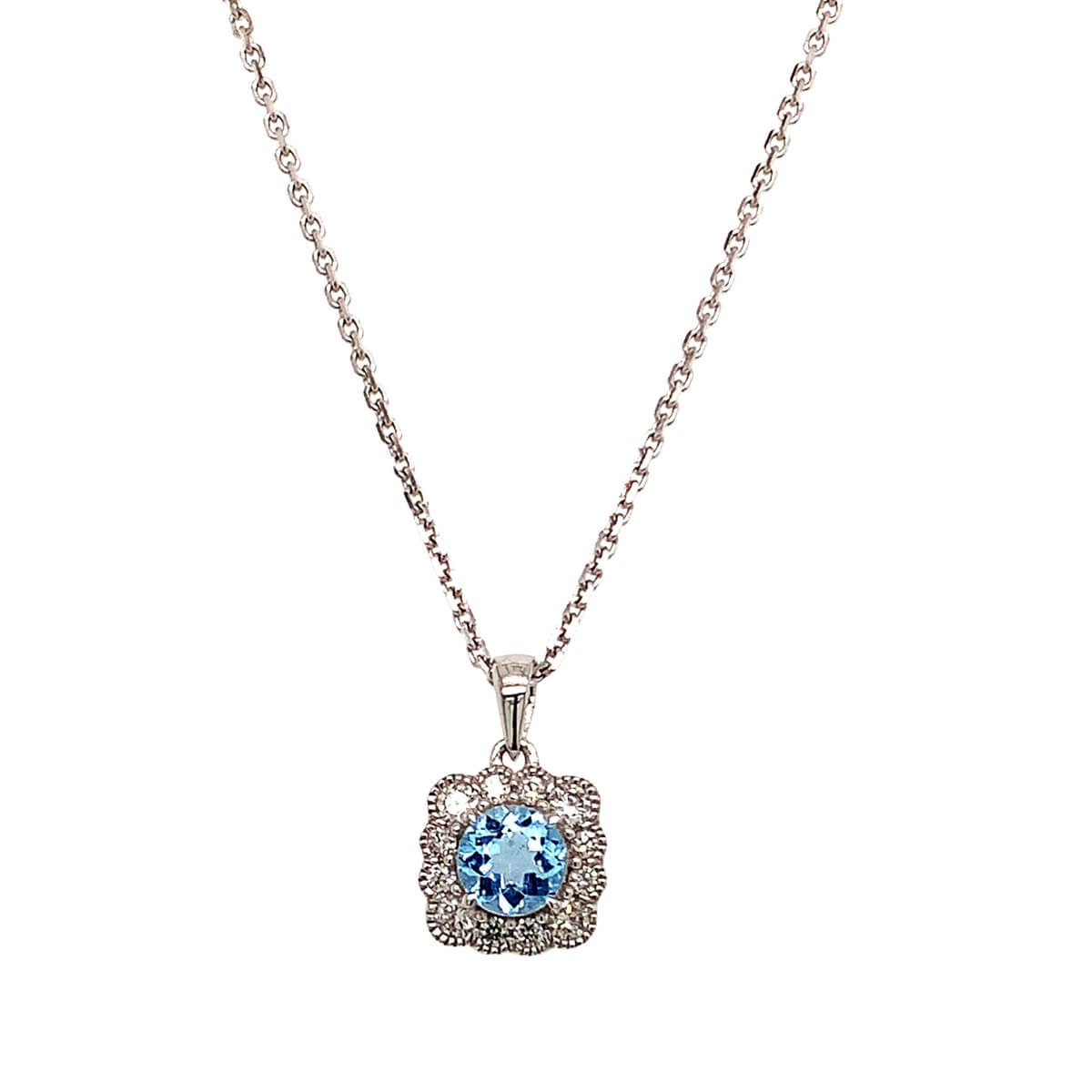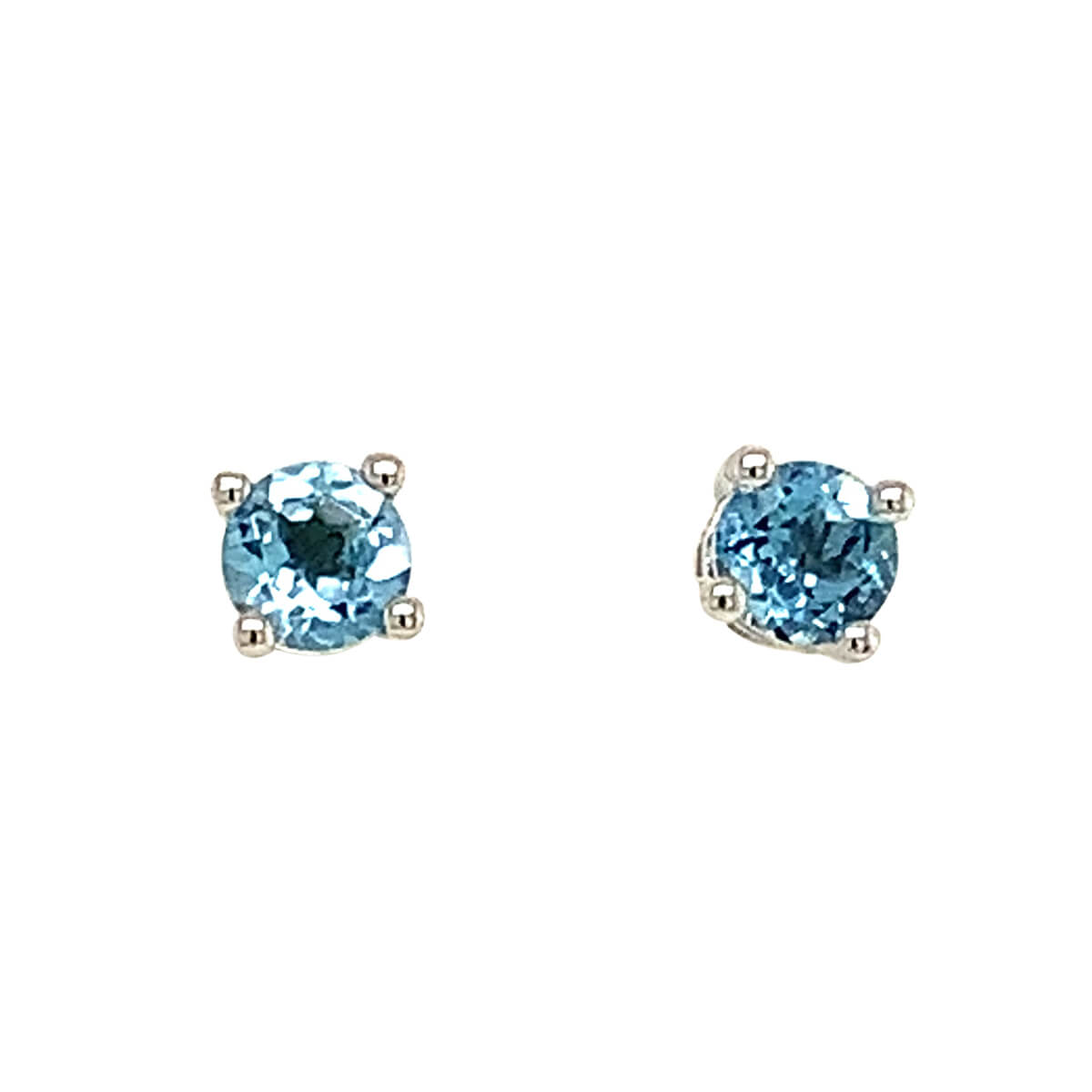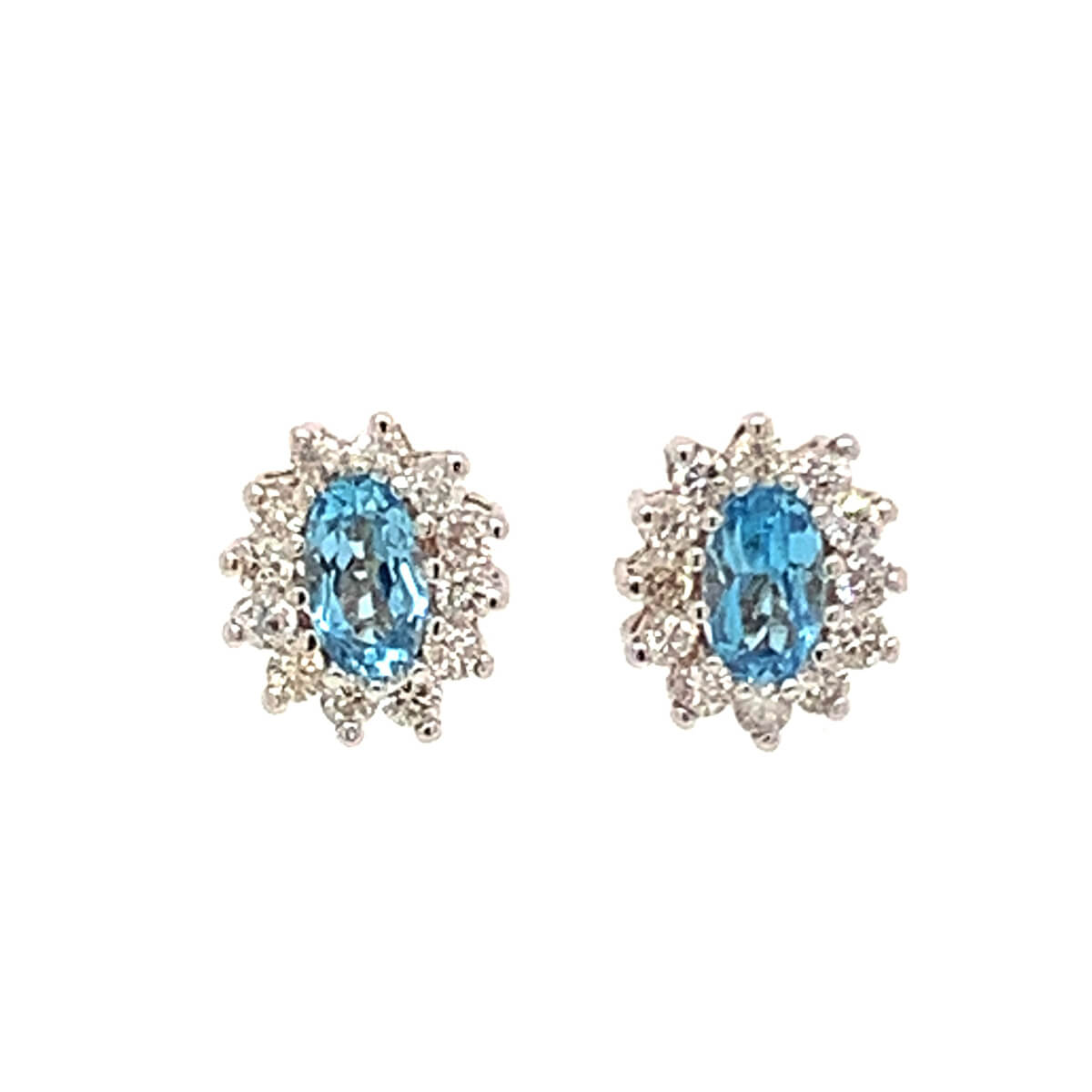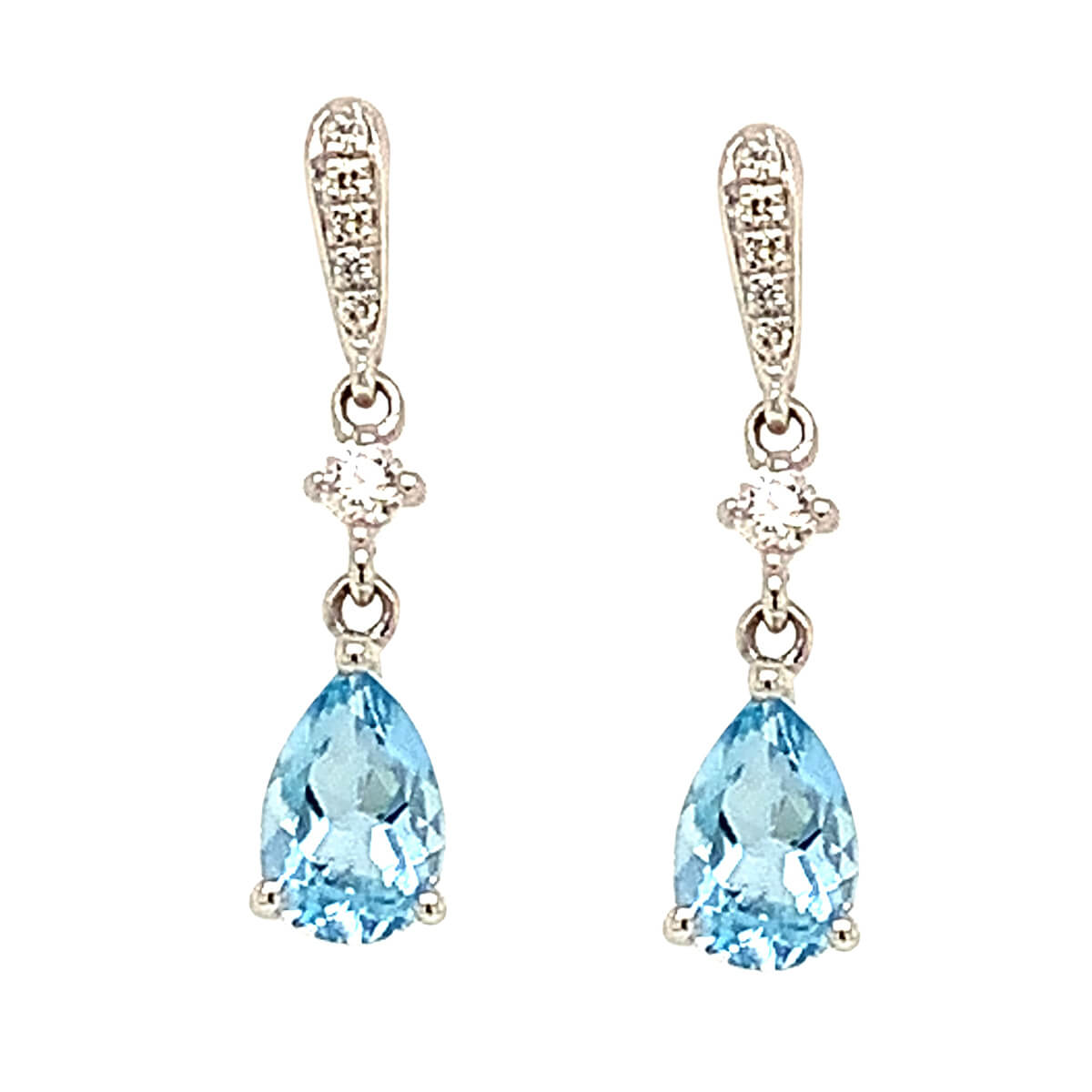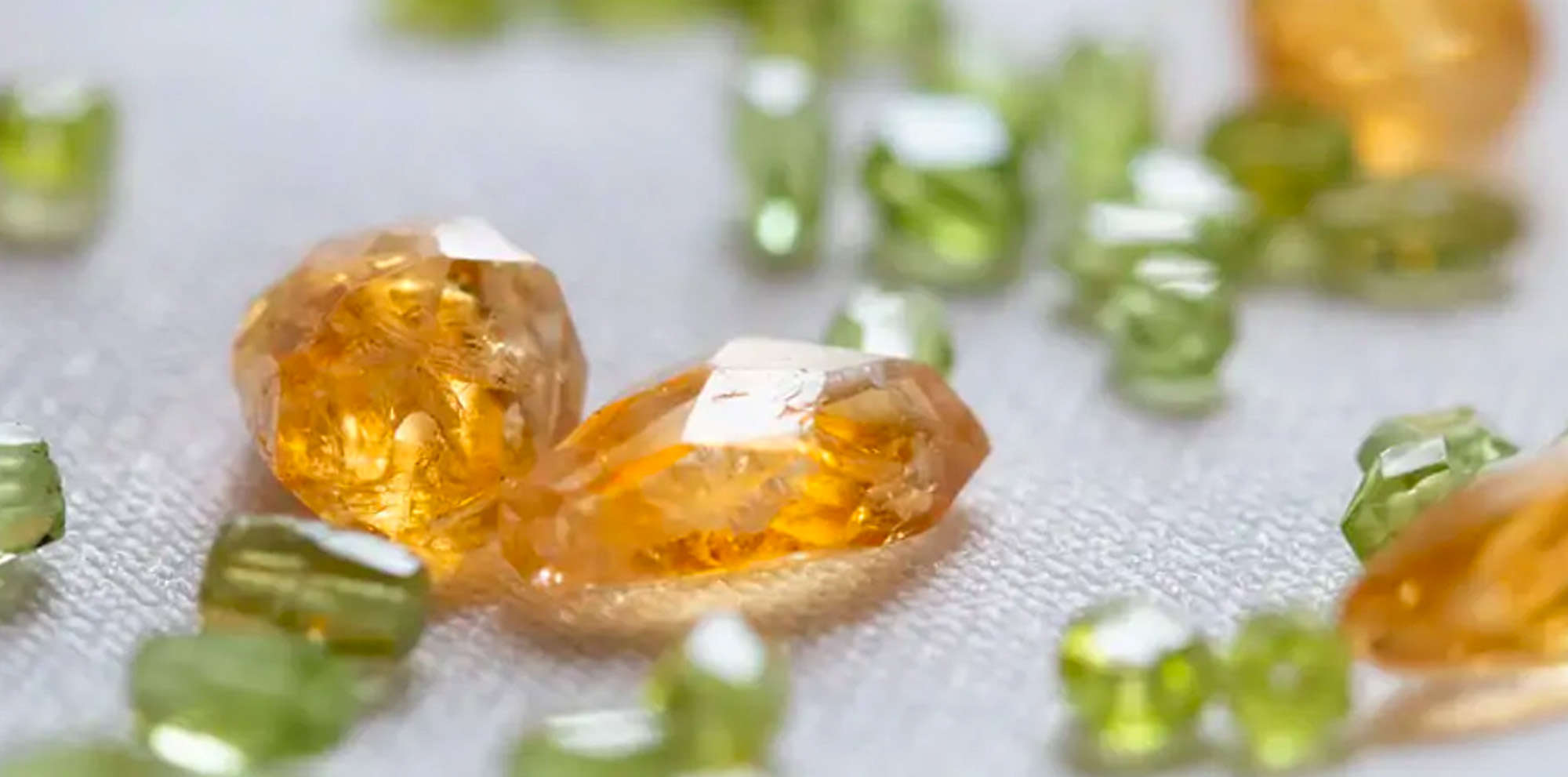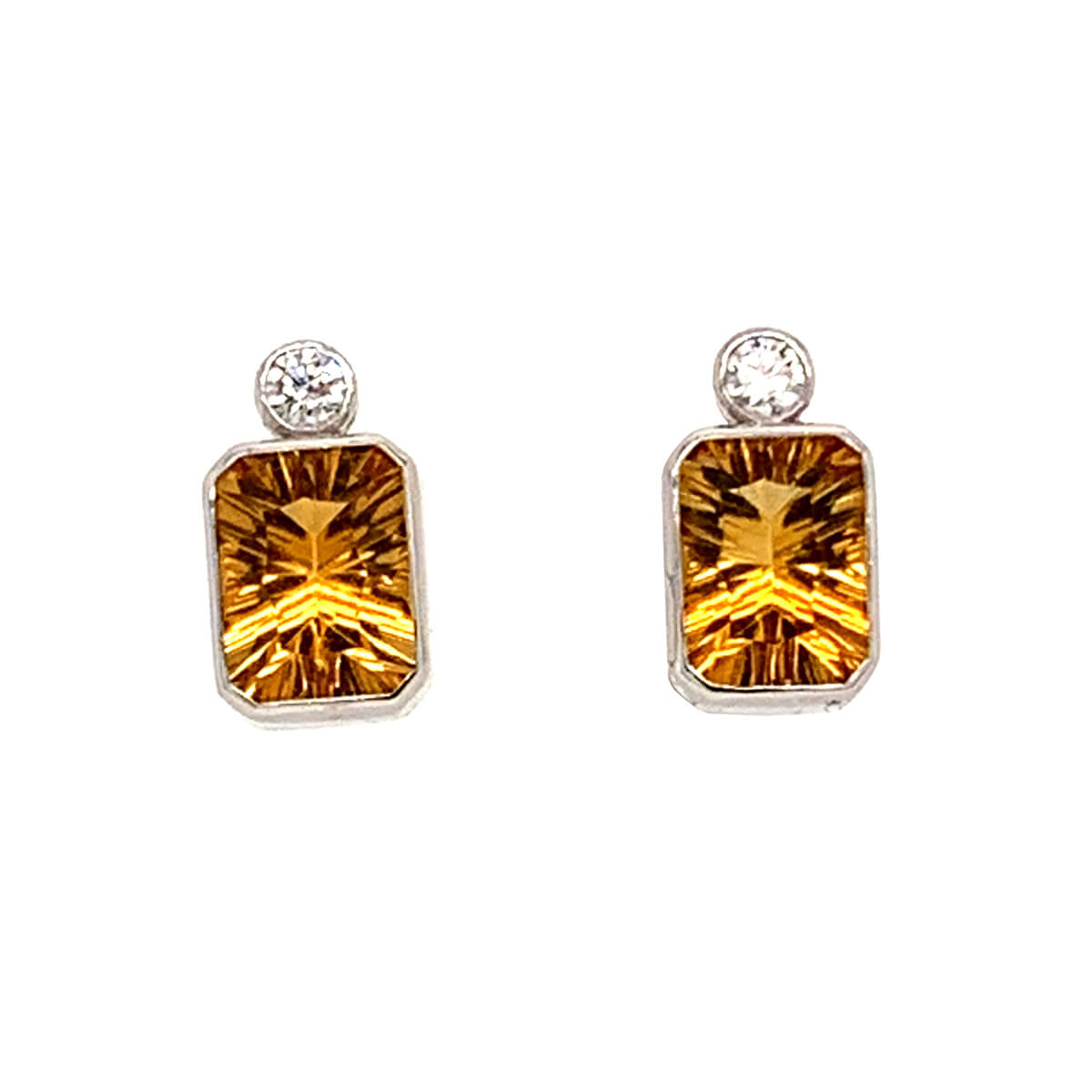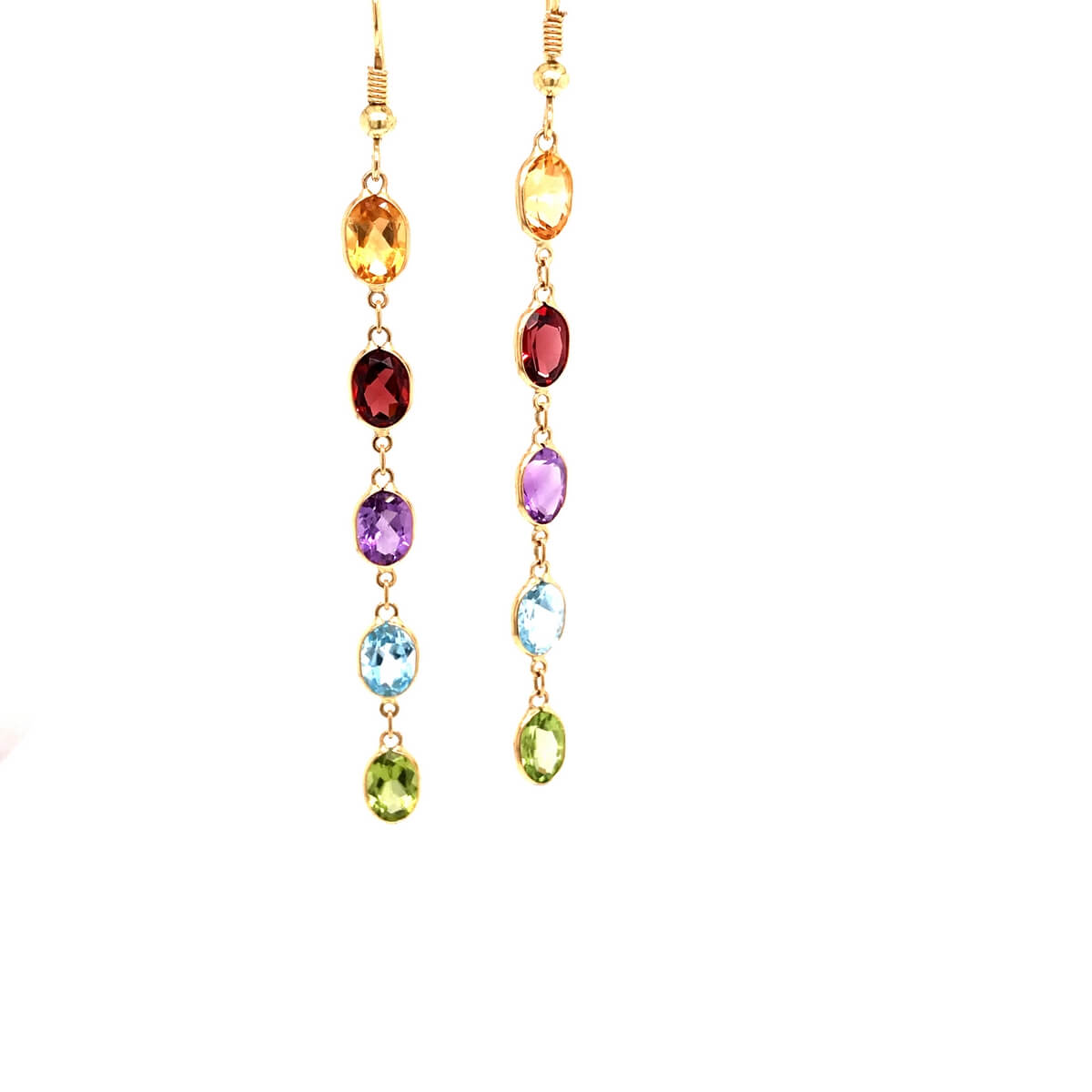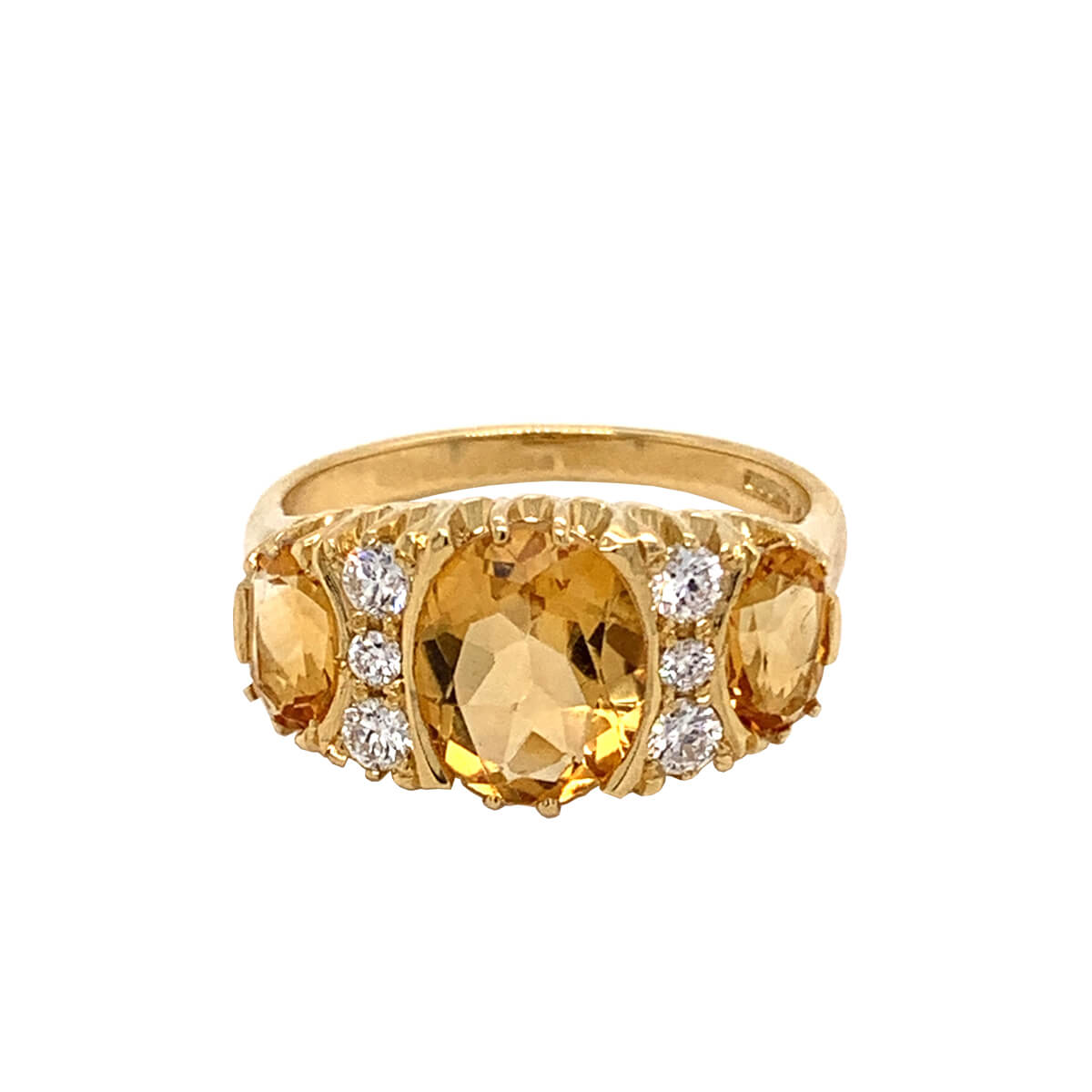There are many different types of gemstones and as knowledgeable as you may be about these beautiful stones, there are some gems you might not have heard of.
Here at Cry for the Moon we sell a variety of beautiful gemstone jewellery pieces that are sure to catch the eye and compliment any outfit. But the gems in this article are certainly harder to find.
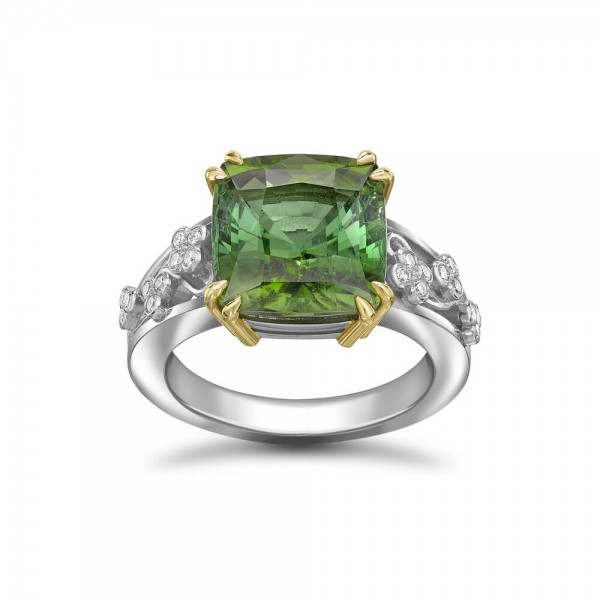 |
View jewellery rangeFrom just £120 |
Let’s take a look at some of the world’s lesser-known gemstones.
Black Opal
Black opals are a lesser known gemstone. They have unique darkness to them due to the carbon and iron oxide present within the stone. Some black opals have a particular pattern that causes rainbows to shimmer within the gem itself.
Black opal gets its dark colouration from the fine particles in its composition. Carbon and iron sulphides formed during the gemstone’s solidification process are considered to be responsible for the gemstone’s attractive dark colour. Many black opals range in colour from purple-ly blacks to dark greys and chocolate browns. Each gem’s exact colouring depends on the environment it was formed in.
The most precious black opals display a full spectrum of different colours, from red to violet as if they were multiple gemstones rolled into one. This is referred to as ‘play-of-colour’.
This beautiful gemstone has been referred to as the ‘queen of gemstones’ since the Middle Ages and has inspired writers like William Sharespeare, who in his play Twelfth Night referred to Duke Orsino’s changing mind to that of a black opal.
The beauty and rarity of black opal was summed up well by Gem A when they said: “this most beautiful of gems combines the fire of the ruby, the brilliant purple of amethyst, and the sea-green of emerald; all shining together in glorious and incredible union.”
Alexandrite
This rare gem comes from the chrysoberyl family. Originating from Russia, it was named after Alexander II (a famous Czar). According to The Gemstone Society, “Alexandrite was discovered in the Ural Mountains of Russia in the 1830s. Noted mineralogist Nils Gustaf Nordenskold was the first to realise this unusual green, colour-changing gemstone was something new. In 1834, Count Lev Alekseevich Perovskii named the stone in honour of the then future Czar of Russia, Alexander II.”
It was this connection to the Czars that helped alexandrite gain quick popularity and prestige. Although a rare gemstone that few people have ever seen in its natural form, alexandrite was surrounded by the mystique of public imagination because of its celebrity, rarity, and beauty. It soon became one of the world’s most coveted gemstones.
The gem’s colouring is striking, creating a phenomenon called ‘the alexandrite effect’. The gem displays some of the most eye-catching and remarkable colours in the gemstone world. The gemstones colours range from deep greens and browns to purples and reds as the gemstone absorbs sunlight. Because of its changing colours, alexandrite is often called an Emerald by day and a ruby by night.
Benitoite
Benitoite is the official state gemstone of California. An extremely rare mineral, the gemstone is mostly found in California. However, it has been known to appear in other locations such as Arkansas, Montana, Japan, and Australia.
Benitoite is a vibrant, transparent sapphire blue often reserved for collectors. While the crystal is generally transparent, it has a deep-blue or violet tint that gives it a unique aesthetic. According to Geology, “the intensity of the blue diminishes as the light ray penetrates the crystal at other angles until perpendicular to the base, when the crystal is colourless. Care is necessary, therefore, in cutting the gem so as to secure the best effects.” Because of how rare it is and its unique beauty, Benitoite is extremely expensive.
Red Beryl
Red Beryl is one of the world’s rarest gemstones – 1,000 times rarer than gold. First discovered in Utah in 1904, Red Beryl requires a unique geochemical environment in order to crystallise. In fact, it’s so rare that The Utah Geological Society estimated that one red beryl is found for every 150,000 gem-quality diamonds. That’s so rare it’s no wonder that many people do not realise this gemstone exists.
The red colour of this beautiful gemstone comes from manganese irons that are embedded within the crystal itself. The gemstone comes in various tints of red, ranging from strawberry and bright ruby to cherry and orange.
Although red beryl is very rare, rubies are a beautiful alternative and allow you to achieve that deep red colour and beauty.
Grandidierite
Grandidierite was first discovered in Madagascar in 1902 and named after the French explorer, Alfred Grandidiera, who was famous for exploring Madagascar. The gemstone has a distinctive bluish green colour caused by the traces of iron found inside the material. Fully transparent Grandidierites can also be found but these specimens are so rare they are considered one of the rarest gemstones on Earth.
The more iron found inside a Grandidierite, the bluer the stone’s colouring appears. Grandidierite is also known for its ability to reflect three different colours (dark green, very light yellow, and dark blue-green), depending on which angle it’s viewed from. The light yellow colour is so light that it is often assumed to be colourless.
Grandidierite is a completely natural and unenhanced gemstone, whereas many other gemstones available today have been enhanced in processes such as heating at extremely high temperatures in order to improve the stones colour and appearance. The fact that Grandidierite remains in its natural state gives it an extra rare beauty.
Compared to the other rare gemstones we’ve mentioned in this list, grandidierite is one of the more recent gemstone discoveries. However, it is still very rare and this causes its price to be quite high. So, it’s not typically available to purchase.
Final Words
Did you recognise any of the rare gemstones we listed in this article? These are just some of the gems you might not have heard of. We hope this list has inspired you to check out these gemstones and find out more about them.

